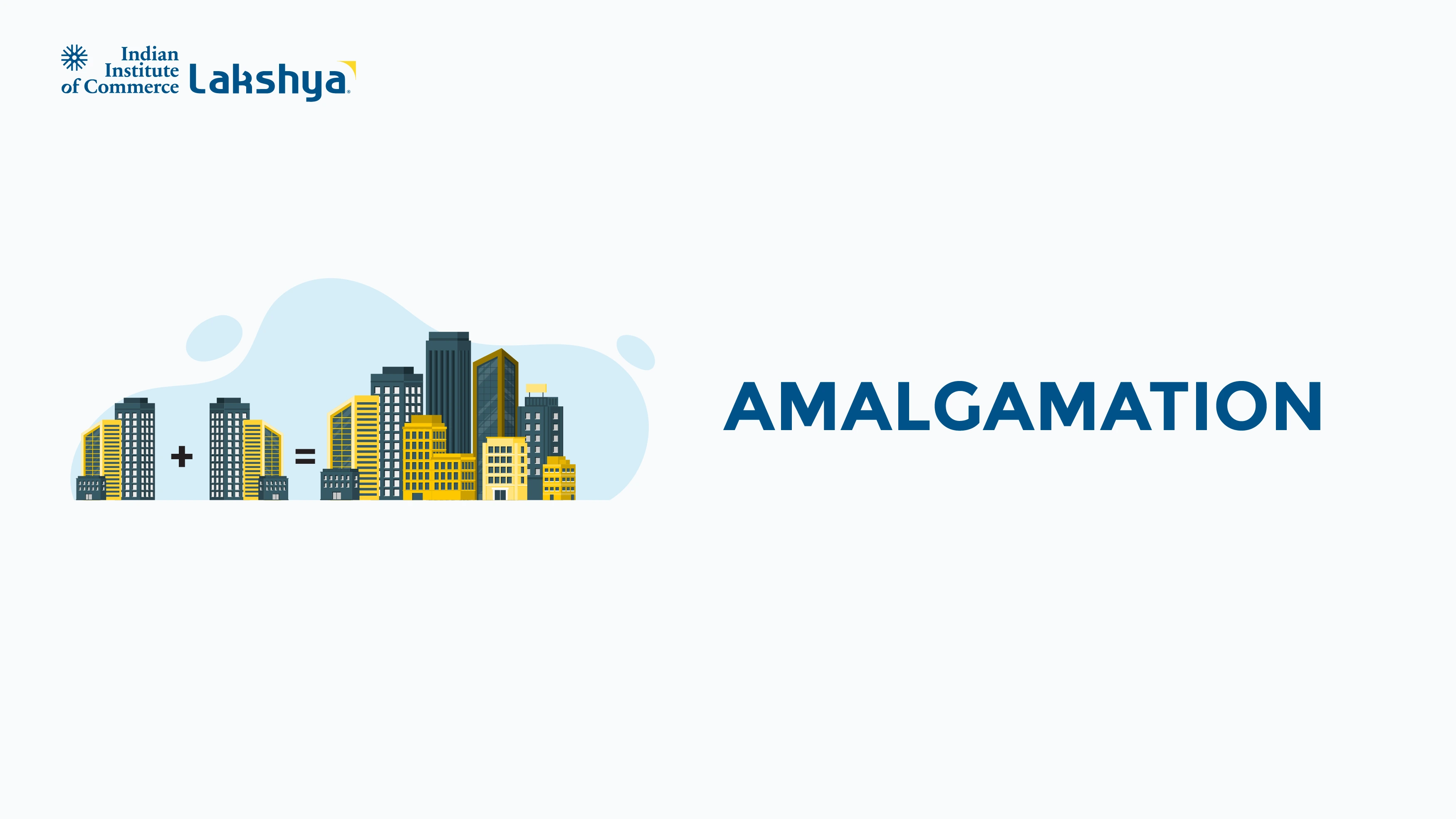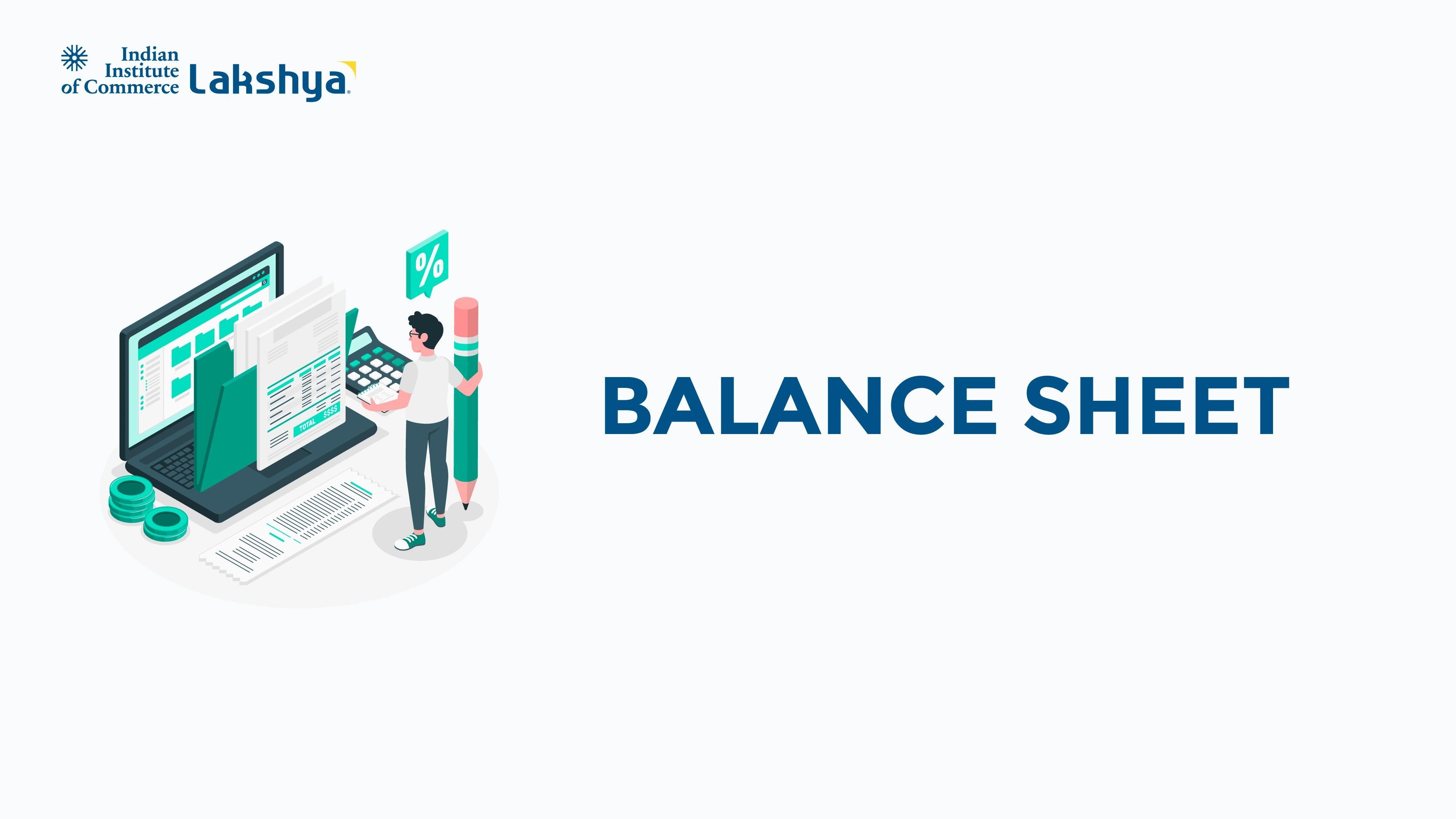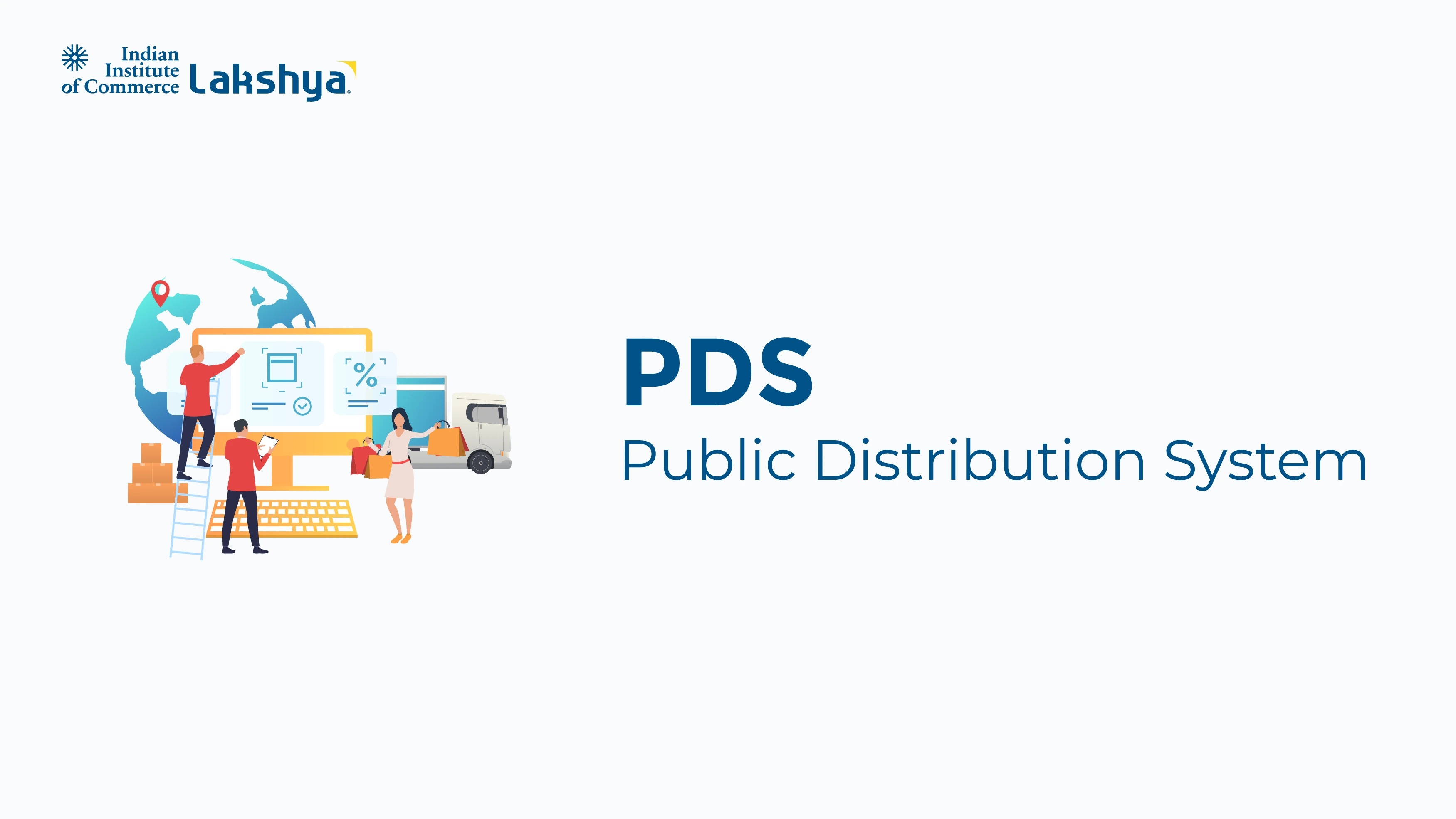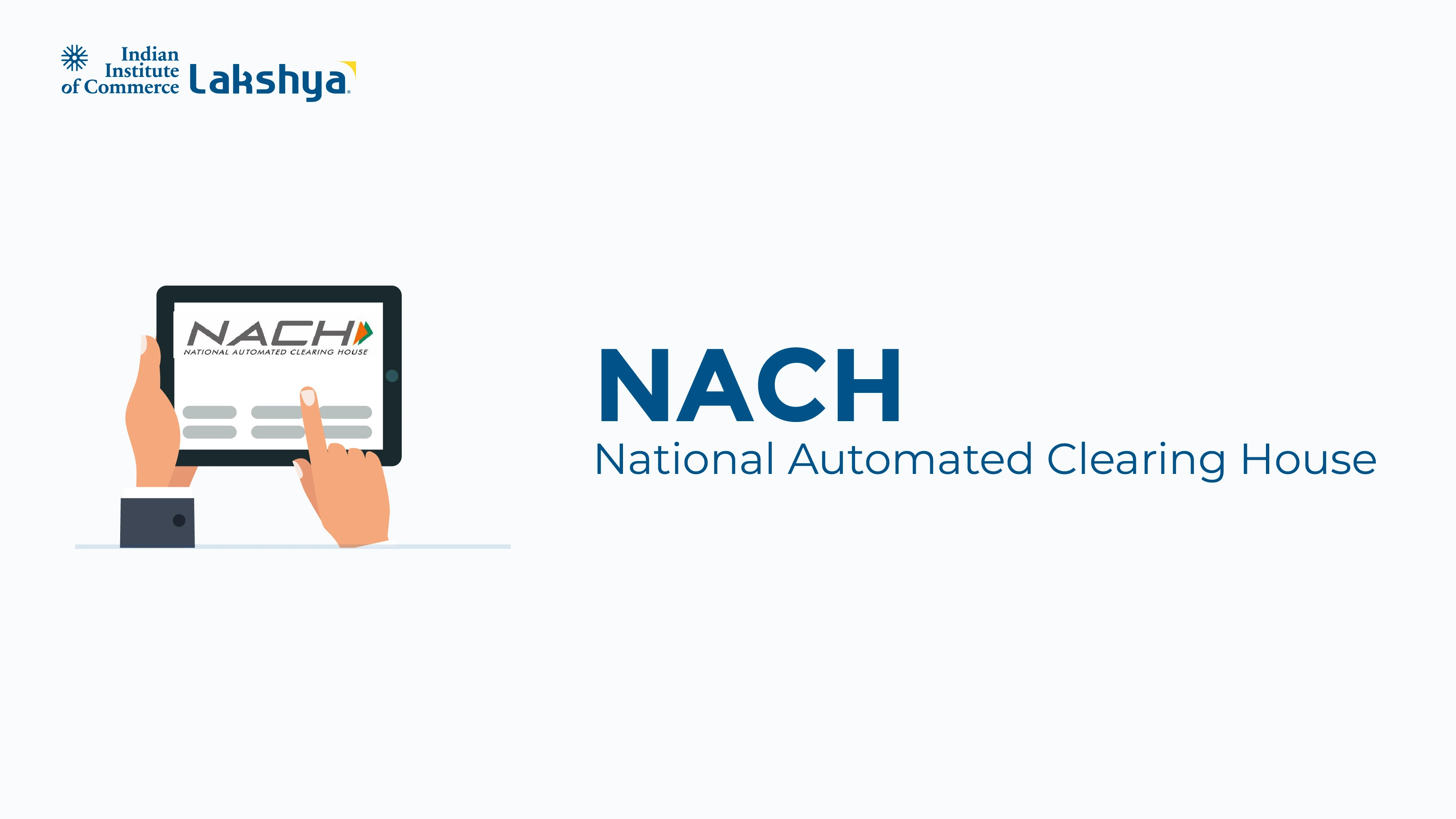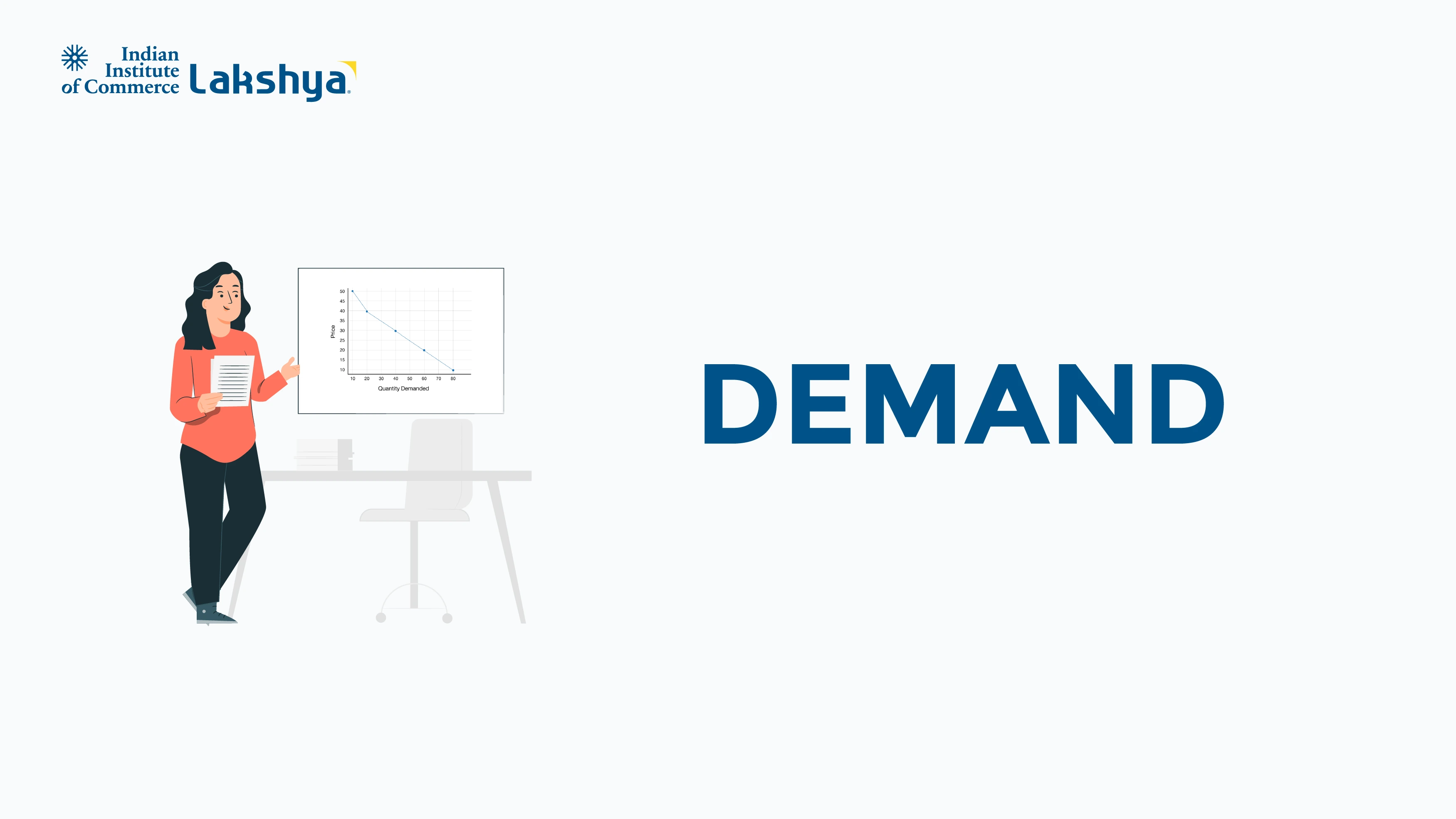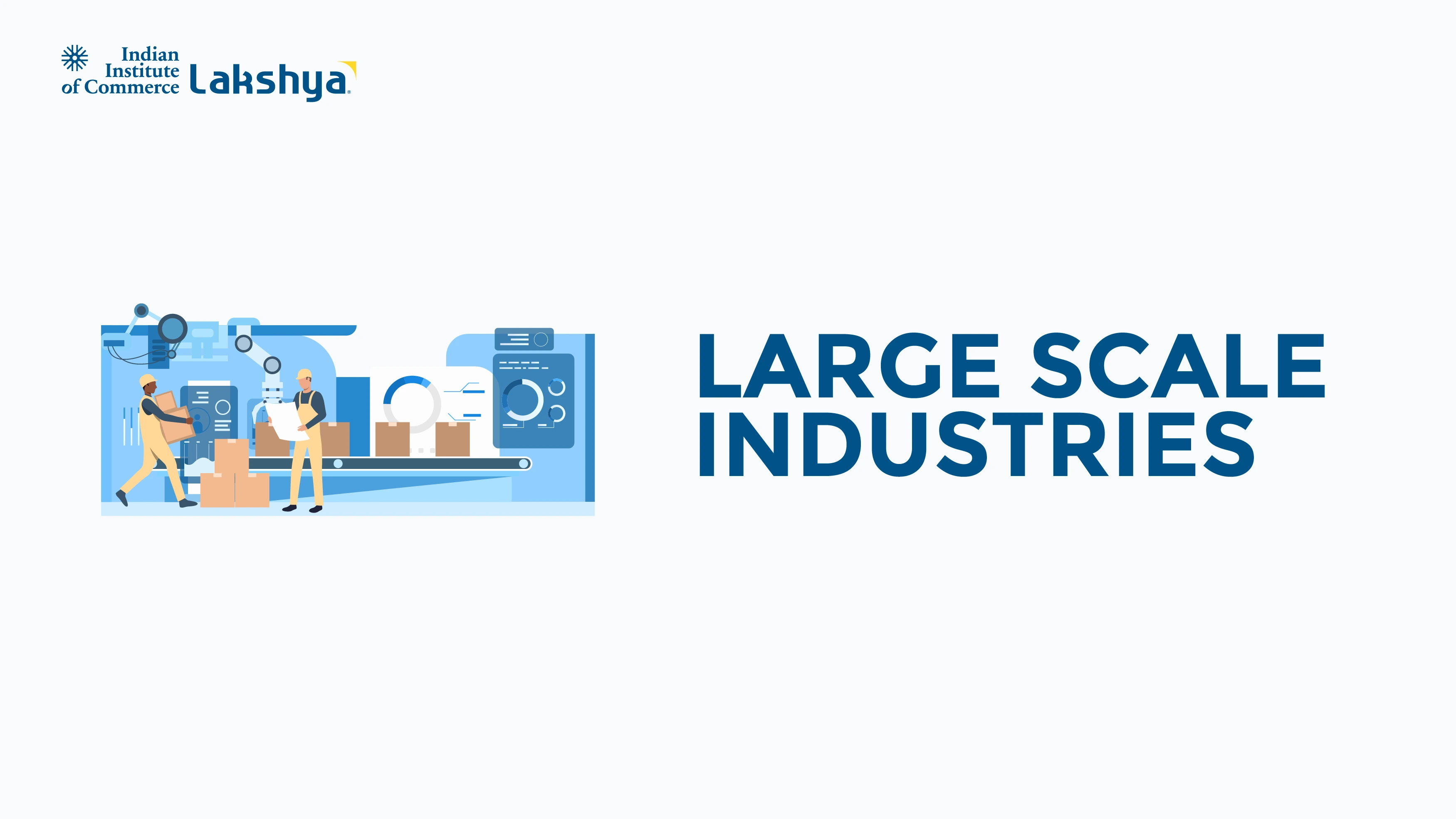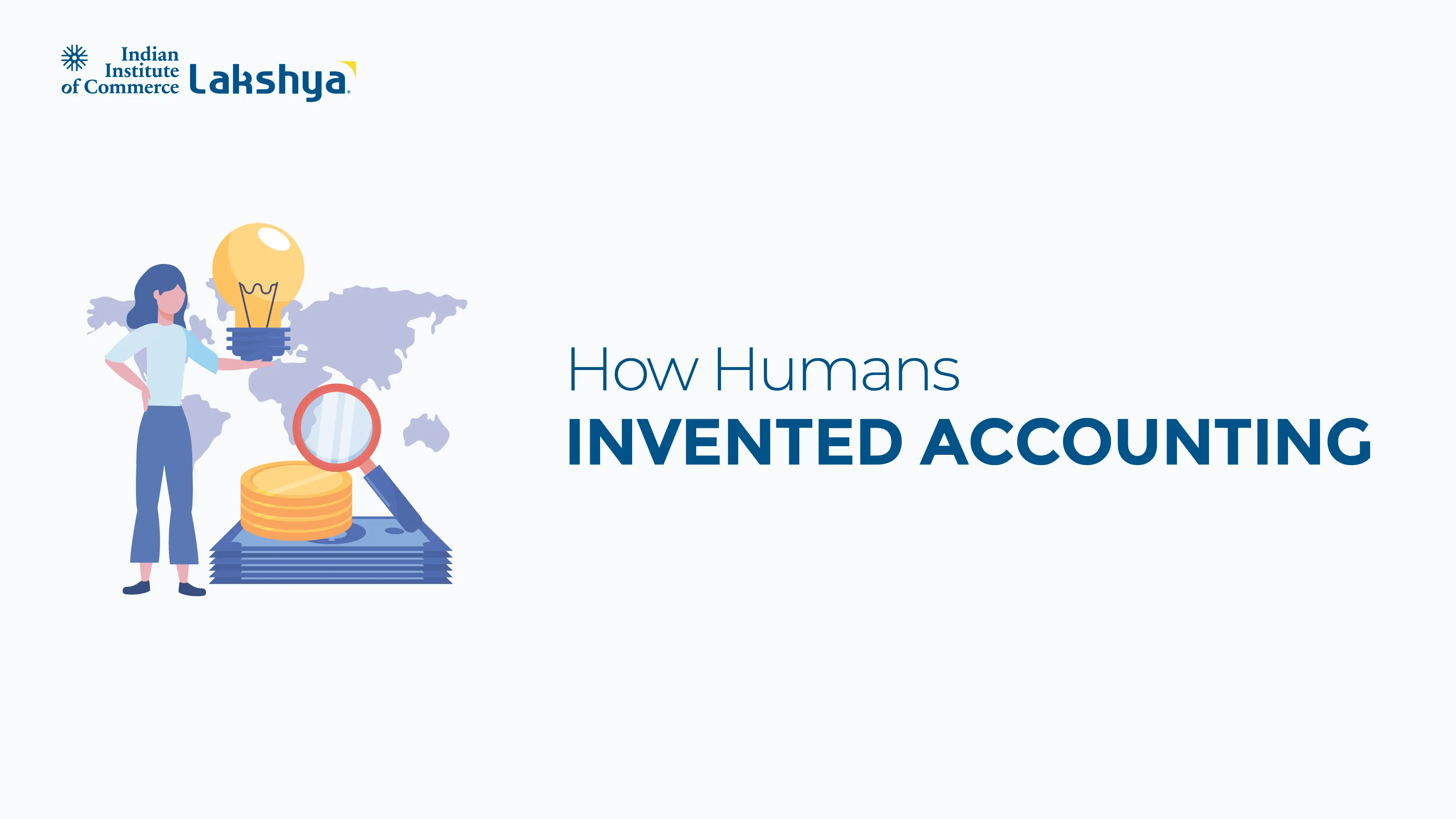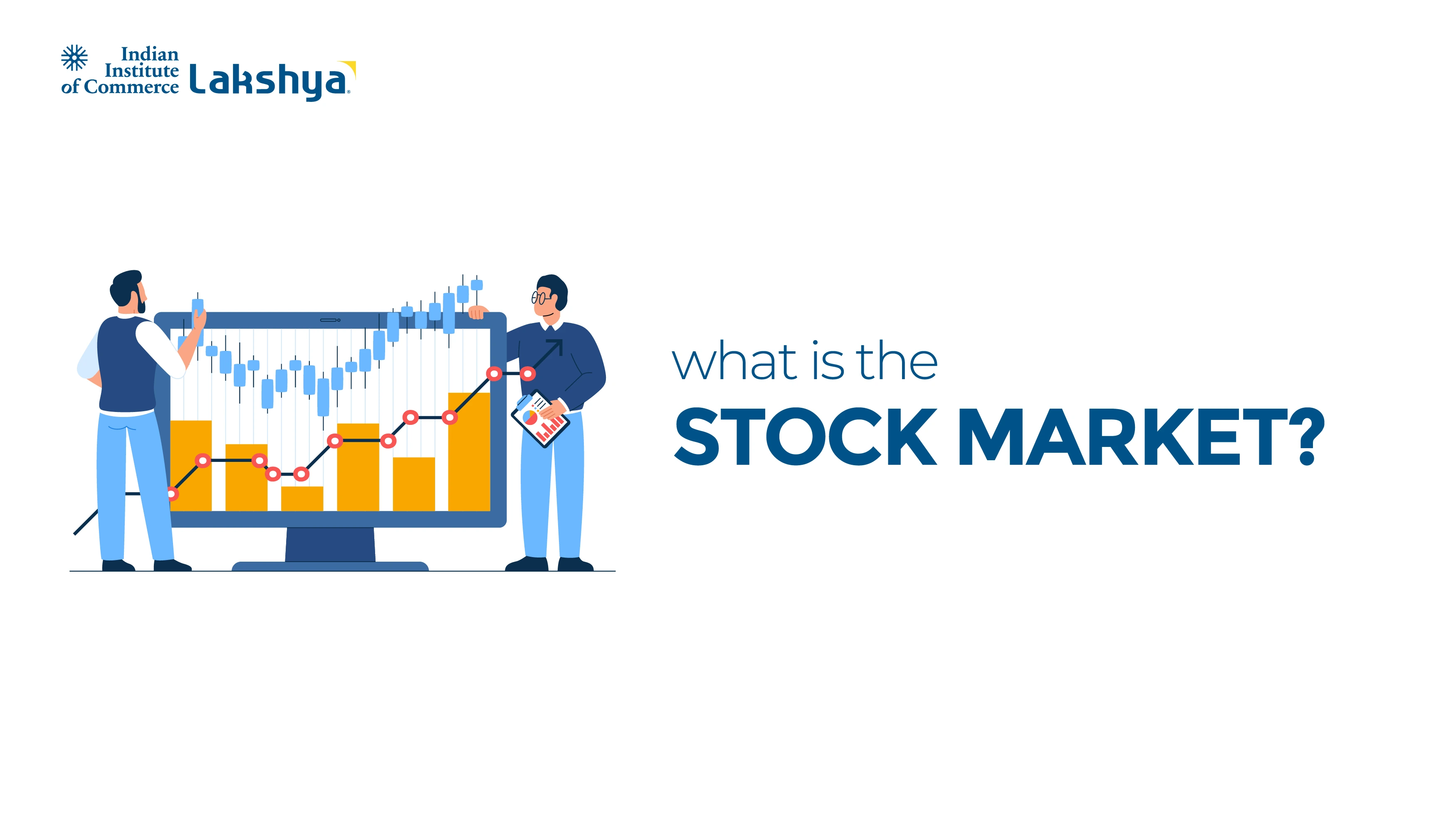Commercial Banks: Understanding the Role
Last Updated On -19 Apr 2025
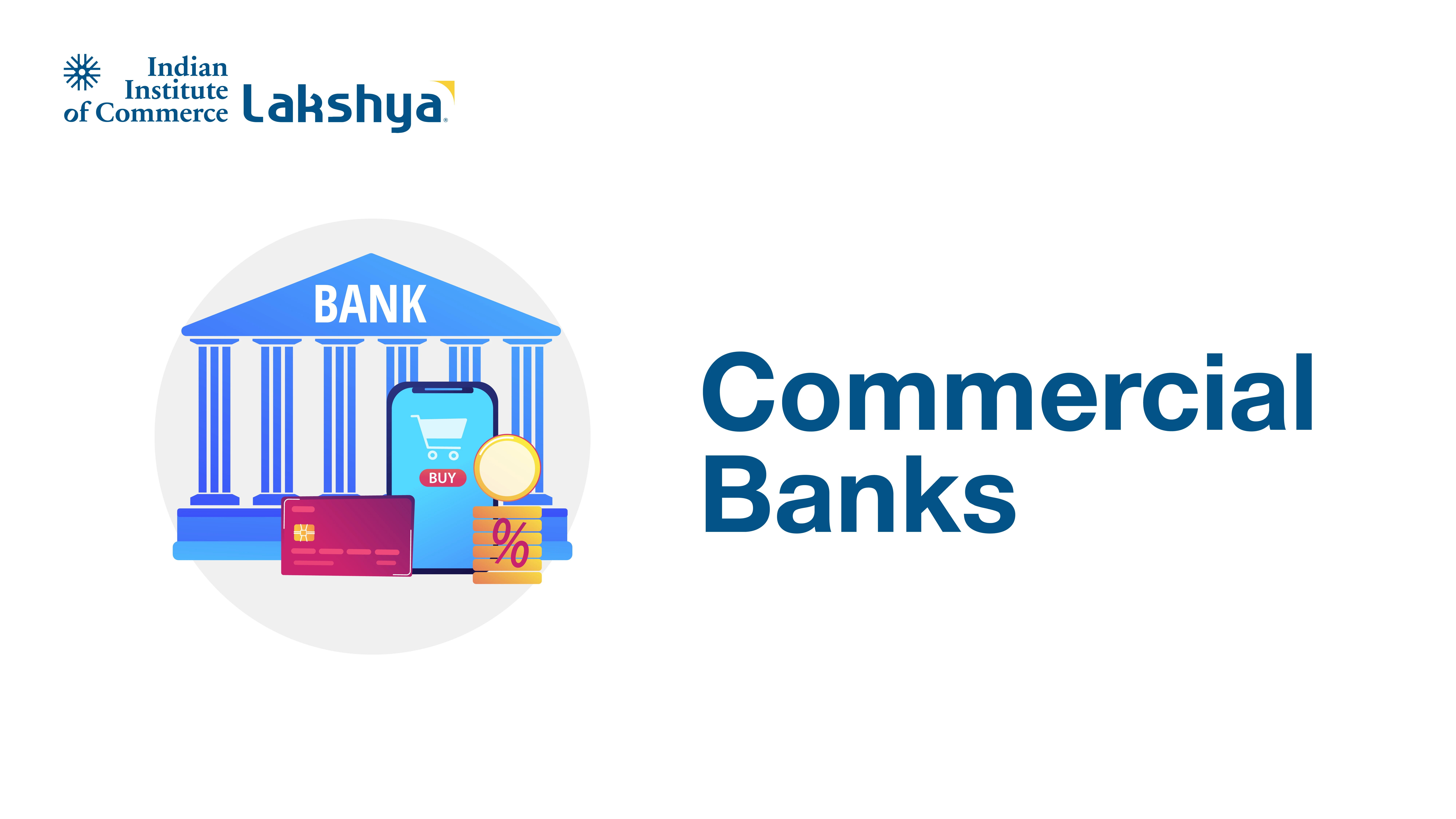
The financial system of a nation is mostly composed of commercial banks. Essential institutions provide the vital function of organizing public savings and turning them into profitable loans for government agencies, companies, and people. With a main objective of making profit, these banks use a variety of financial services including deposit acceptance, credit extension, cheque writing, fund transfers, locker and foreign exchange facilities to help to do this.. Commercial banks impact millions of people's lives from startup finance to family home purchase to daily expense management.
What is a Commercial Bank?
Usually with an eye toward profit, a commercial bank is a financial institution that takes public money in the form of deposits and subsequently uses it to grant loans and make investments. Operating under the policies set out by the national central bank, they offer savings accounts, current accounts, loans, overdrafts, and credit facilities. The function of Commercial banks is to act as credit creators and as stewards of public money. They boost the total money supply in the economy by lending more than the cash they own, therefore fostering expansion and growth on a multiplying basis. For instance, a bank retains a fraction of ₹10,000 as reserve and lends the remainder when you deposit it. This lending turns into someone else's income, and the cycle starts once more producing a credit and consumption ecology.
Key Characteristics of Commercial Banks
A few basic characteristics set commercial banks apart from other financial entities. Above all, they run under a profit-oriented paradigm, making money from the interest differential—that is, the difference between the interest they pay on loans and the interest they pay on deposits. Second, they embrace a range of deposits that meet the demands of several client sectors: fixed deposits, recurring deposits, savings accounts, current accounts.
Key Characteristics of Commercial Banks
- Their capacity to move money from surplus to deficit sectors guarantees best use of financial resources since they serve as financial middlemen.
- With goals to uphold specific liquidity ratios and follow cautious guidelines, which safeguard depositors and guarantee systemic stability.
- They are also very controlled institutions. Moreover, commercial banks have to keep strong solvency and liquidity to guarantee they can satisfy withdrawal needs at any moment.
- Their purposes include providing financial advice, foreign exchange, storage facilities, and traveller cheques.
Types of Commercial Banks
Depending on their ownership, size, and scope of activities, commercial banks can be generally categorized in several ways.
- Public sector banks: These are like Punjab National Bank or the State Bank of India (SBI—where most ownership is vested by the government—are those Many times, these banks support financial inclusion campaigns and social banking projects. Usually leading in innovation and customer service,
- Private sector banks: These are llike HDFC Bank and ICICI Bank—are run by private organizations and shareholders.
- Foreign banks: Such as Citibank or Standard Chartered in India, run within a nation yet are registered outside. Usually concentrating on high-end banking and corporate clients, these banks Finally, established to help farmers, small businesses, and rural entrepreneurs,
- Regional Rural Banks (RRBs): They run in rural areas. Serving different demographics and economic demands, each type is absolutely important in the financial architecture of the nation.
Key Functions of Commercial Banks
Agency and utility services constitute secondary purposes as well. Commercial banks handle tasks ranging from paying bills to managing investments to even serving as trustees or executors as agents. These services help banks to be a one-stop shop for financial needs. Significantly, commercial banks create credit by lending more than they actually have, therefore boosting economic activity and promoting consumption and investment.
Primary functions
The primary functions of a commercial bank are mainly related to deposits and loans:
- Different kinds of deposits are offered to the public based on their needs: Savings, fixed, and current deposits.
- Savings deposit: To save money with interests
- Fixed deposit: To save money for a fixed time with higher interest rates
- Current deposits: For business-related needs and quick transactions
- Provide loans and advances for personal needs
- Allows customers to withdraw more than the account balance present
- Provides short-term credit against security
Secondary functions
The secondary functions help in trade, commerce, and investments:
- Acts on behalf of customers and collects bills, checks, and dividends.
- Manages the investment portfolio for clients
- Issues credits and debit cards for digital transactions
- Acts as a locker for valuables
- Helps in global trade
- Pays taxes and insurance premiums for clients
Modern functions
The modern functions keep up with the technological advancements:
- Facilitates online banking access
- Faster digital payments
- Provides easy digital access to the rural class
- Offers several wealth management plans like mutual funds, stock investments, and retirement plans.
Role of Commercial Banks
Any developing economy depends on commercial banks absolutely. They are mostly responsible for organizing household and personal savings from which they distribute to profitable businesses. This helps to create capital, which is absolutely necessary for economic development.
The key role of Commercial banks are:
- Offering financing to small enterprises and entrepreneurs helps banks stimulate creativity, job creation, and income distribution.
- By providing financial tools like letters of credit and bank guarantees, which lower the risks connected with big transactions, commercial banks also help to ensure the seamless operation of trade and industry.
- Furthermore, vital tools for carrying out the central bank's monetary policy are commercial banks.
- In response to central bank instructions, they change their interest rates, loan supply, and reserve ratios, thereby helping to control liquidity, lower inflation, and stabilize the currency.
- By providing banking services to the unbanked population, commercial banks assist government programs aiming at financial inclusion in rural and impoverished areas.
- They also enable the execution of social welfare programs including agricultural loans and direct benefit disbursements.
What is the difference between Central and Commercial Banks?
Although they both work in the financial sector, central banks and commercial banks have somewhat different goals and operations. In a nation, the function of a central bank is of the highest monetary authority; it controls inflation, manages money supply, and serves as a last resort lender to commercial banks. Conversely, commercial banks provide daily banking services to the public directly, therefore interacting with them. While commercial banks help to circulate money but cannot create it, the central bank exclusively has the right to issue coins. Moreover, although commercial banks run under its regulatory framework, the central bank controls foreign exchange reserves and interest rates.
The key difference between Central and Commercial banks are:
|
Commercial Banks |
Central Banks |
|
Profit-oriented |
Works for public welfare |
|
General public are the customers |
Caters to government and commercial banks |
|
No currency issuance |
There is currency issuance |
|
Lender of last resort |
Not the lender of last resort |
|
HDFC, ICICI, SBI |
Reserve bank of India |
What is the importance of Commercial Banks?
Commercial banks are not just financial institutions—they are engines of economic progress. Furthermore, they often work in synergy with the functions of commercial banks outlined in government and economic planning documents, helping to fulfill both public and private sector goals.
Here’s listed the key importance of commercial banks
- They help in mobilizing idle savings, facilitating investment, and reducing regional disparities by financing development in underdeveloped areas.
- They provide the financial infrastructure needed for industrial and service sector expansion.
- Through innovative banking solutions, digital banking, and financial literacy programs, commercial banks also work towards improving financial awareness among the public.
- Their contribution to government revenue through taxes and statutory requirements is substantial, and their role in executing welfare schemes makes them an integral part of public administration.
See Also
Expand your horizons in commerce! Check out our Latest Commerce Concepts for valuable insights!
Frequently Asked Questions (FAQs)
State the main difference between a commercial and central bank.
In a nation, the central bank is the highest monetary authority; it controls inflation, manages money supply, and serves as a last resort lender to commercial banks. Conversely, commercial banks provide daily banking services to the public directly, therefore interacting with them. While commercial banks help to circulate money but cannot create it, the central bank exclusively has the right to issue coins.
How does a commercial bank contribute to the economy of a nation?
A developing economy depends on commercial banks absolutely. They are mostly responsible for organizing household and personal savings from which they distribute to profitable businesses. This helps to create capital, which is absolutely necessary for economic development.
Is a commercial bank safe for depositing money in?
Yes, a commercial bank operates under strict regulations and safeguards which are implemented by the central bank. In most of the countries, there is deposit insurance option for the protection of depositors’ money to a certain limit.





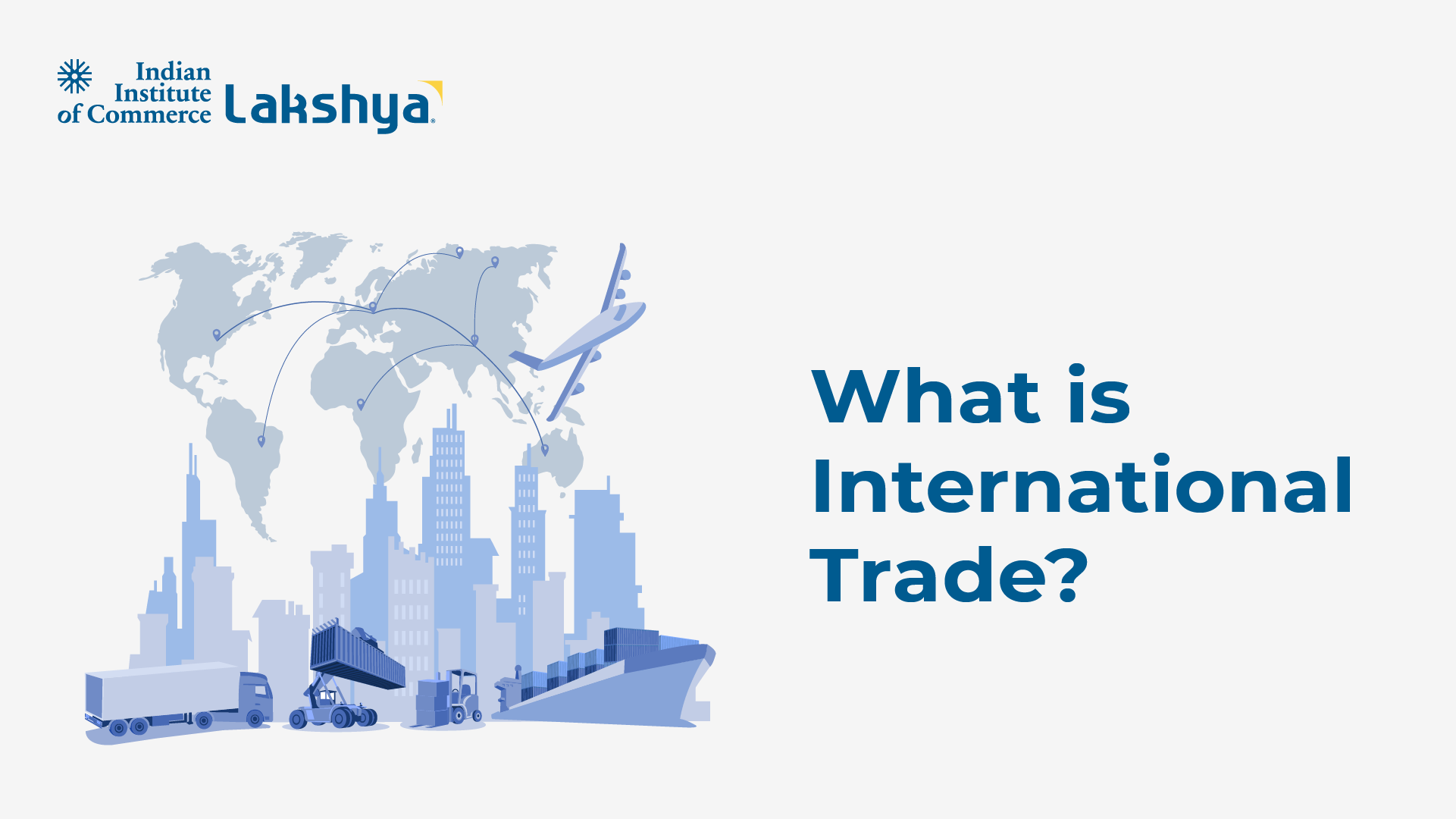
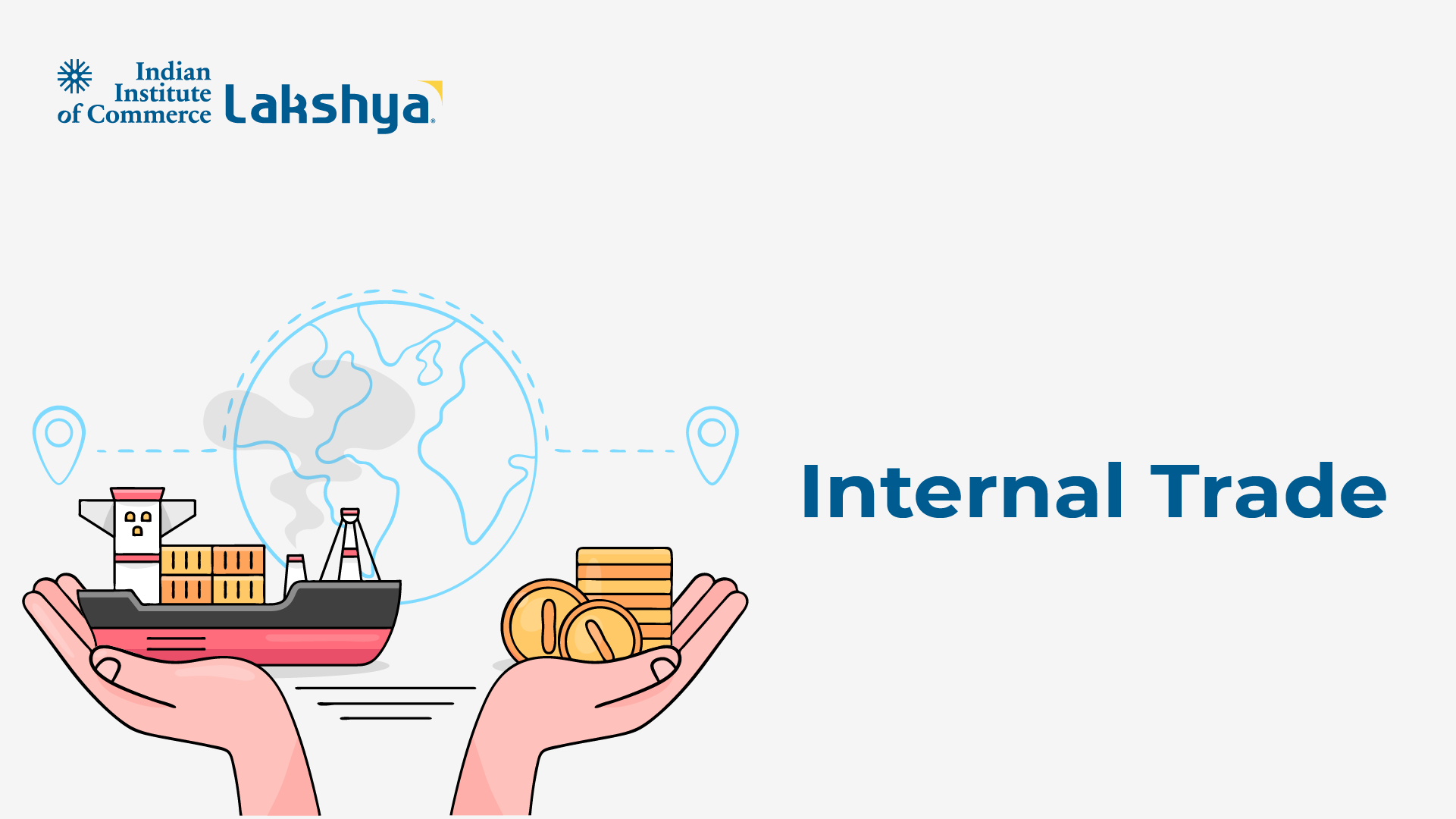

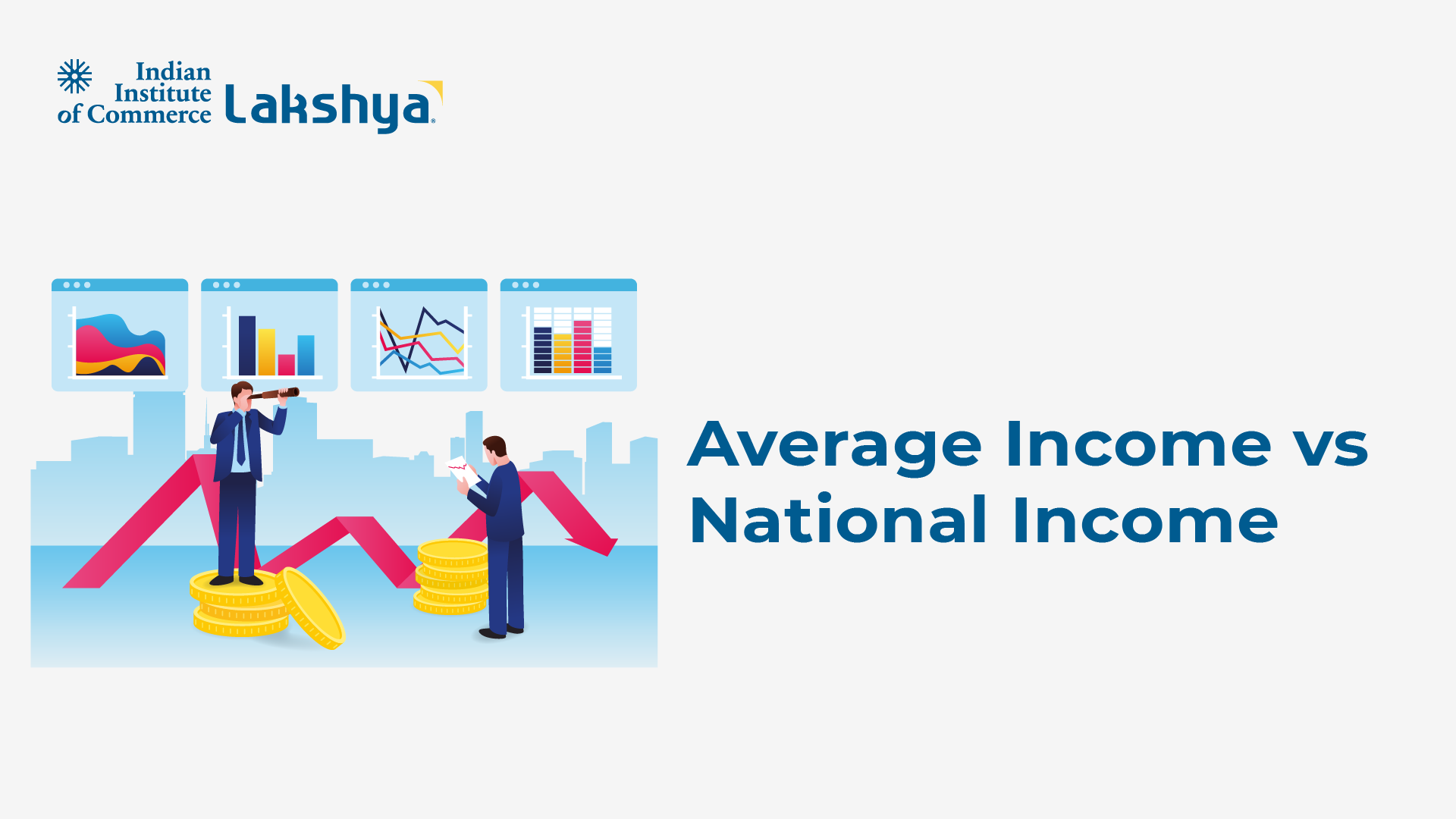


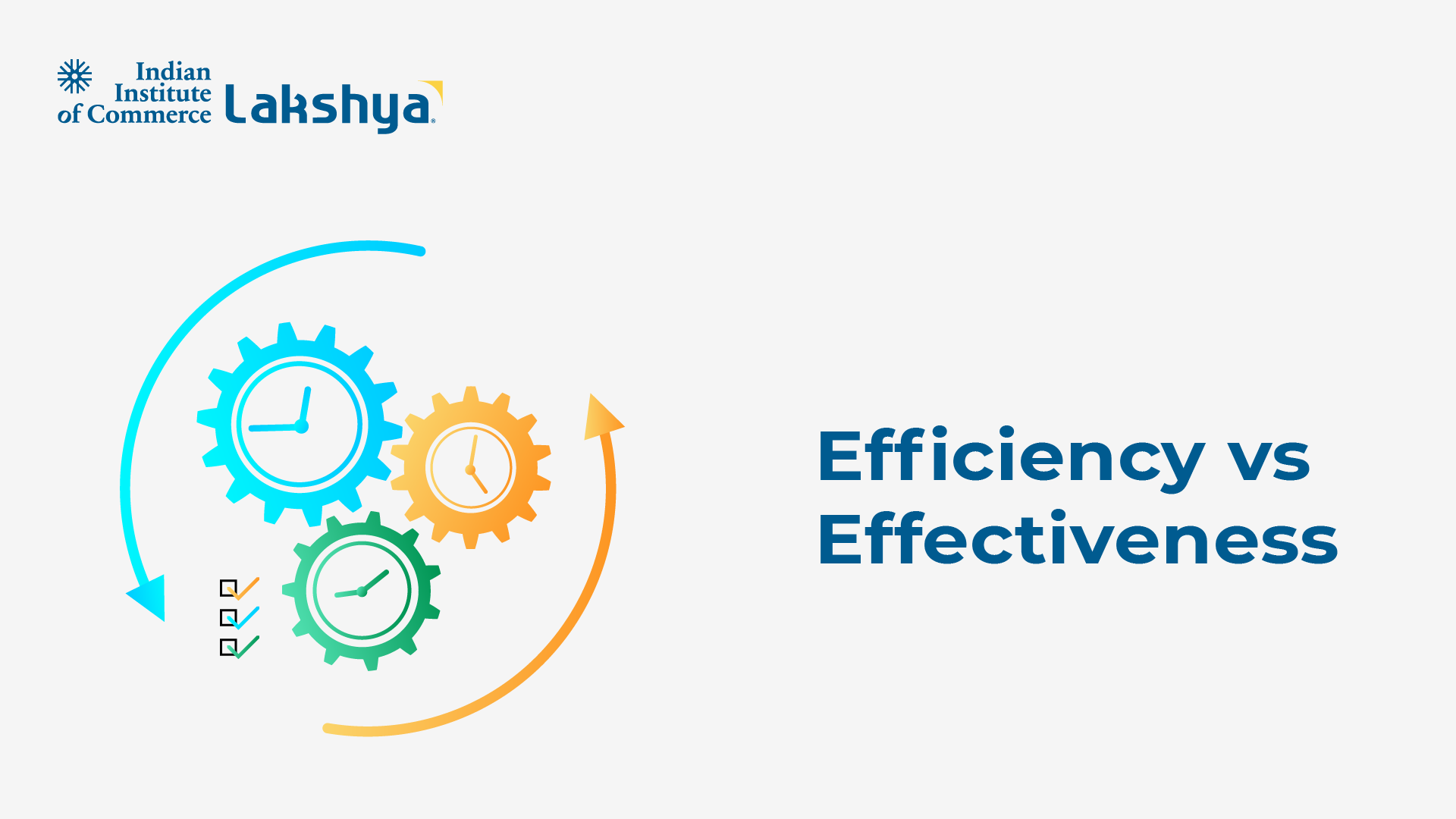

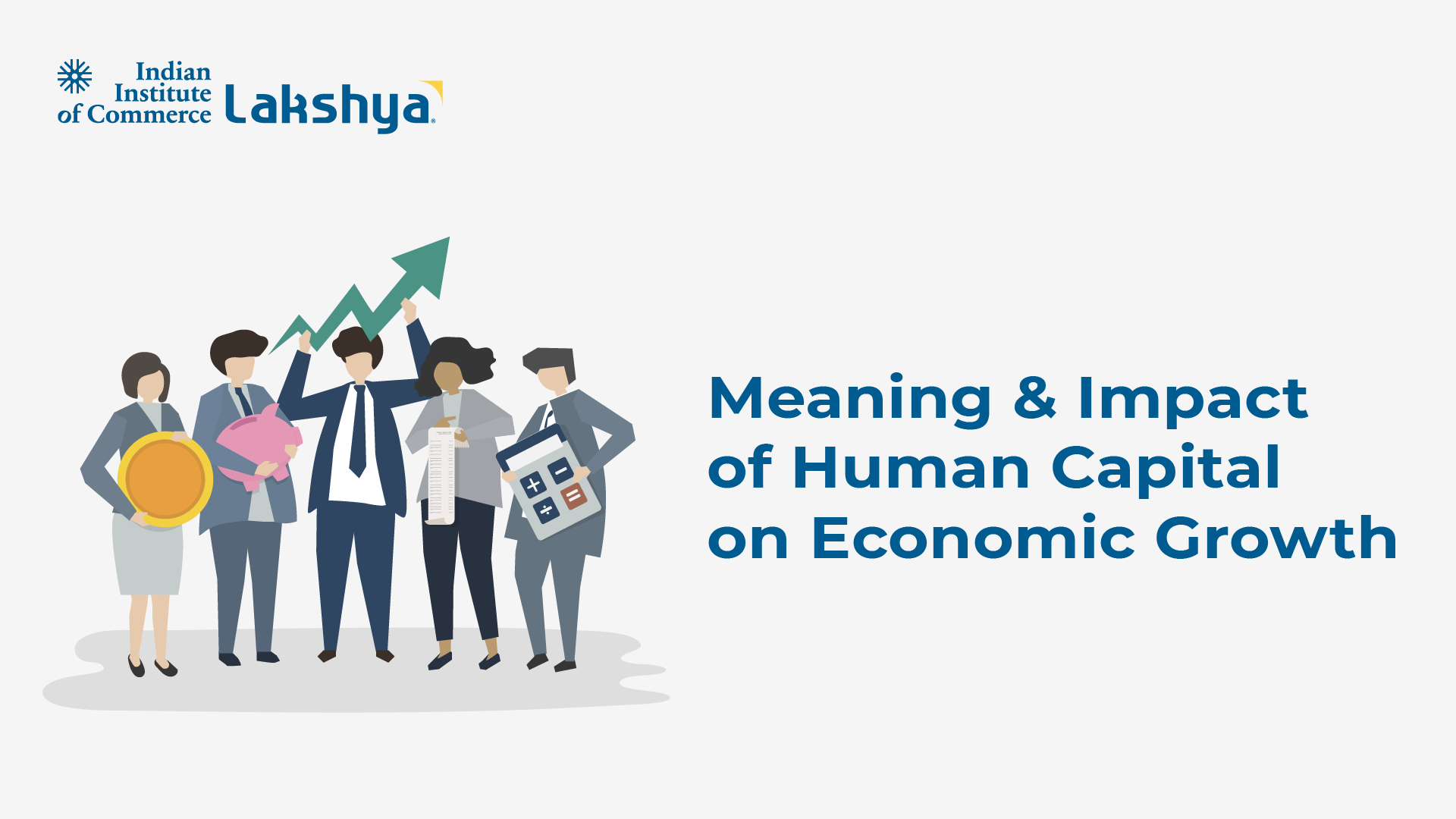



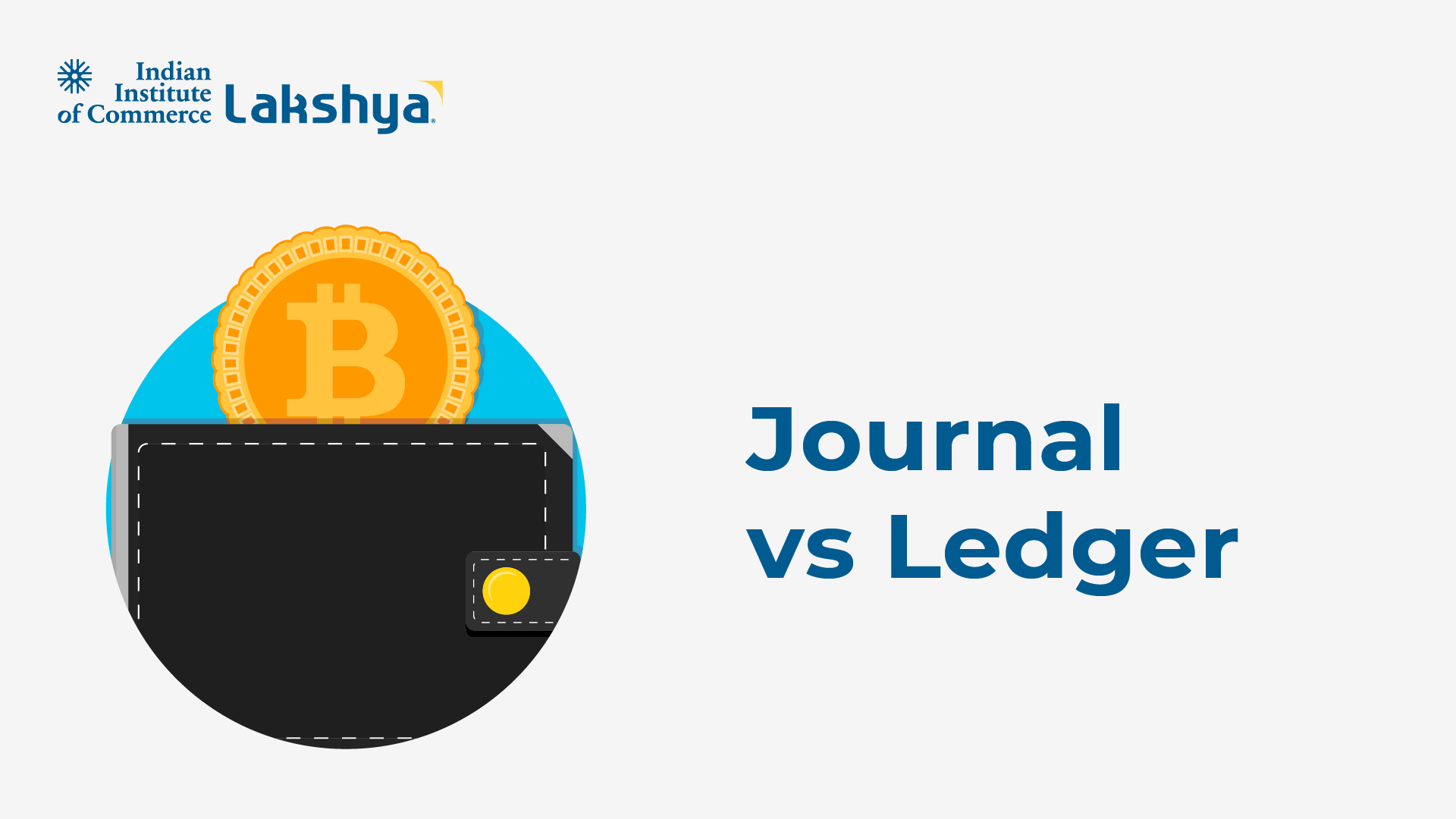







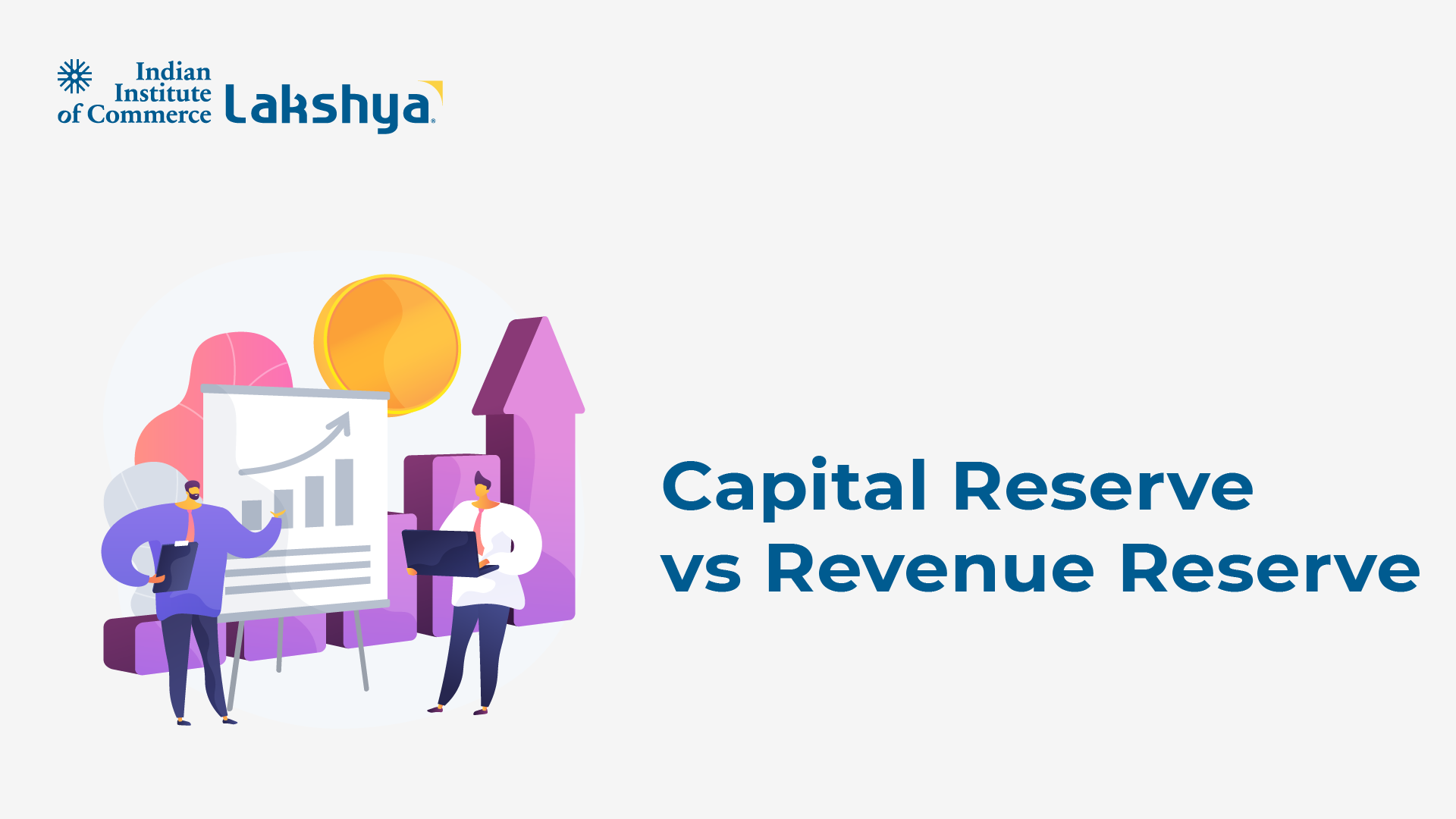
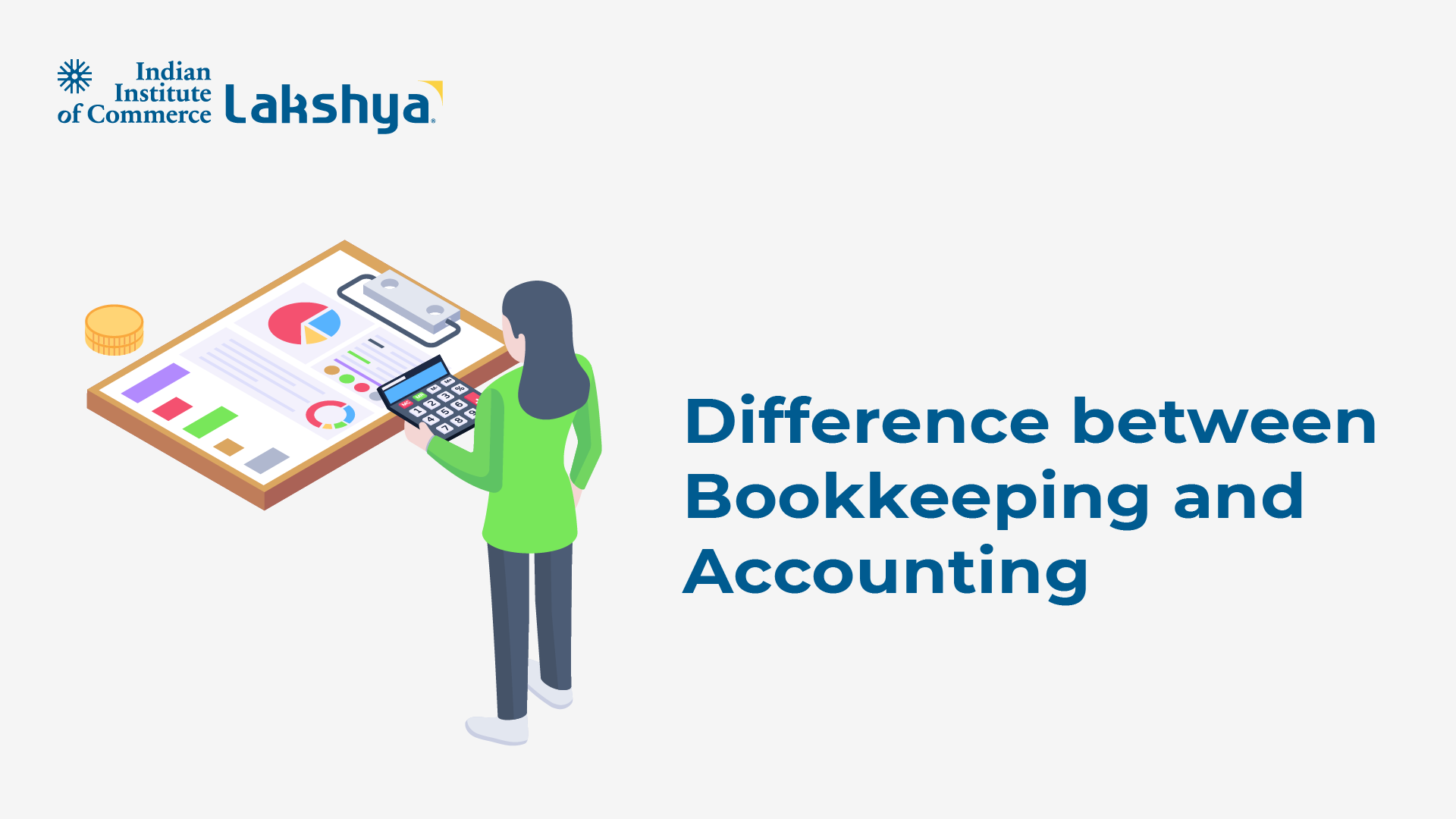

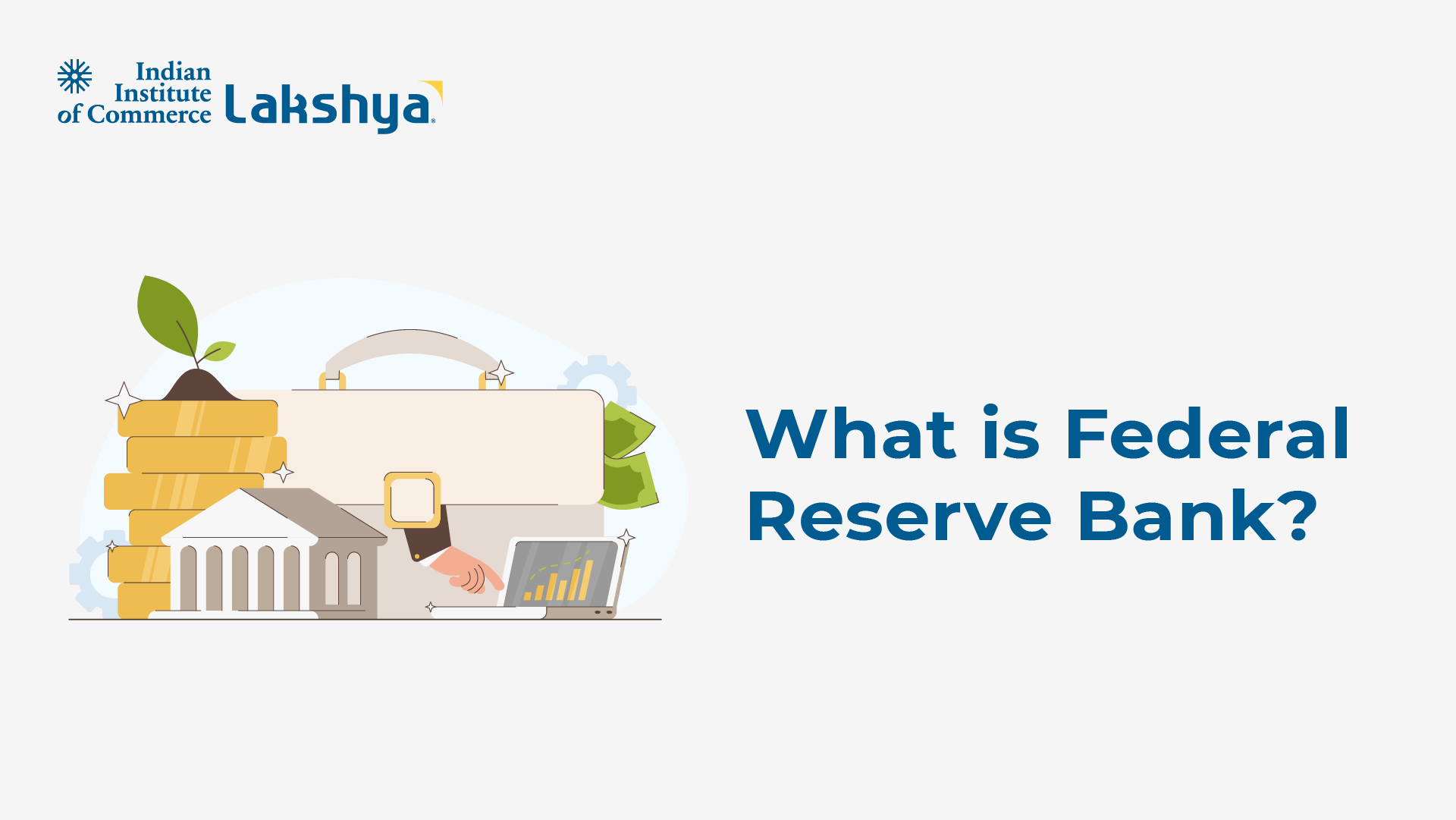





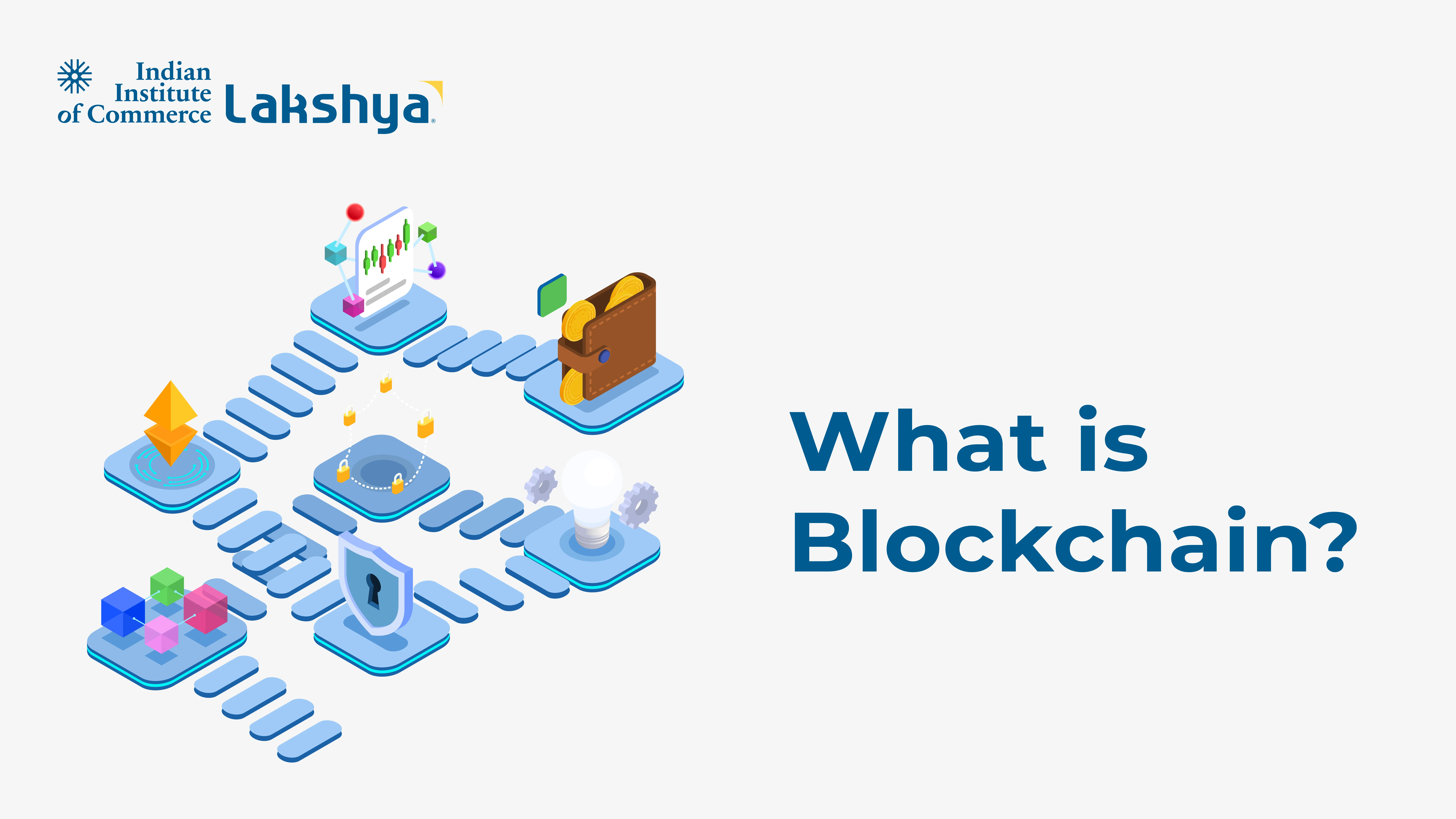
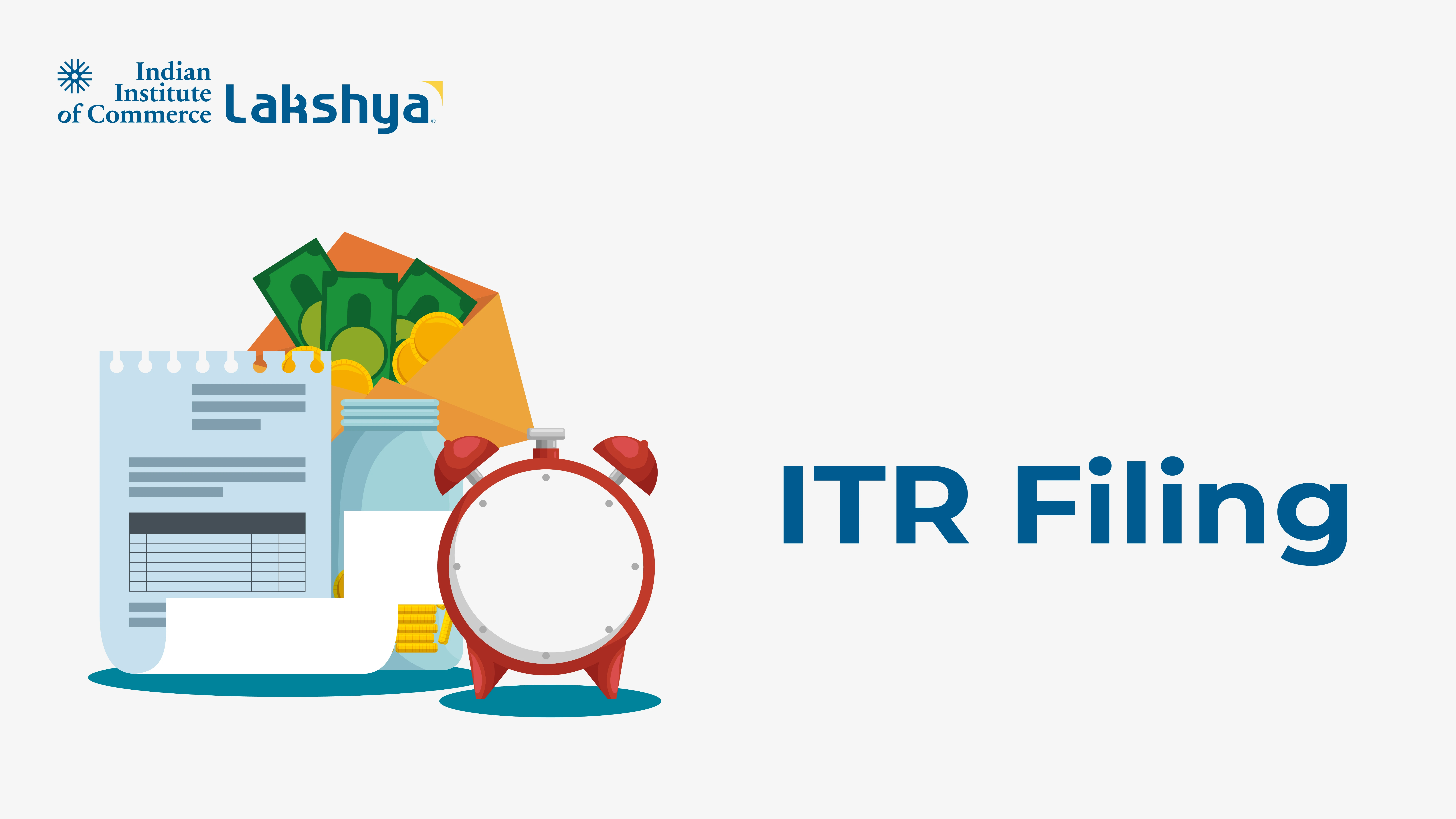

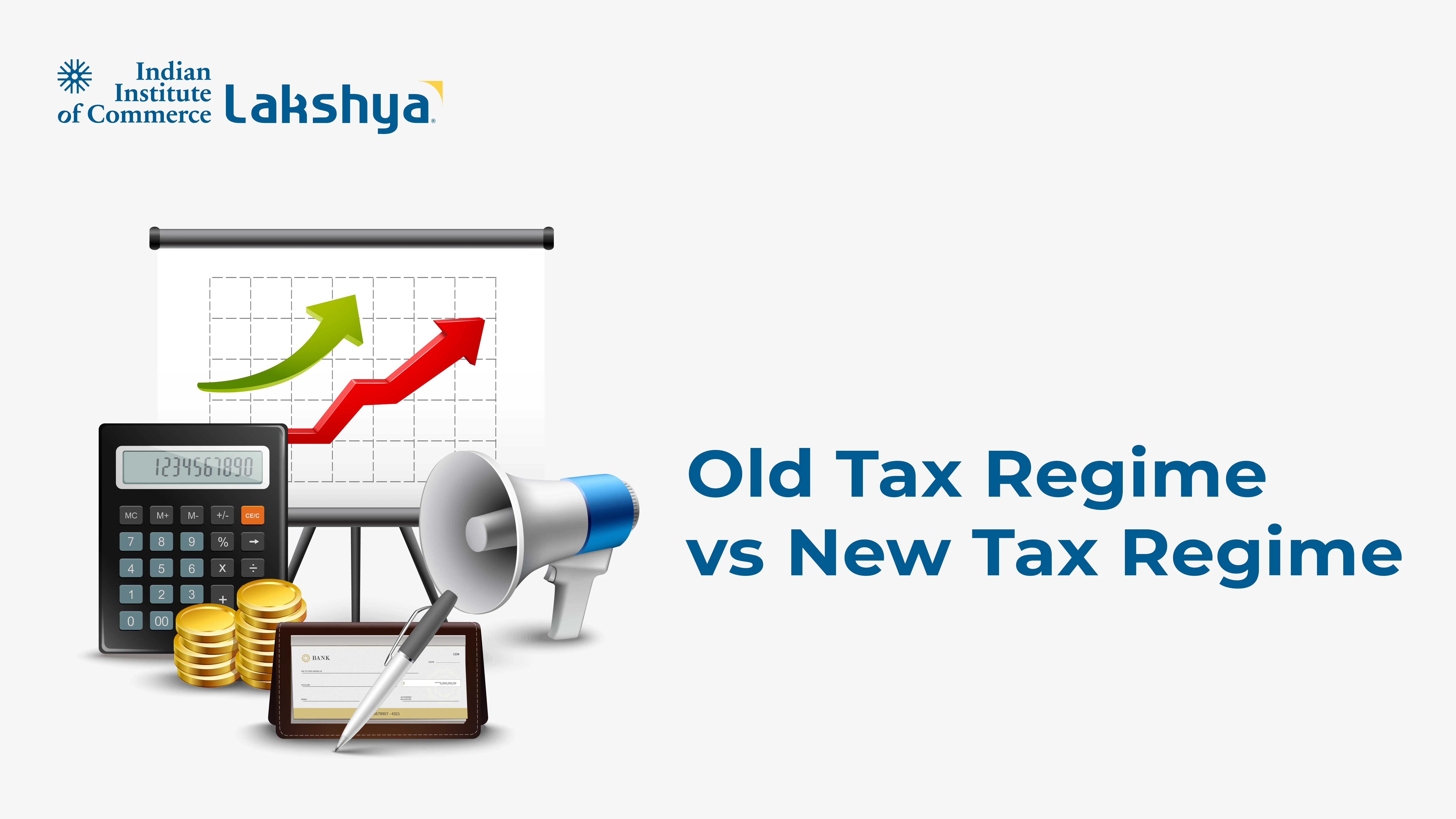

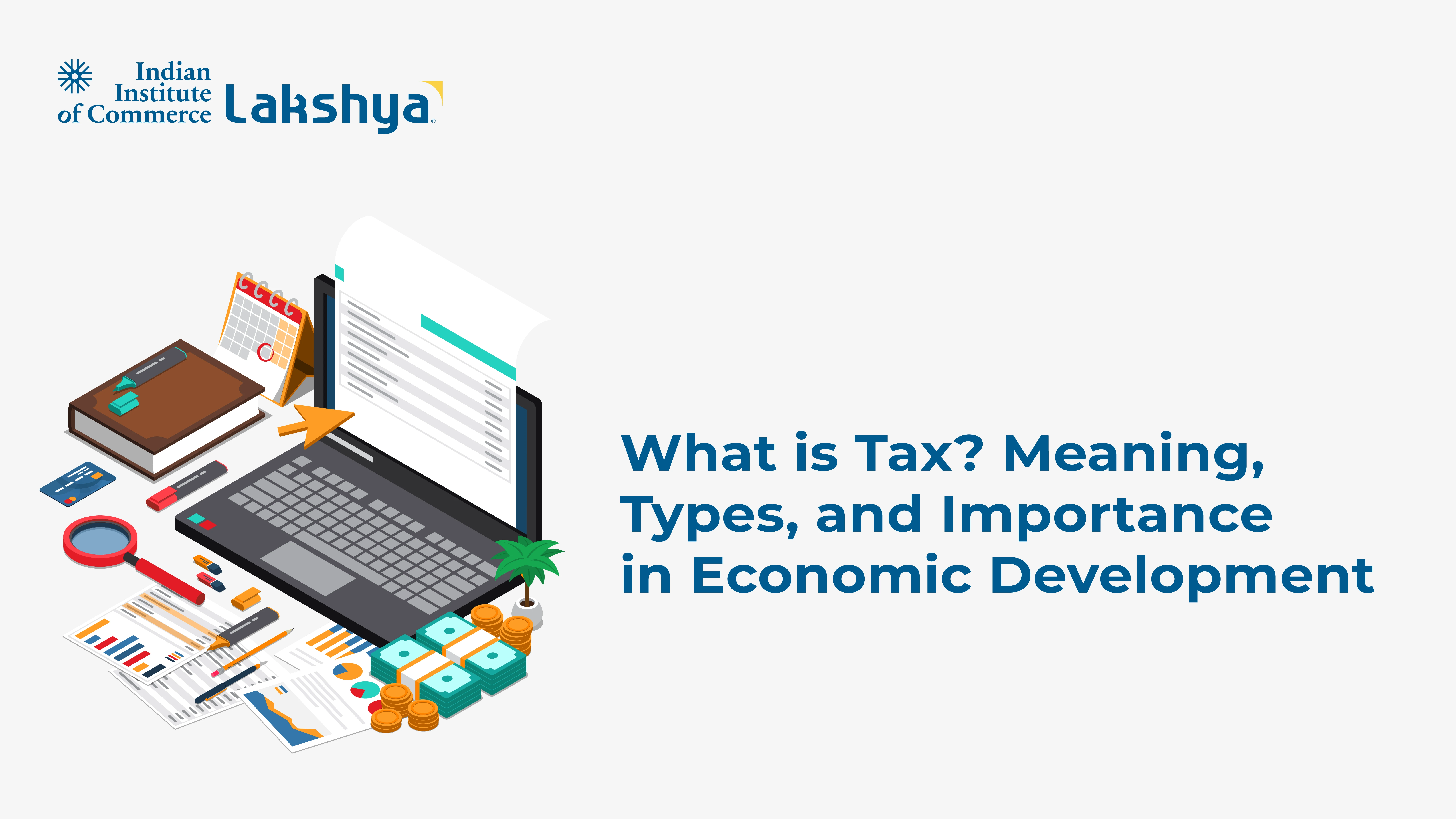
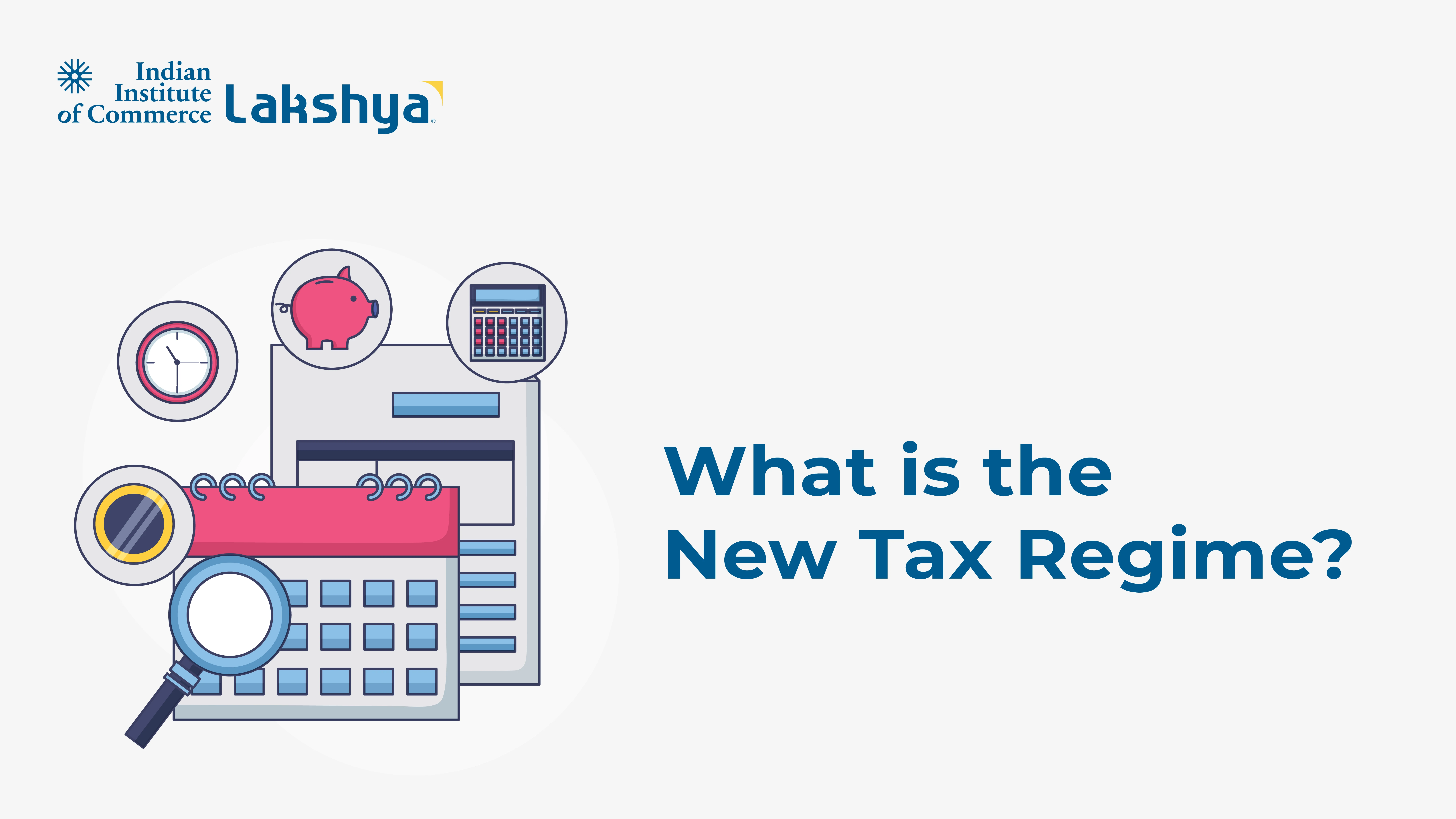
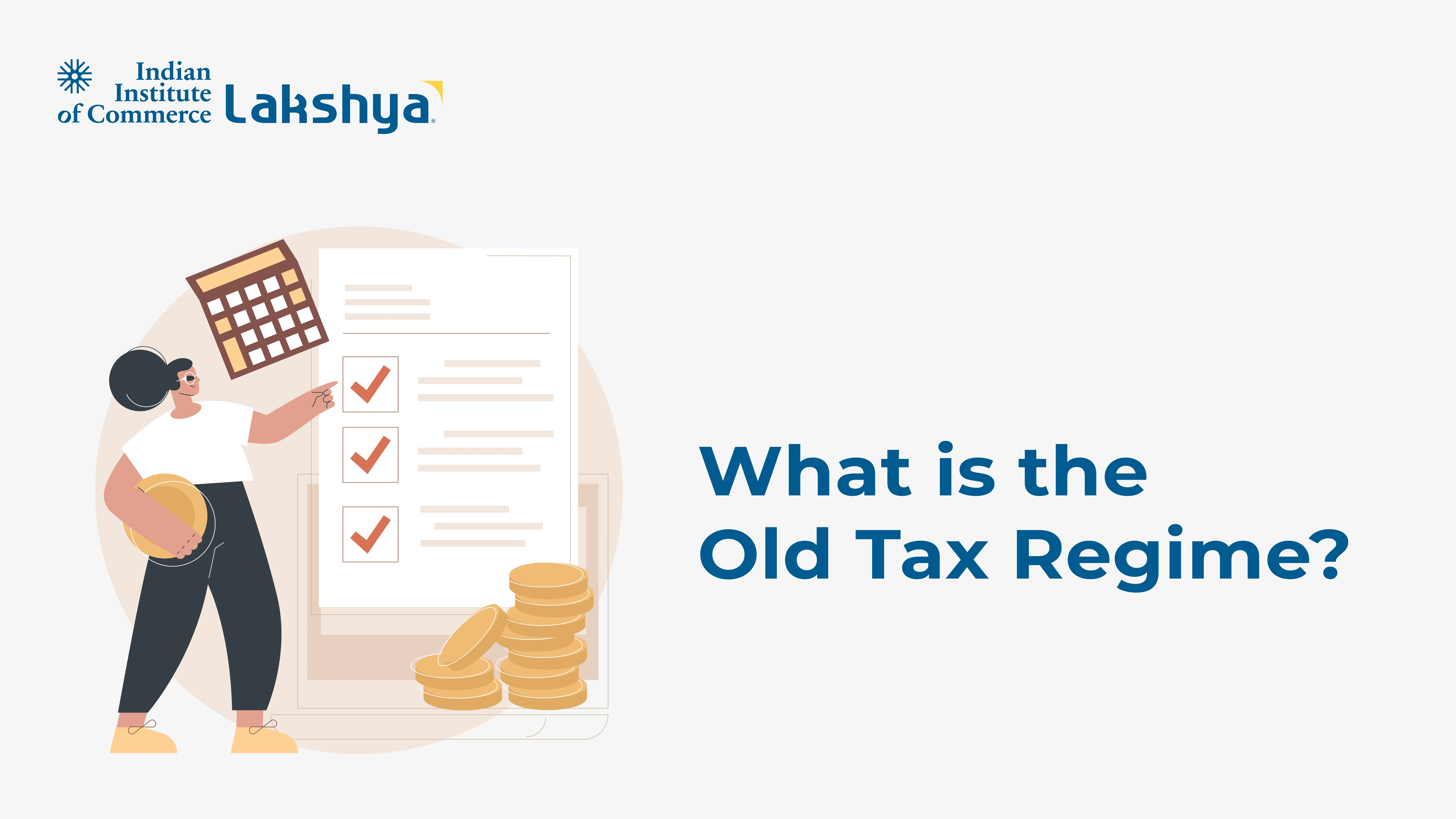
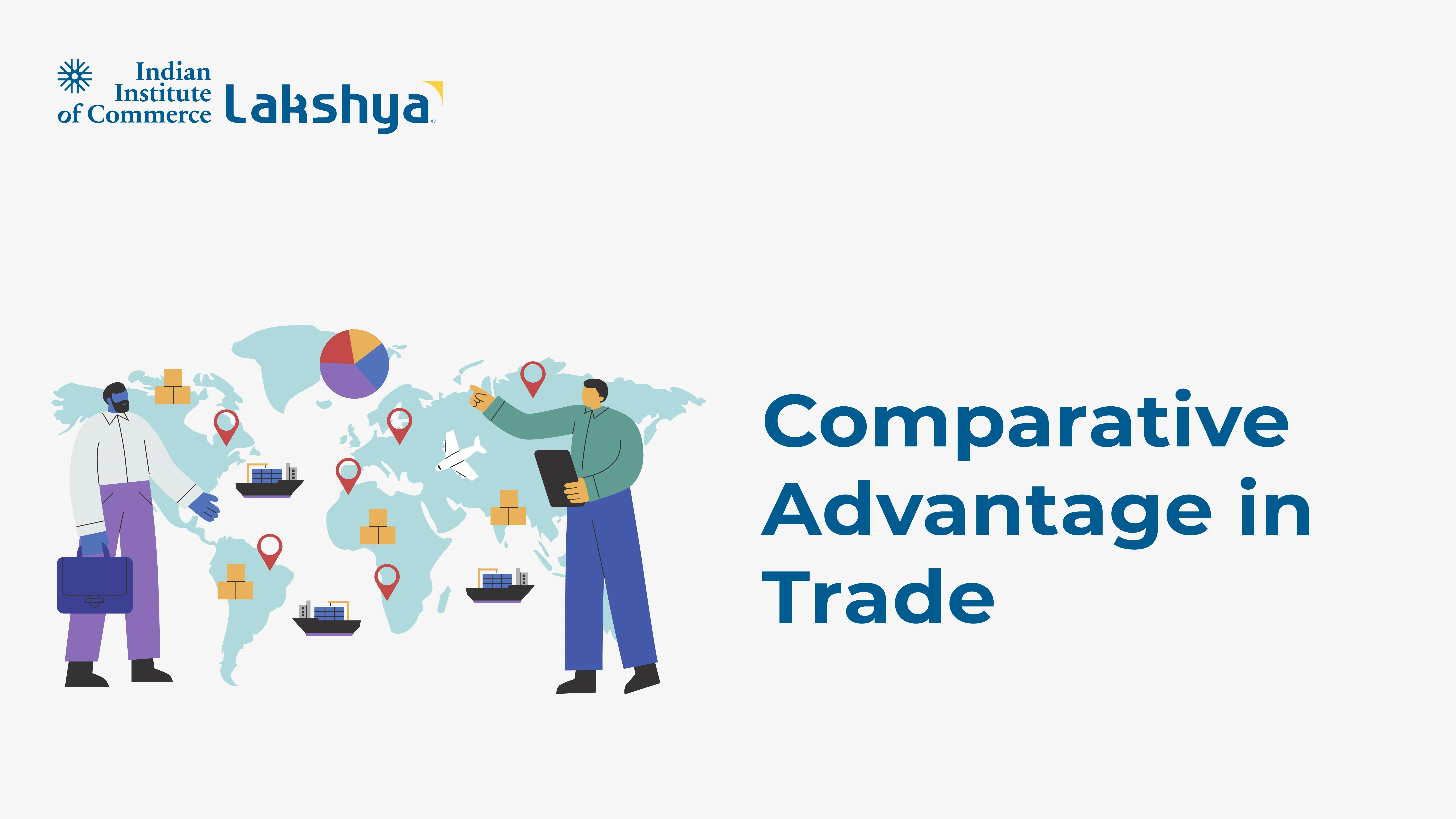
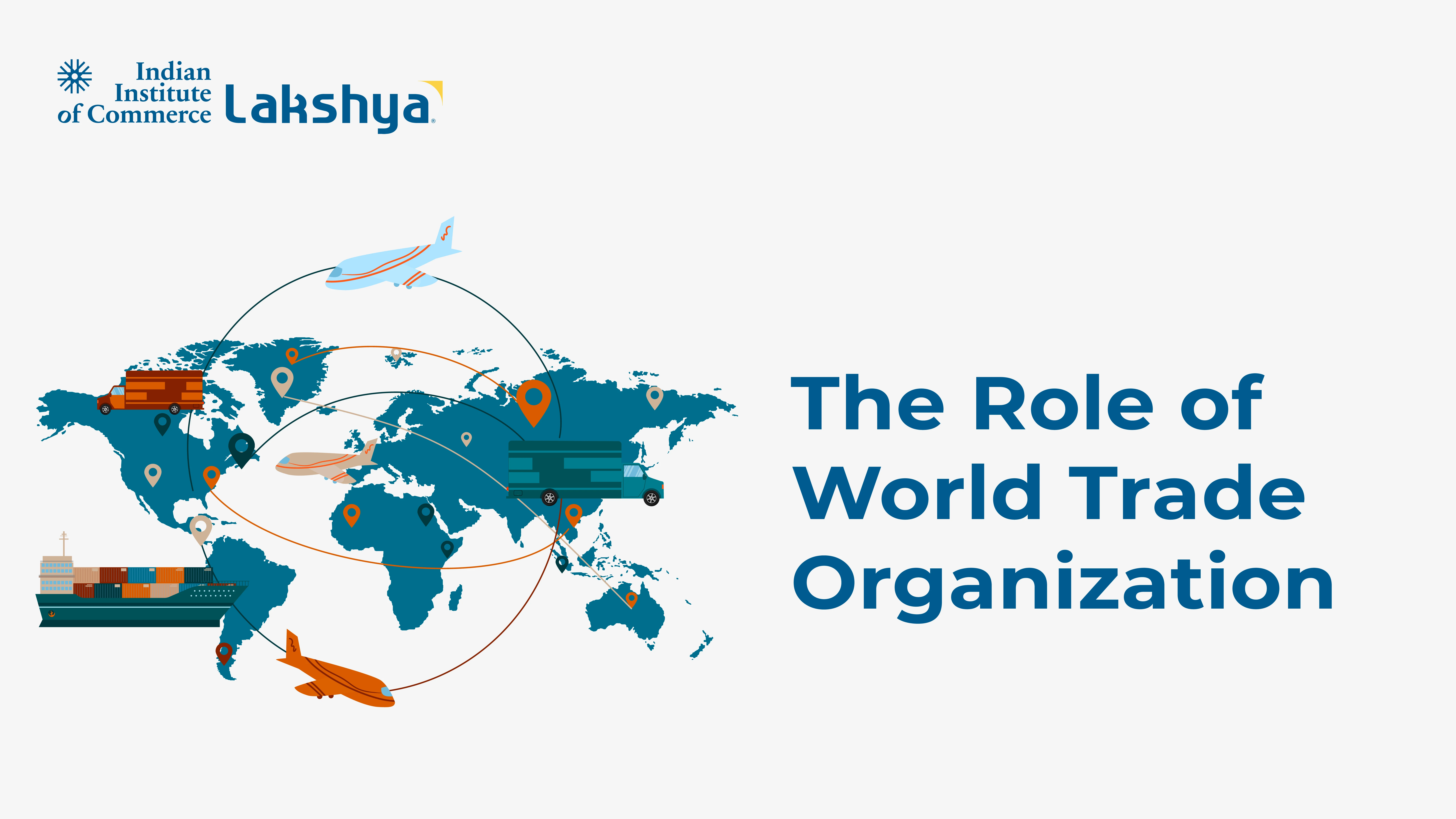





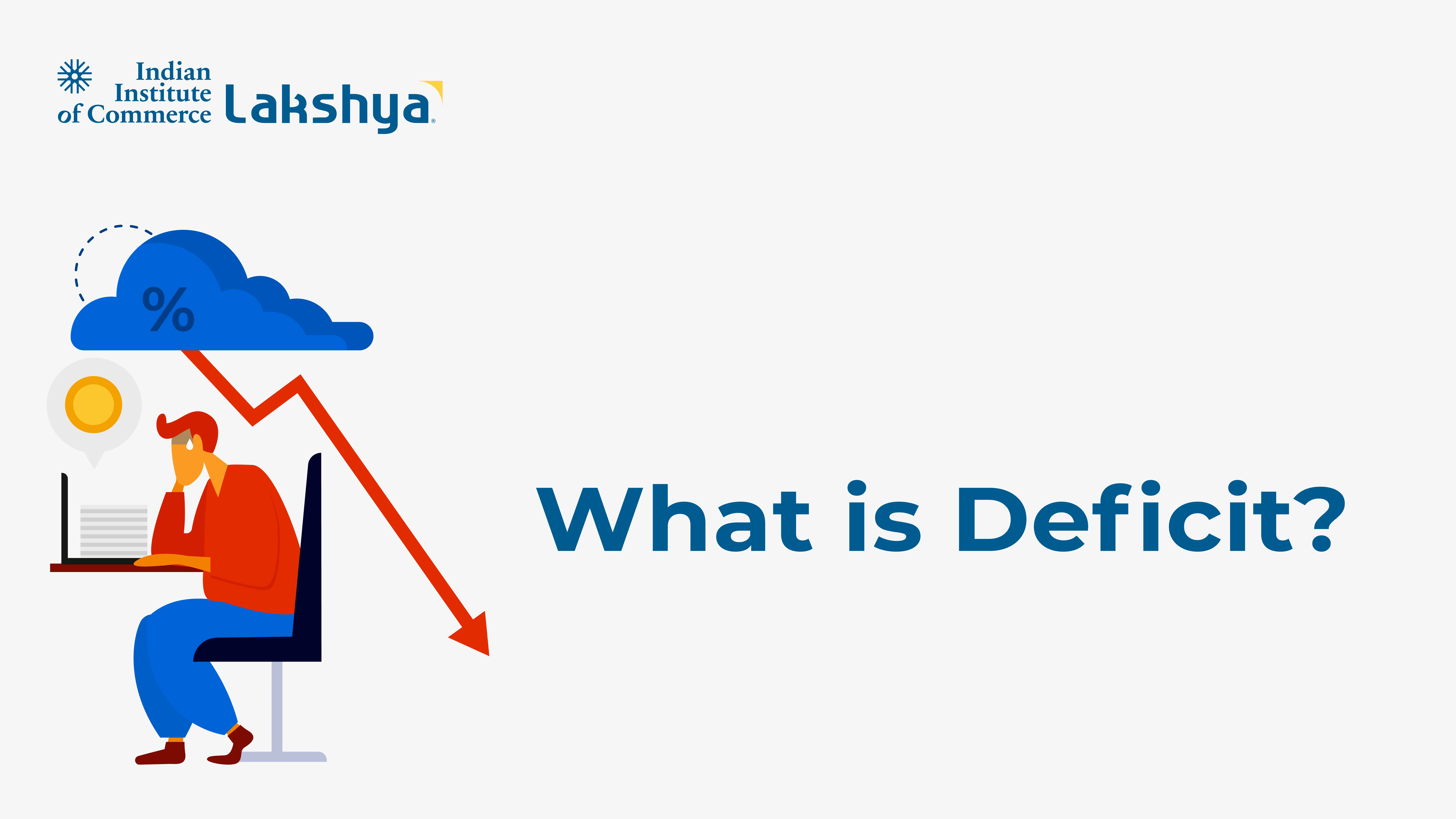


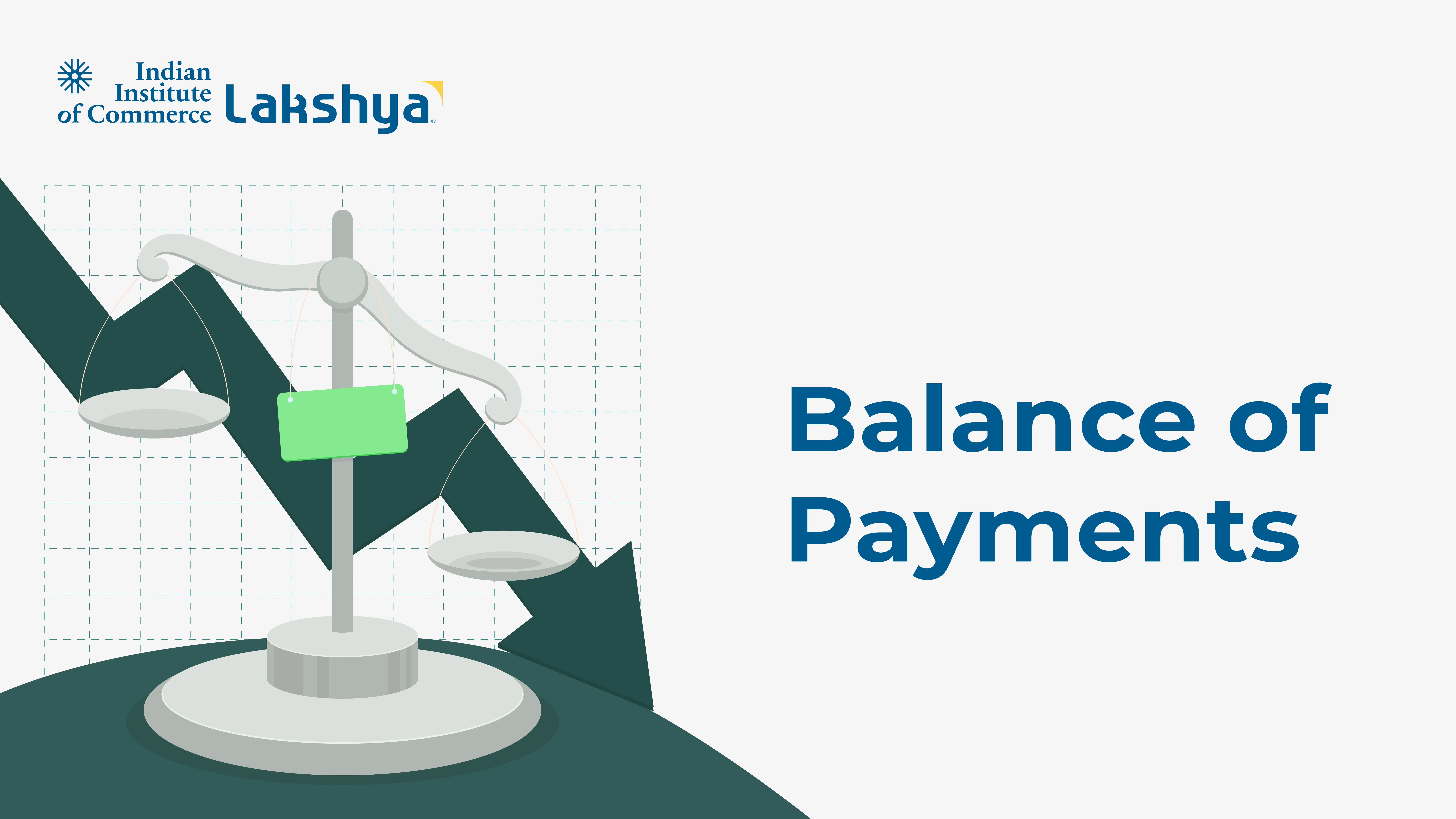
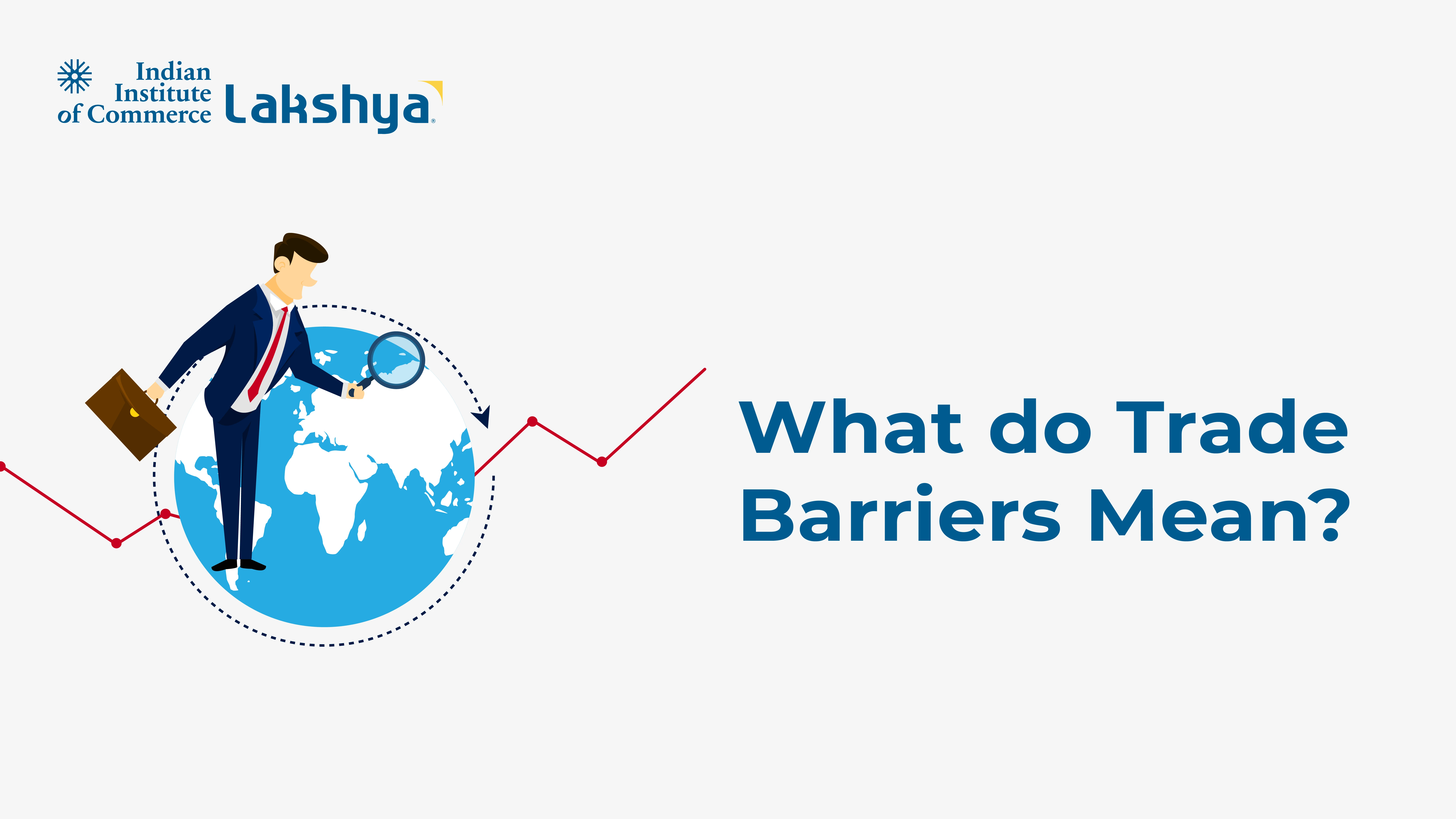




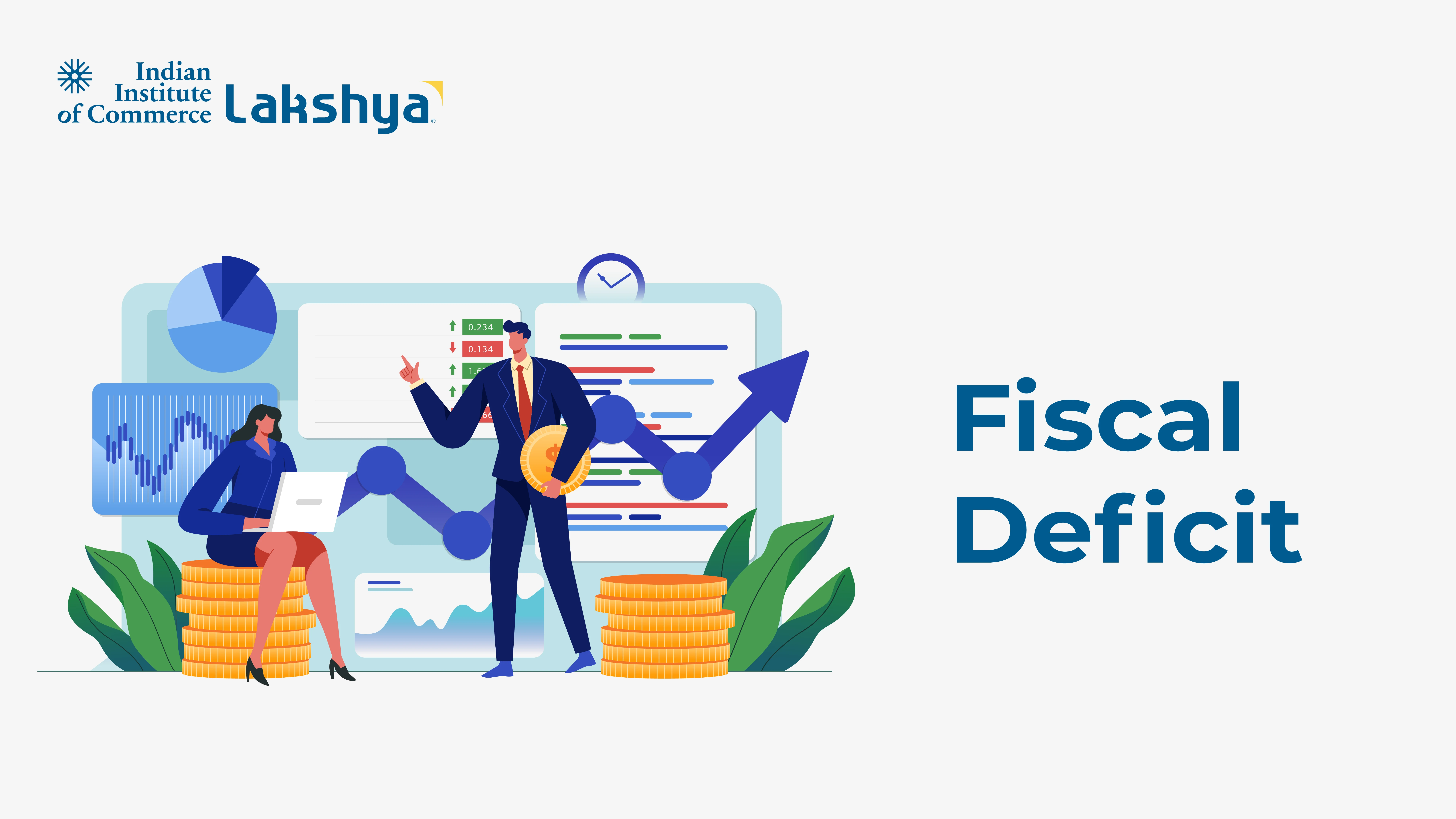

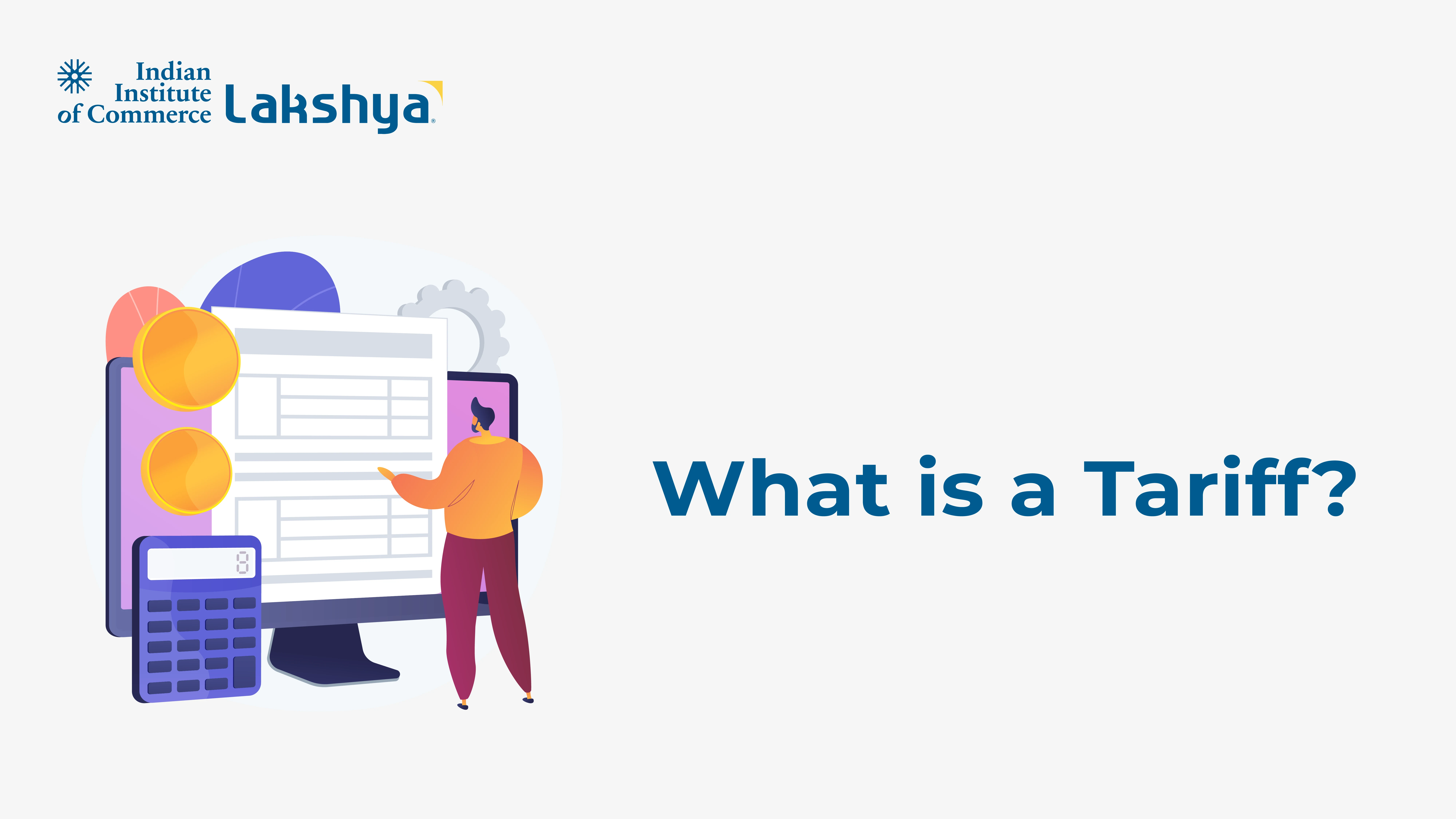

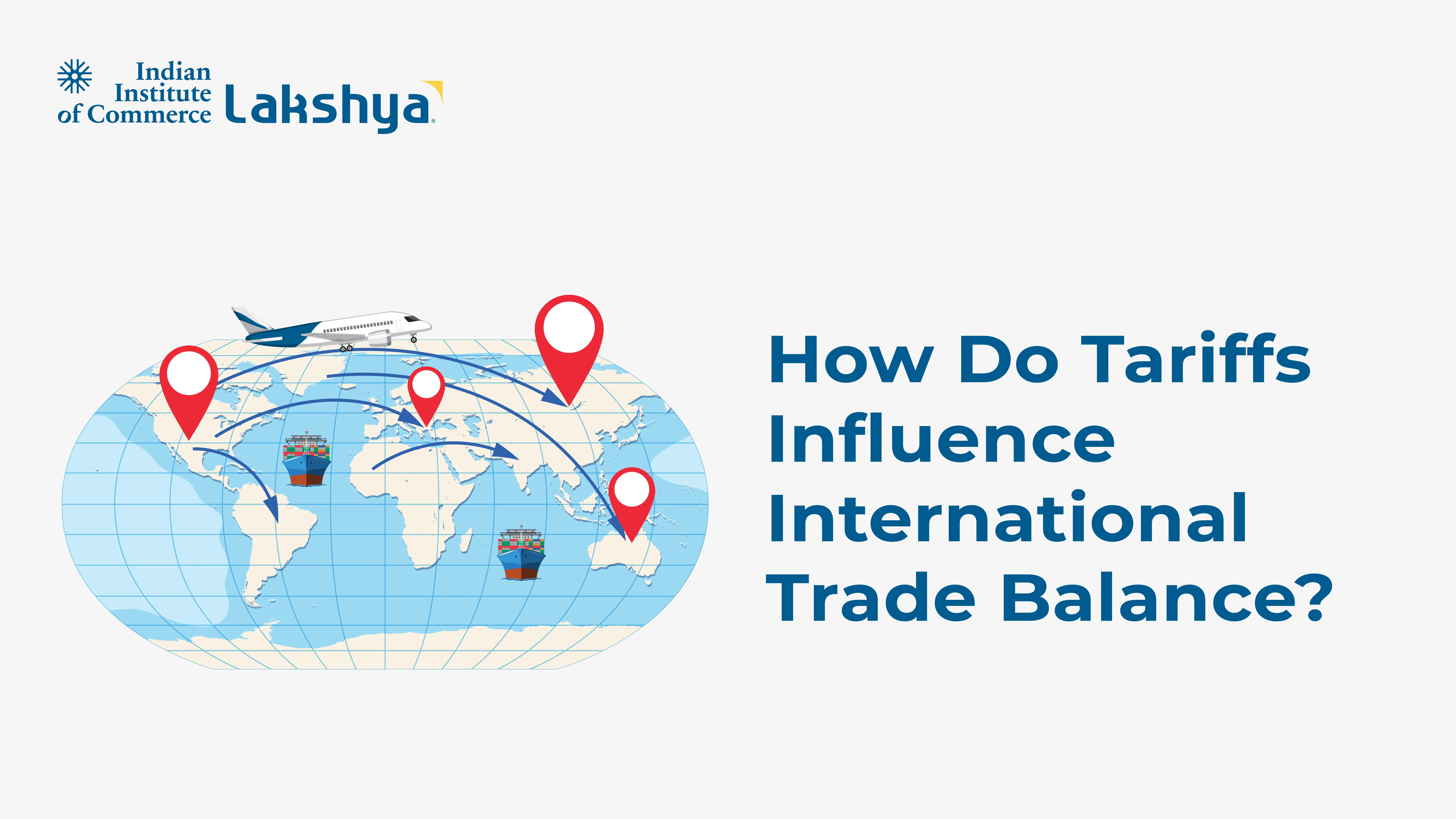
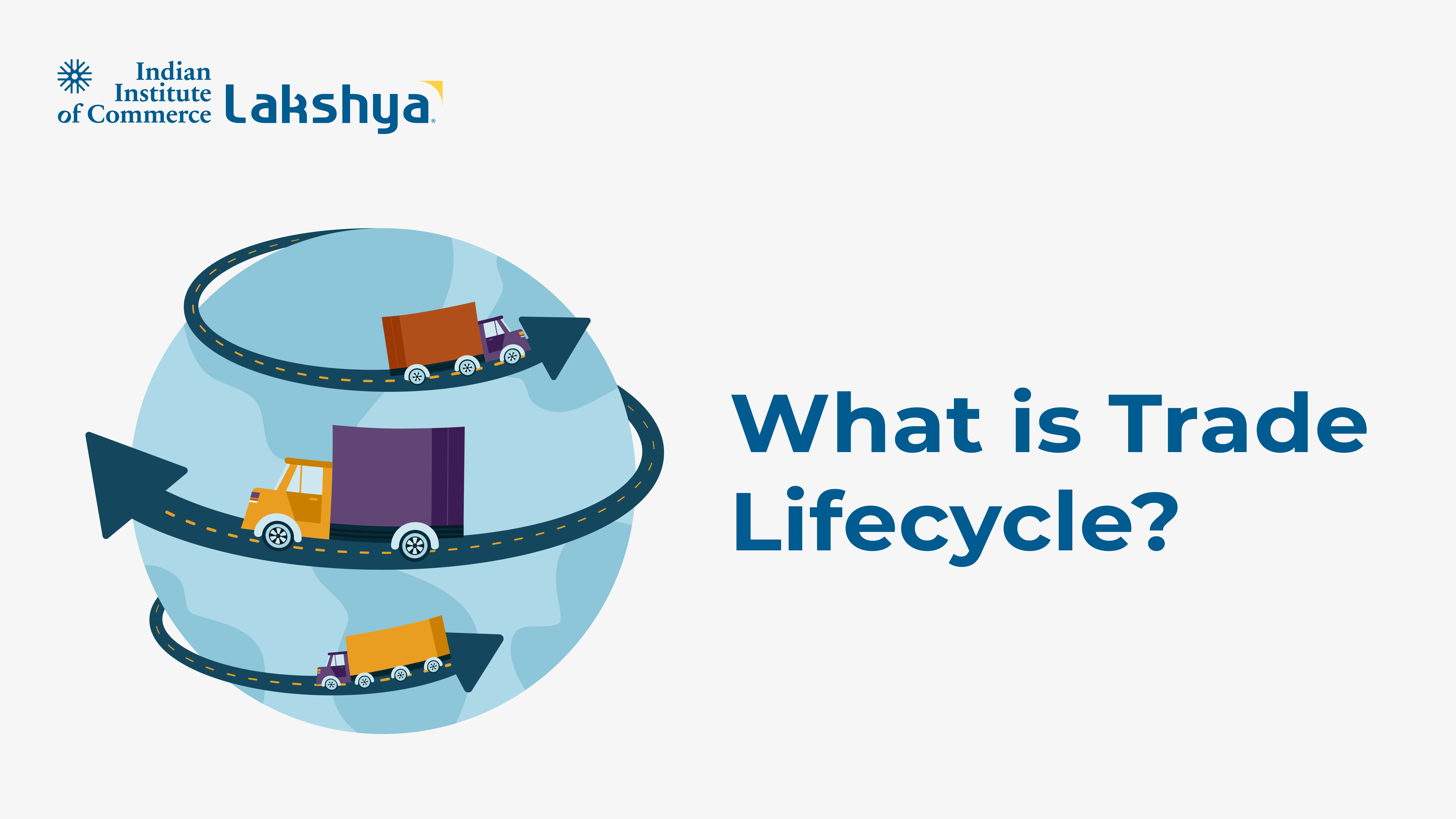
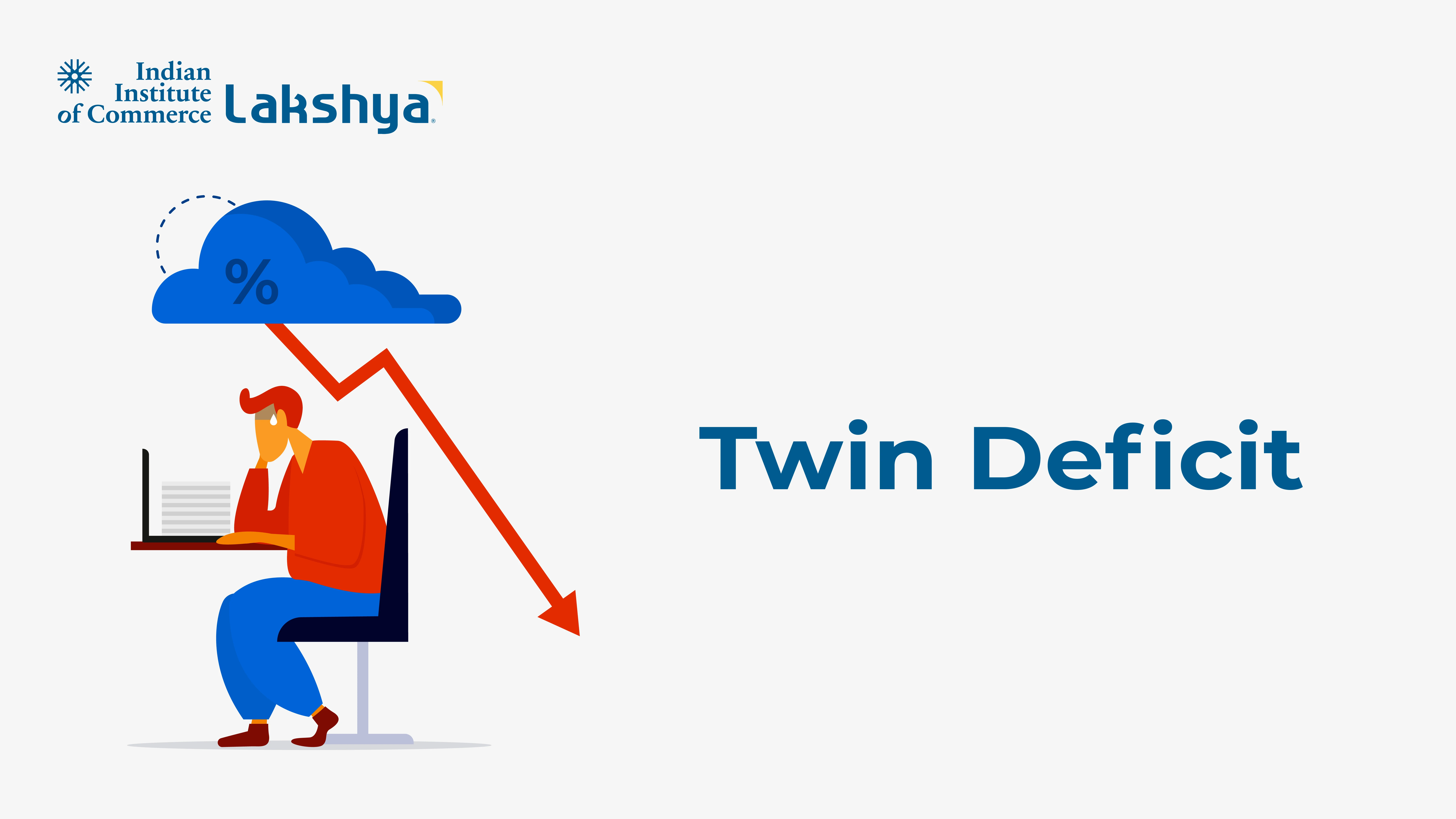





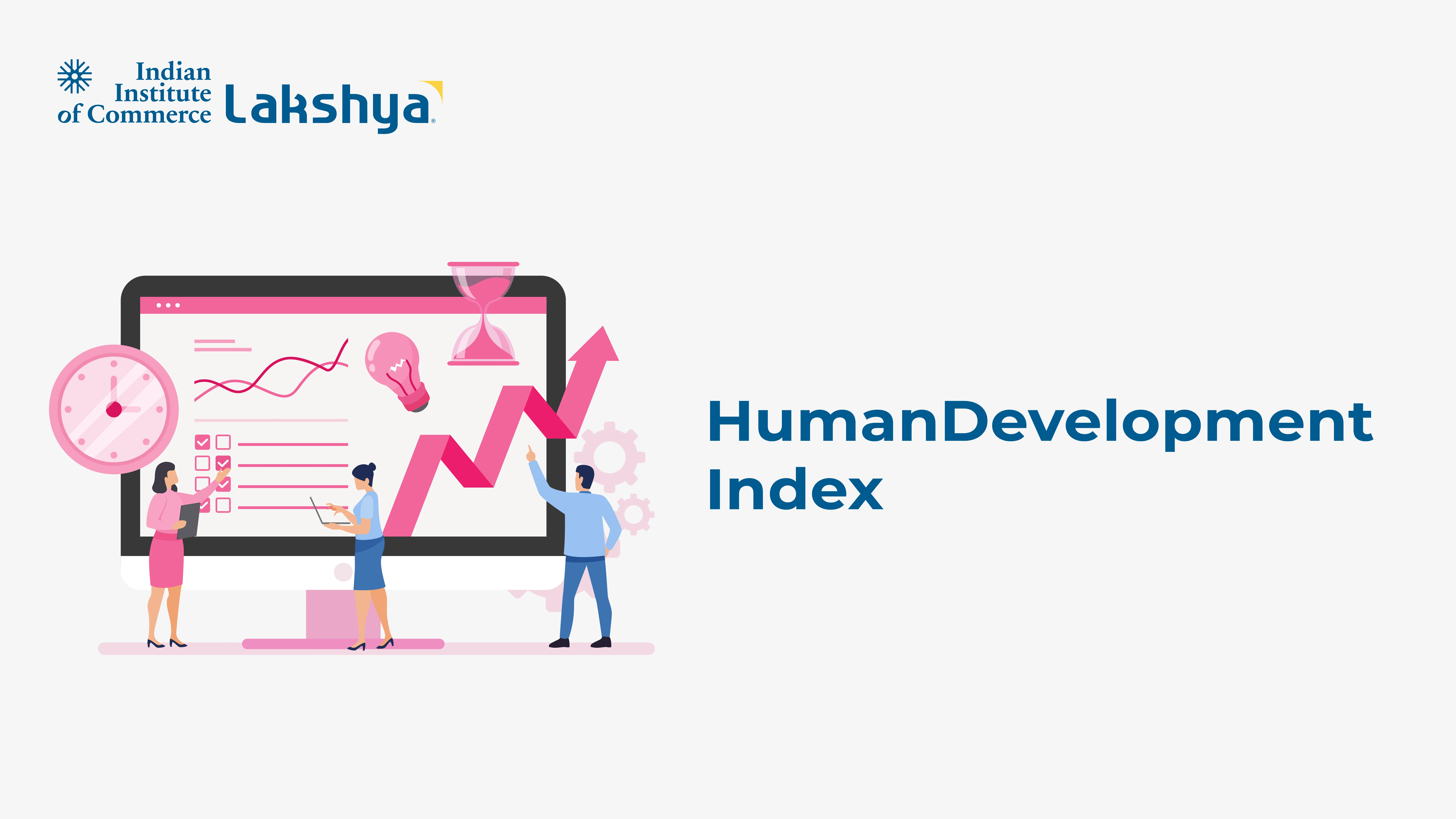






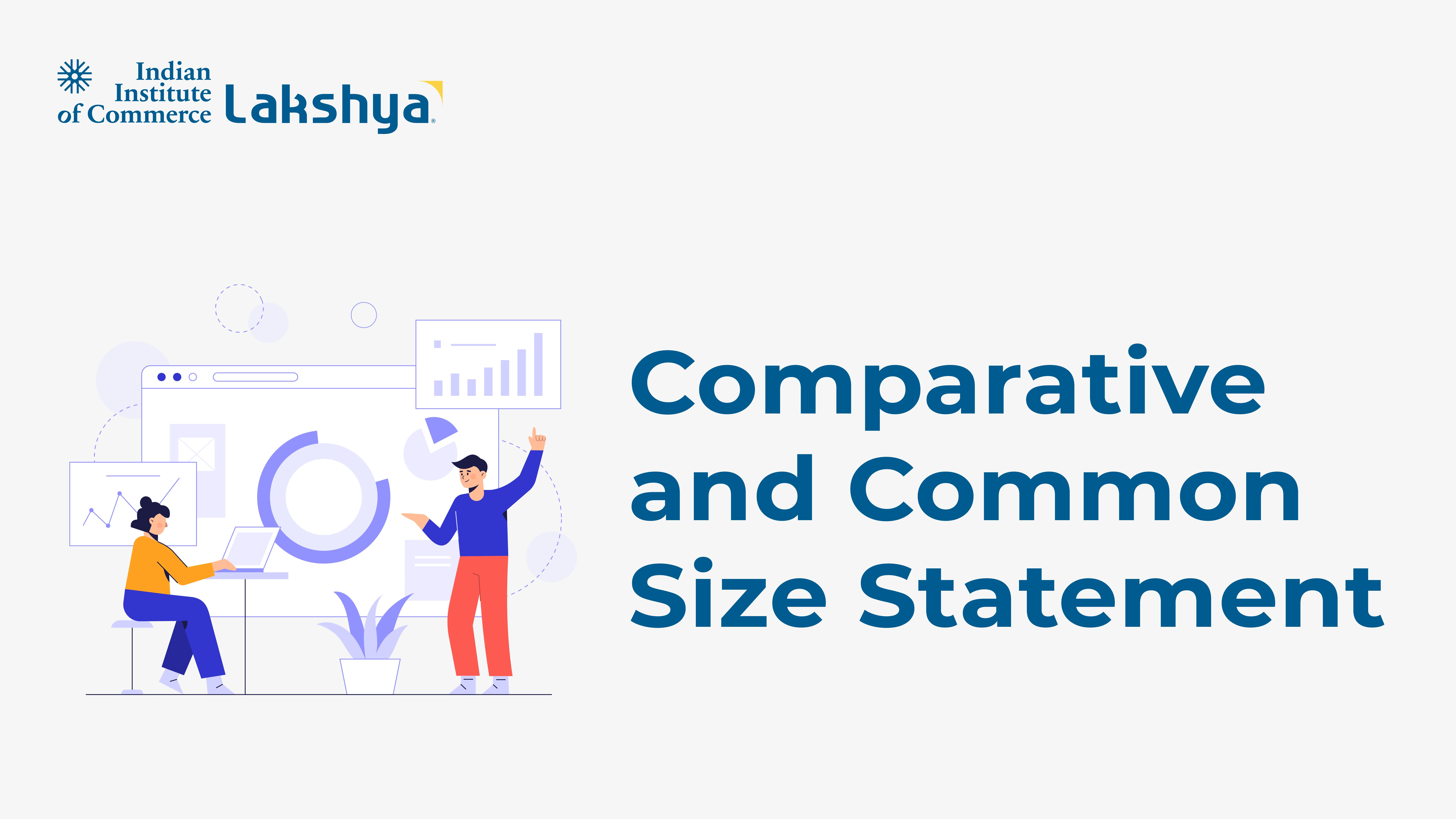





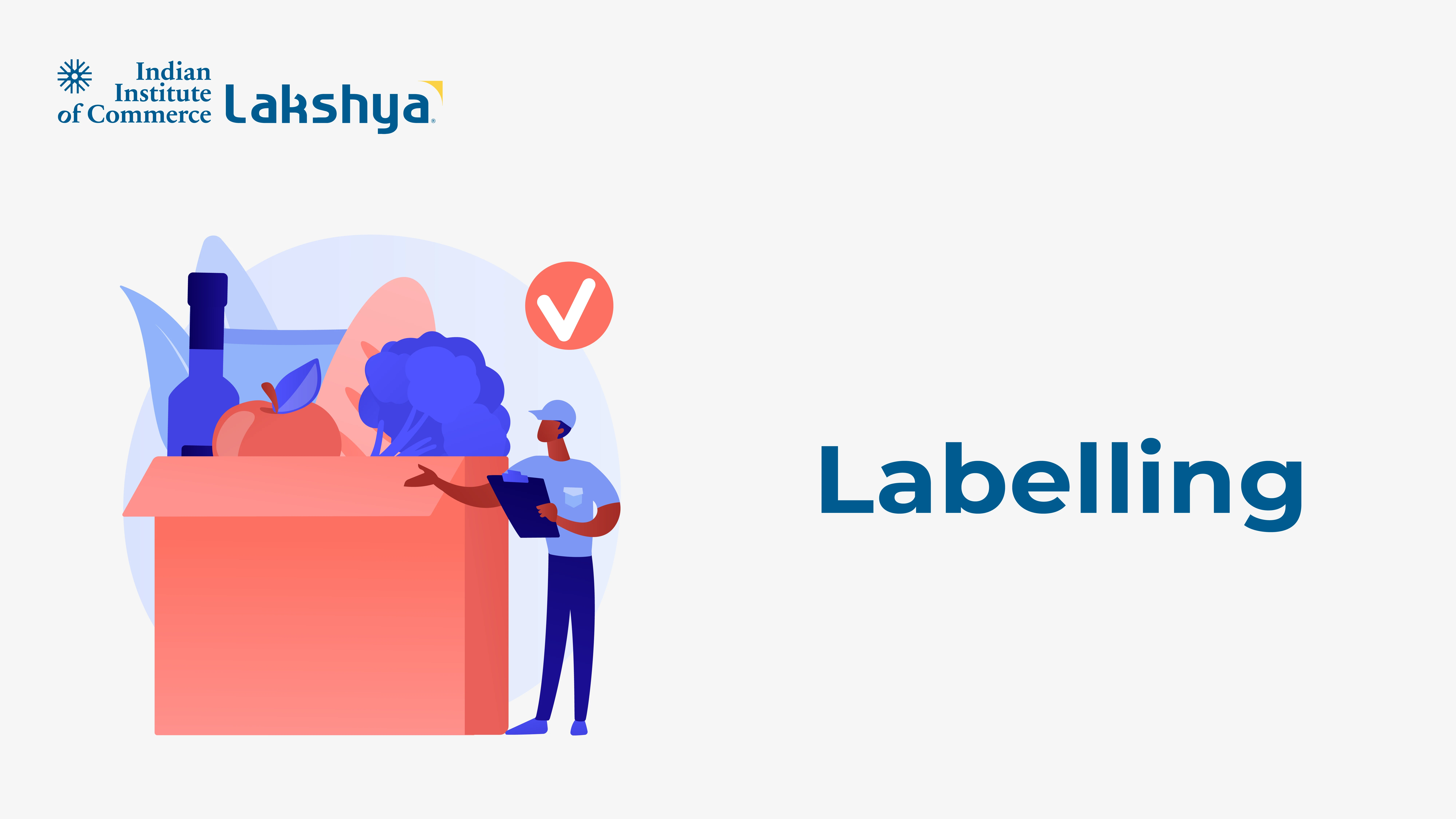


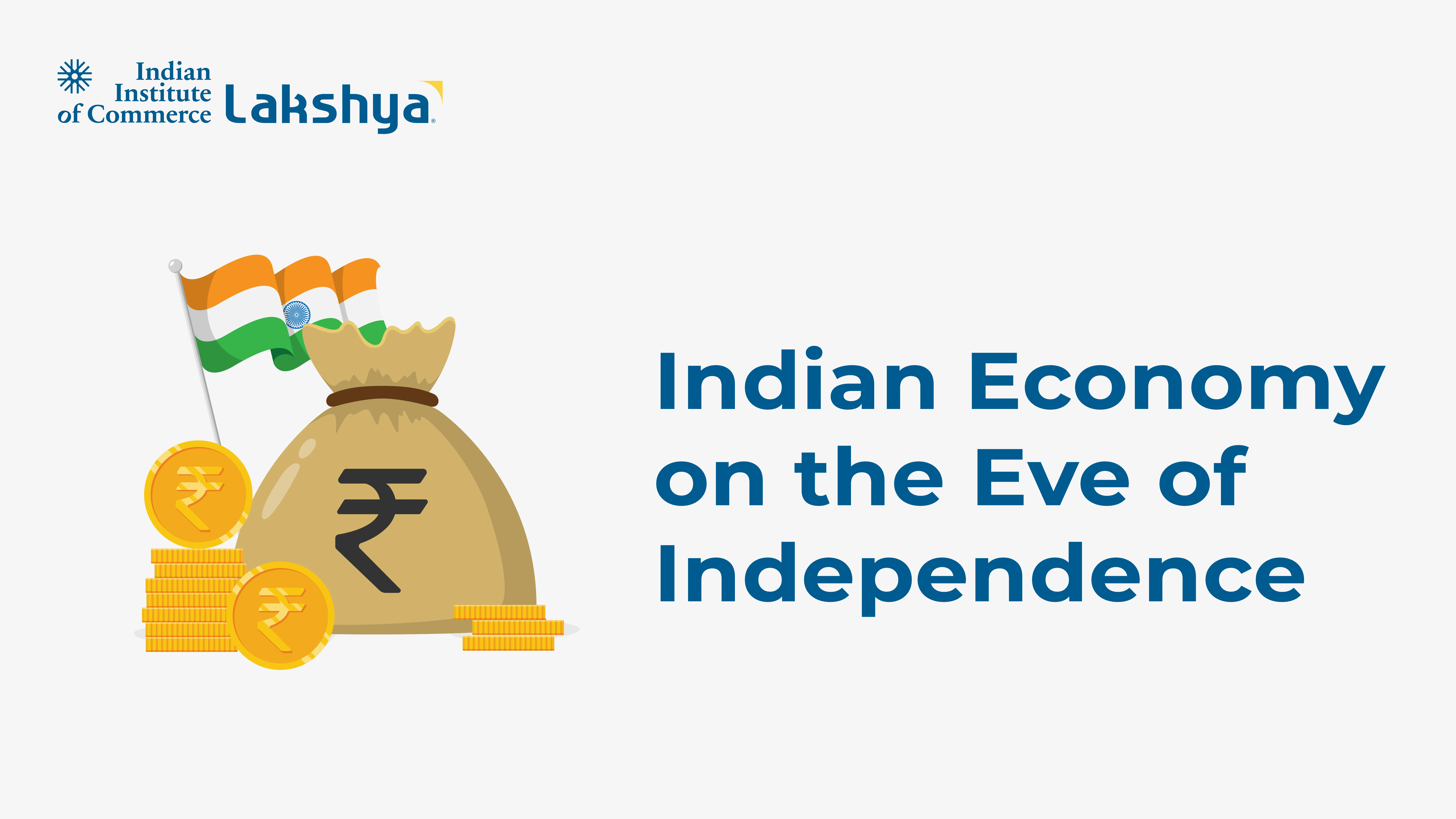


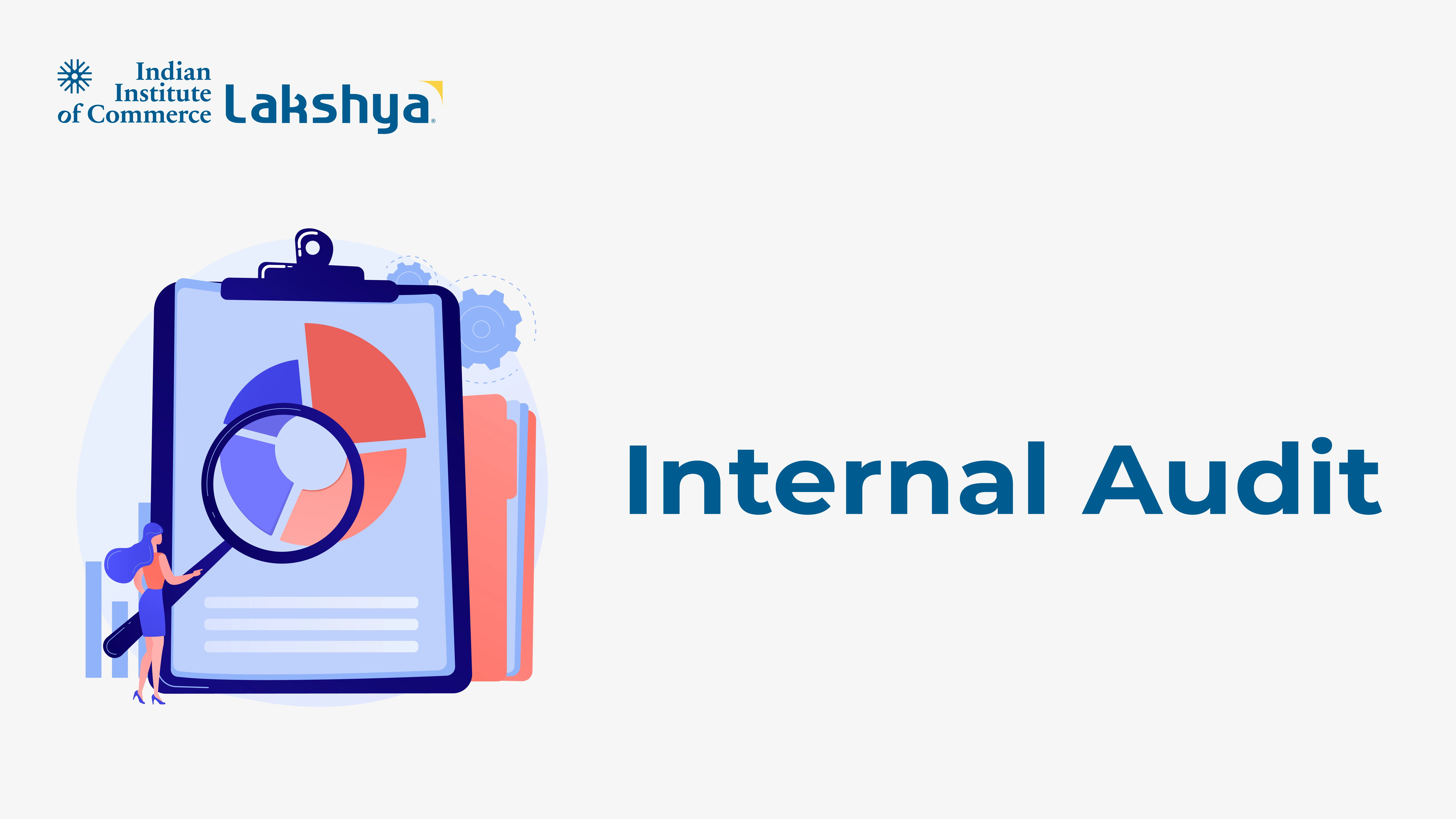
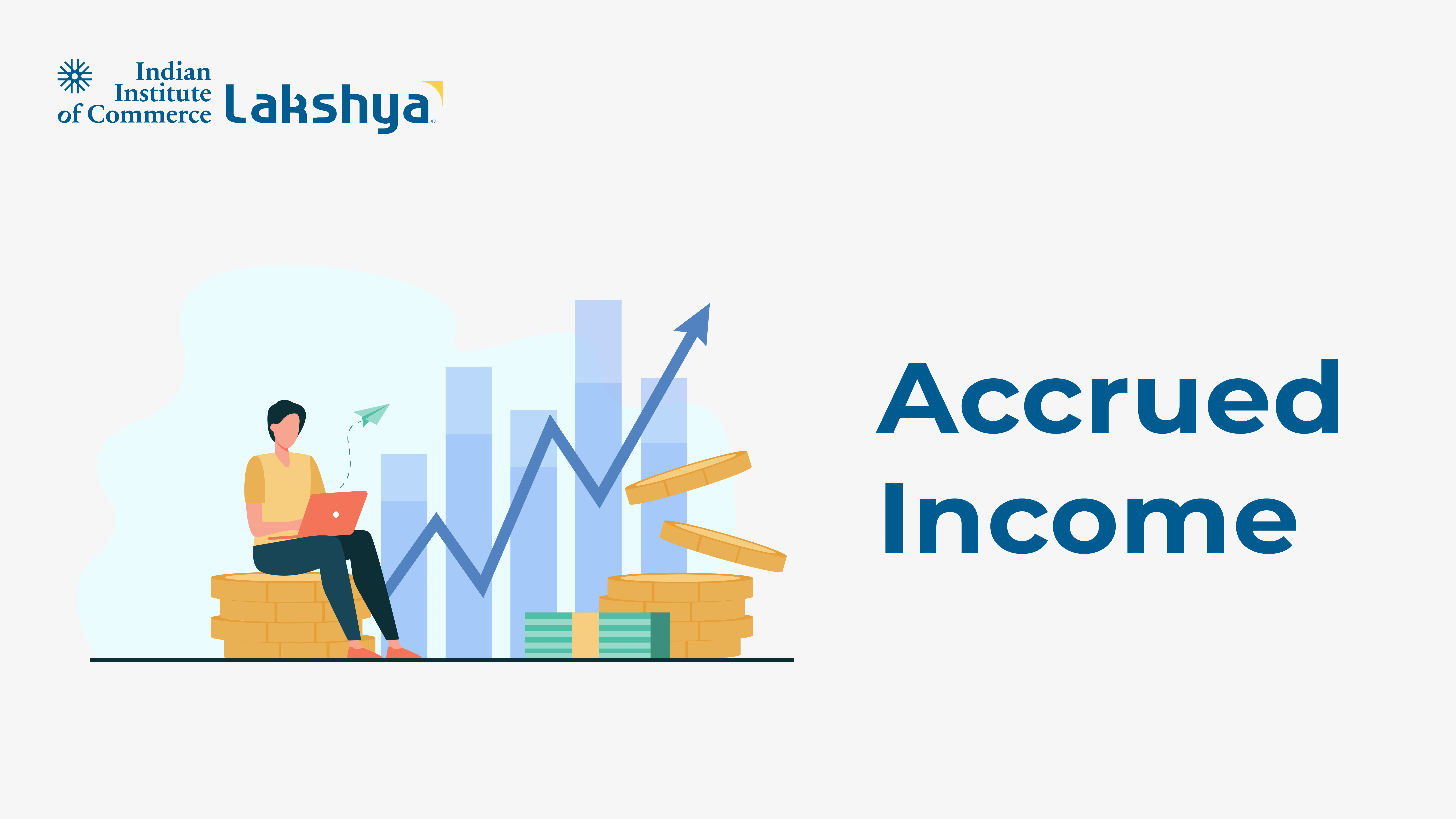






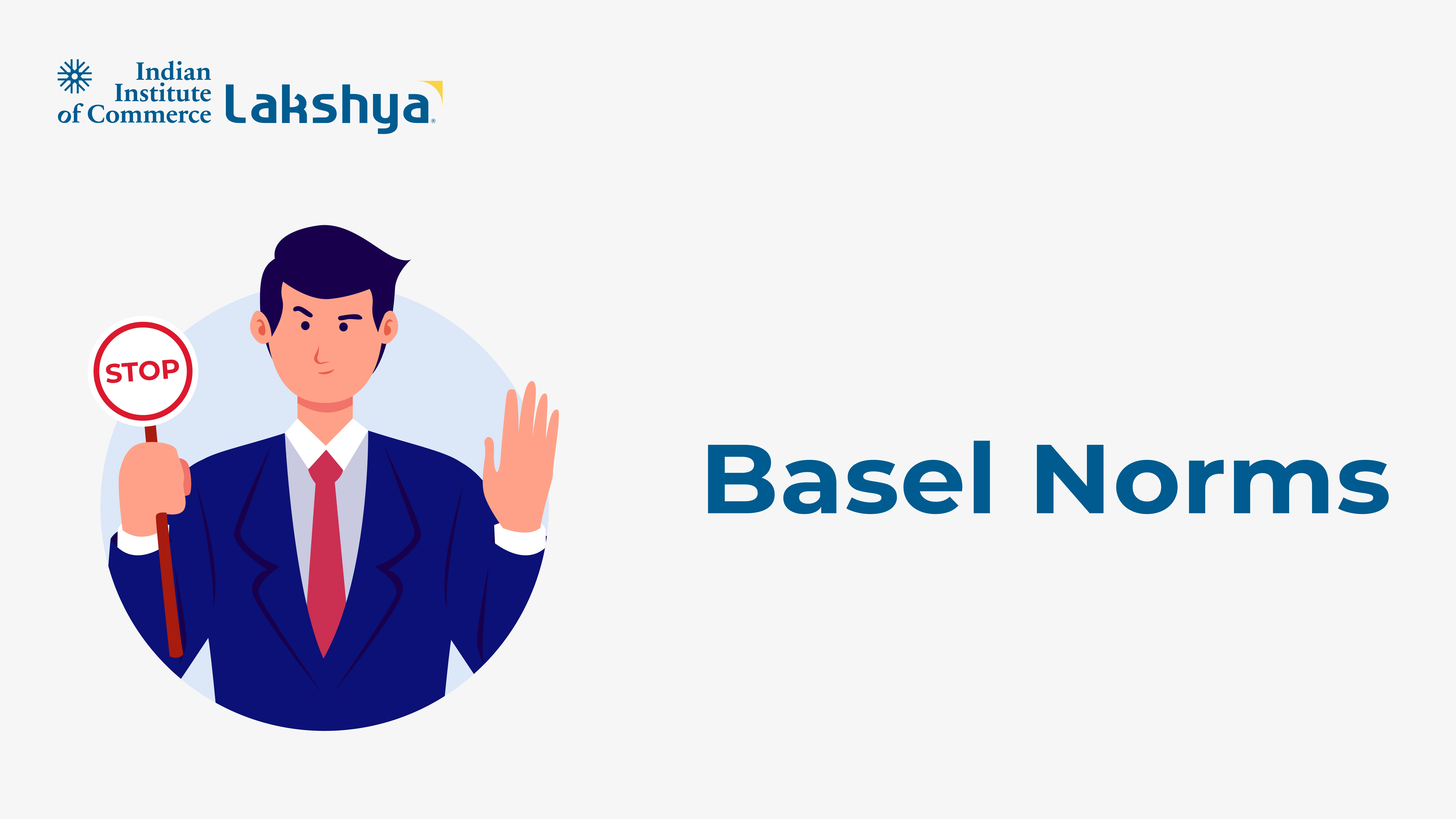


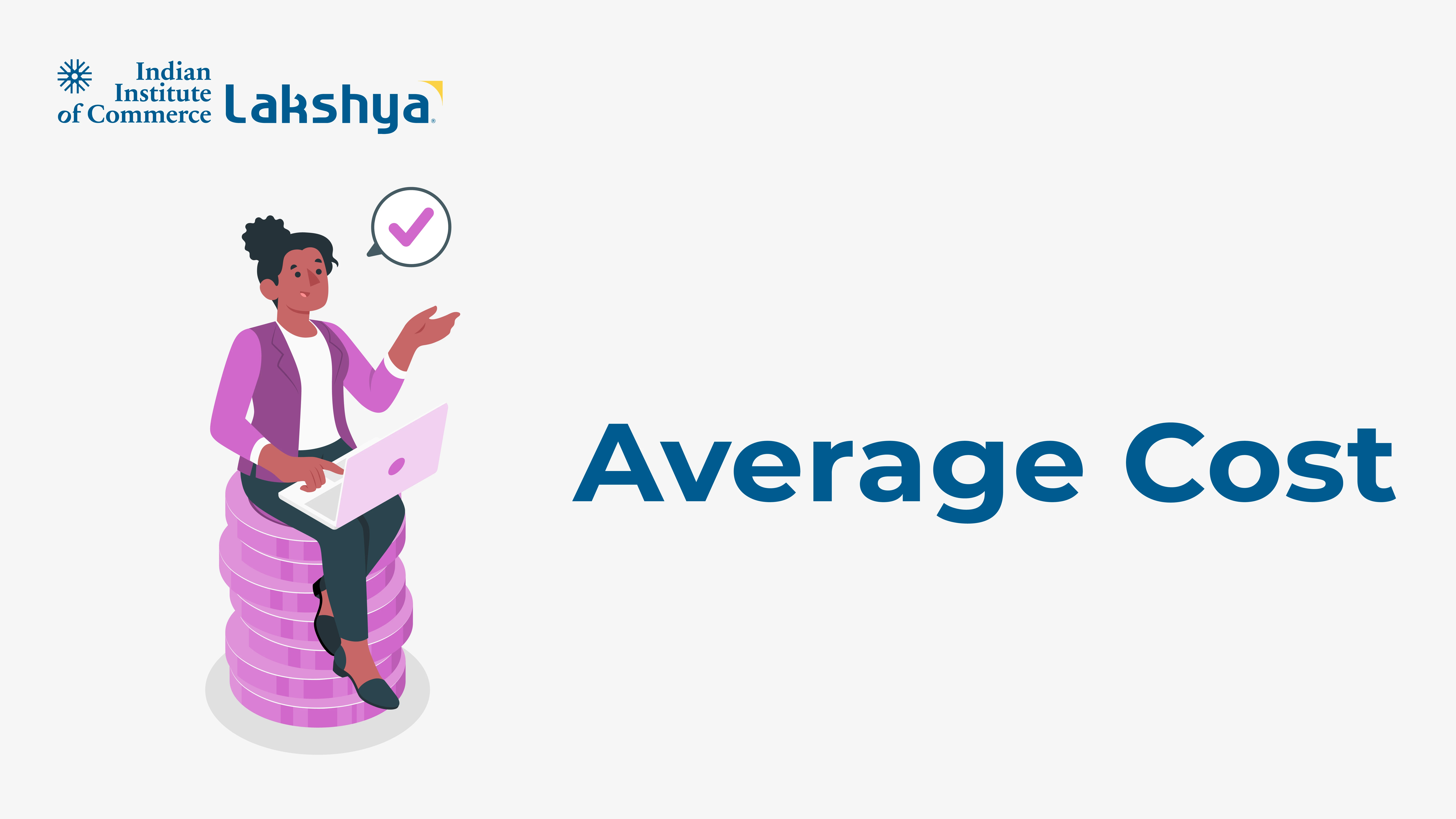
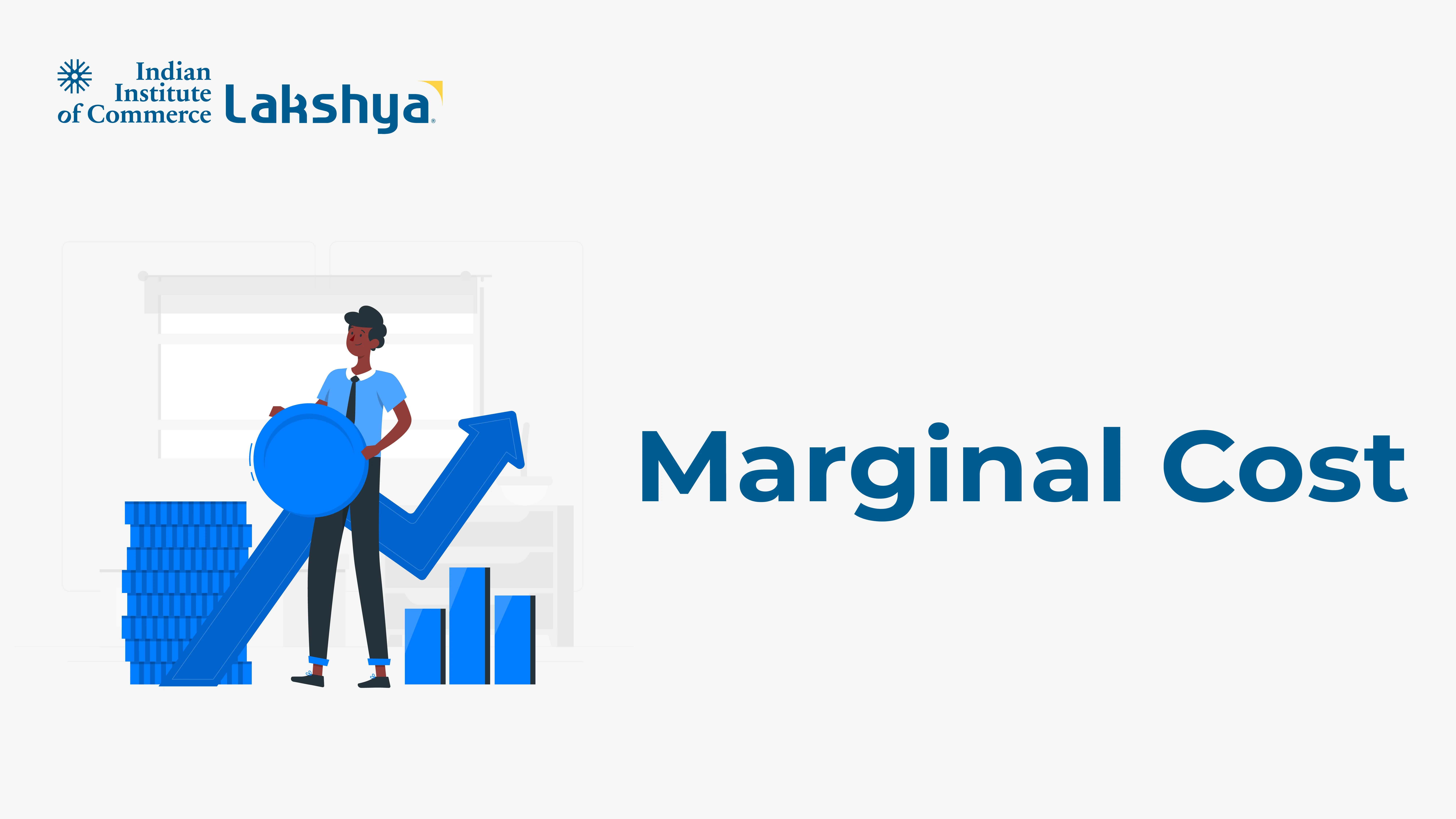





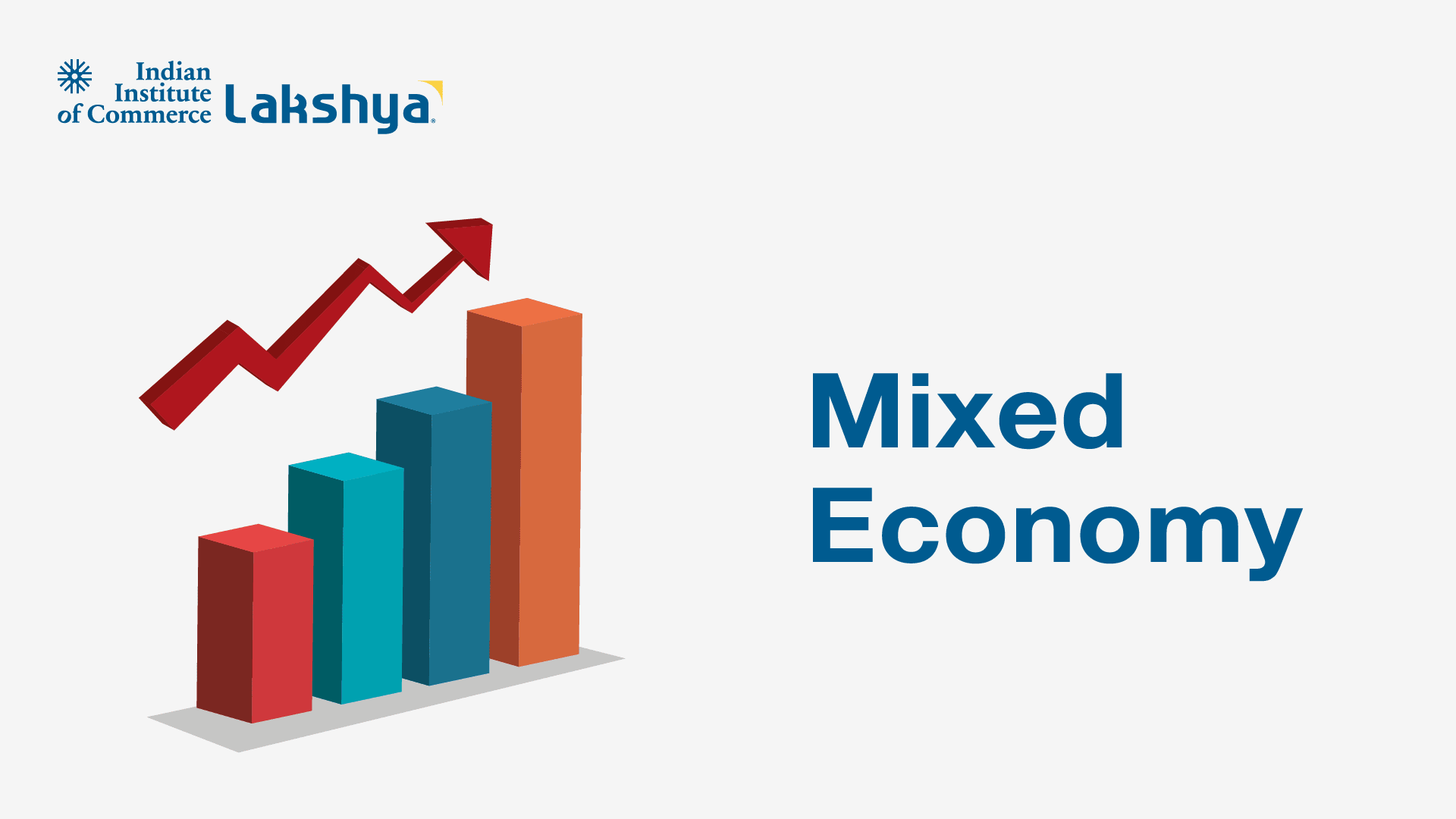



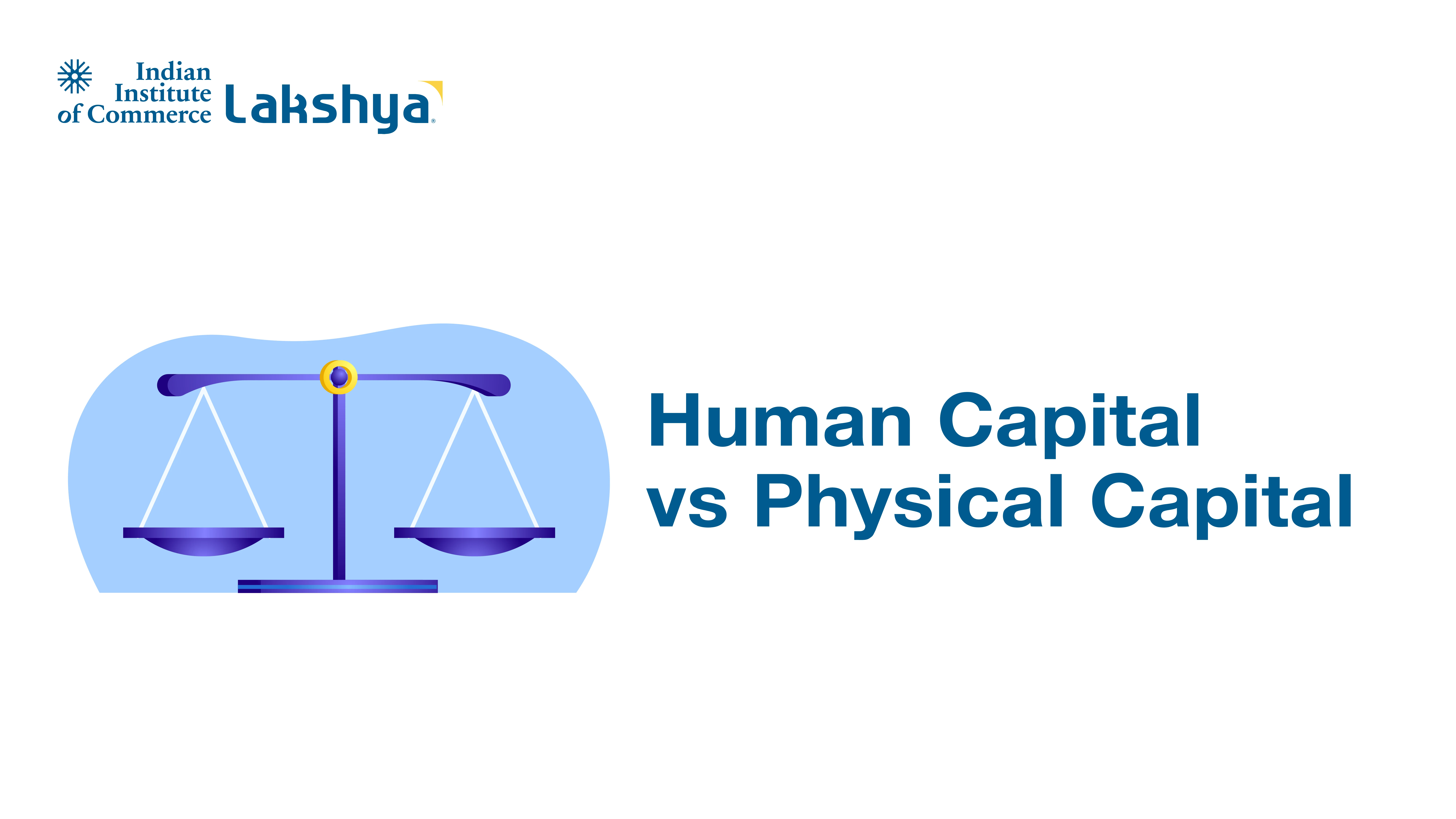
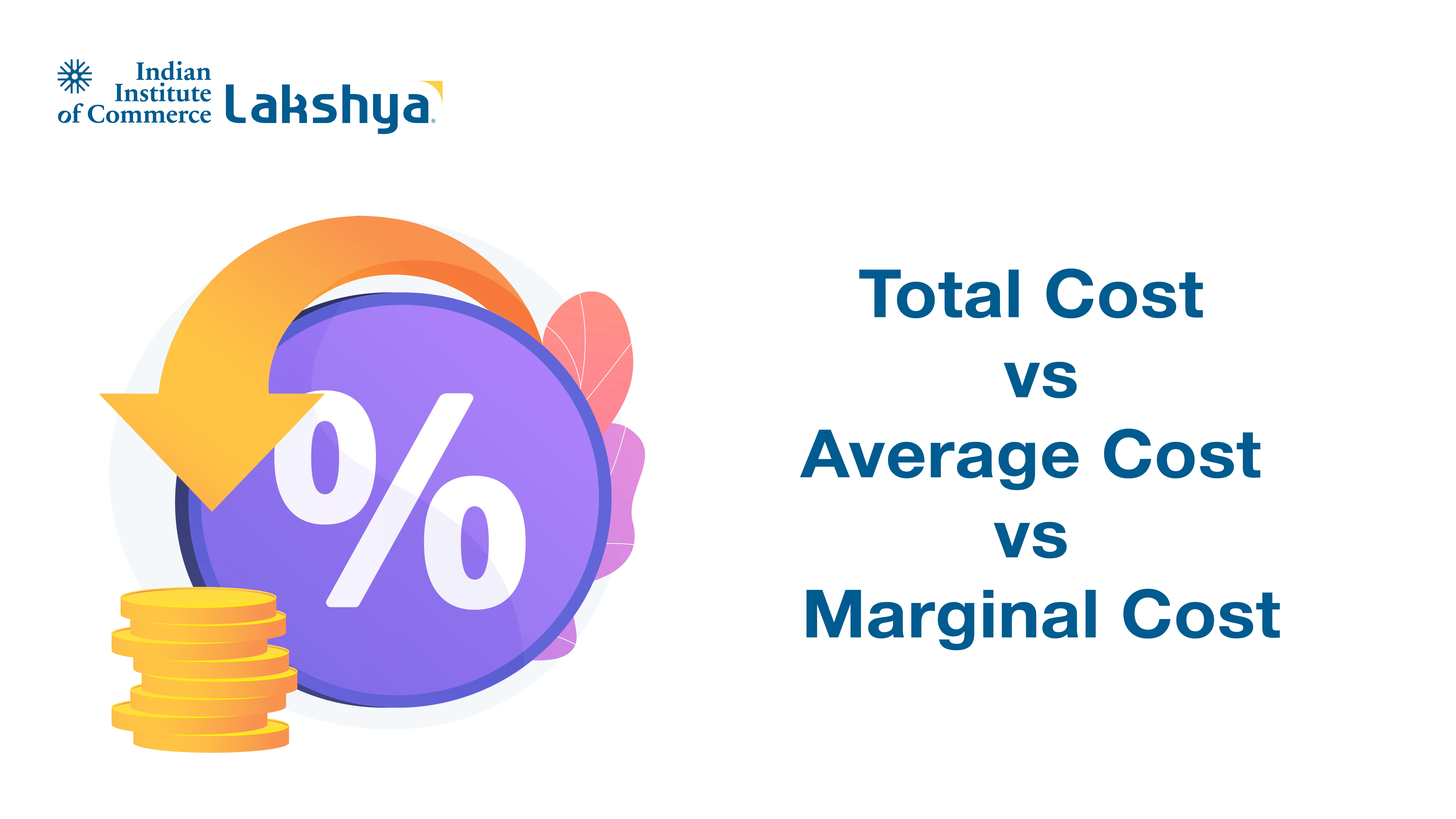

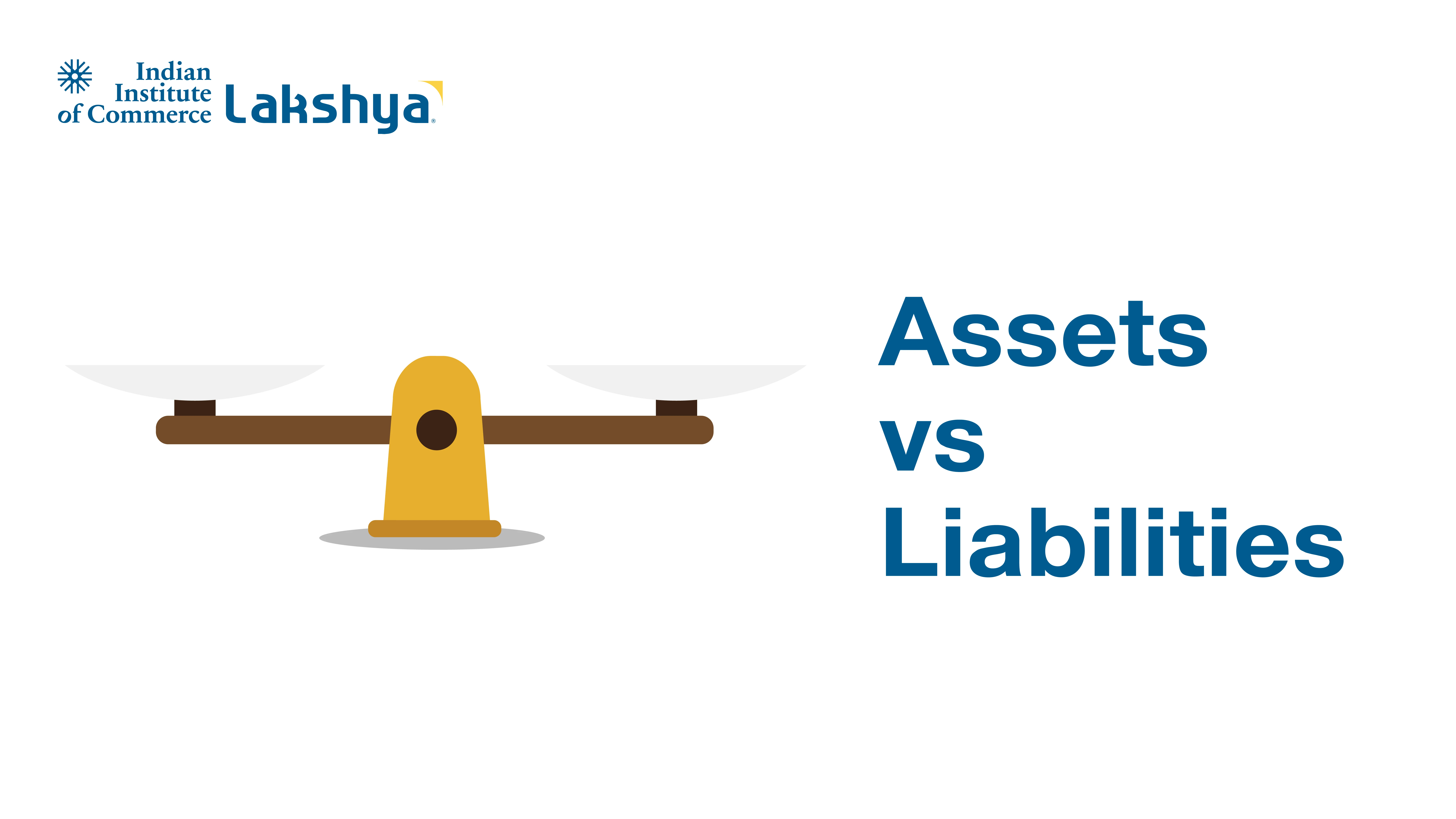





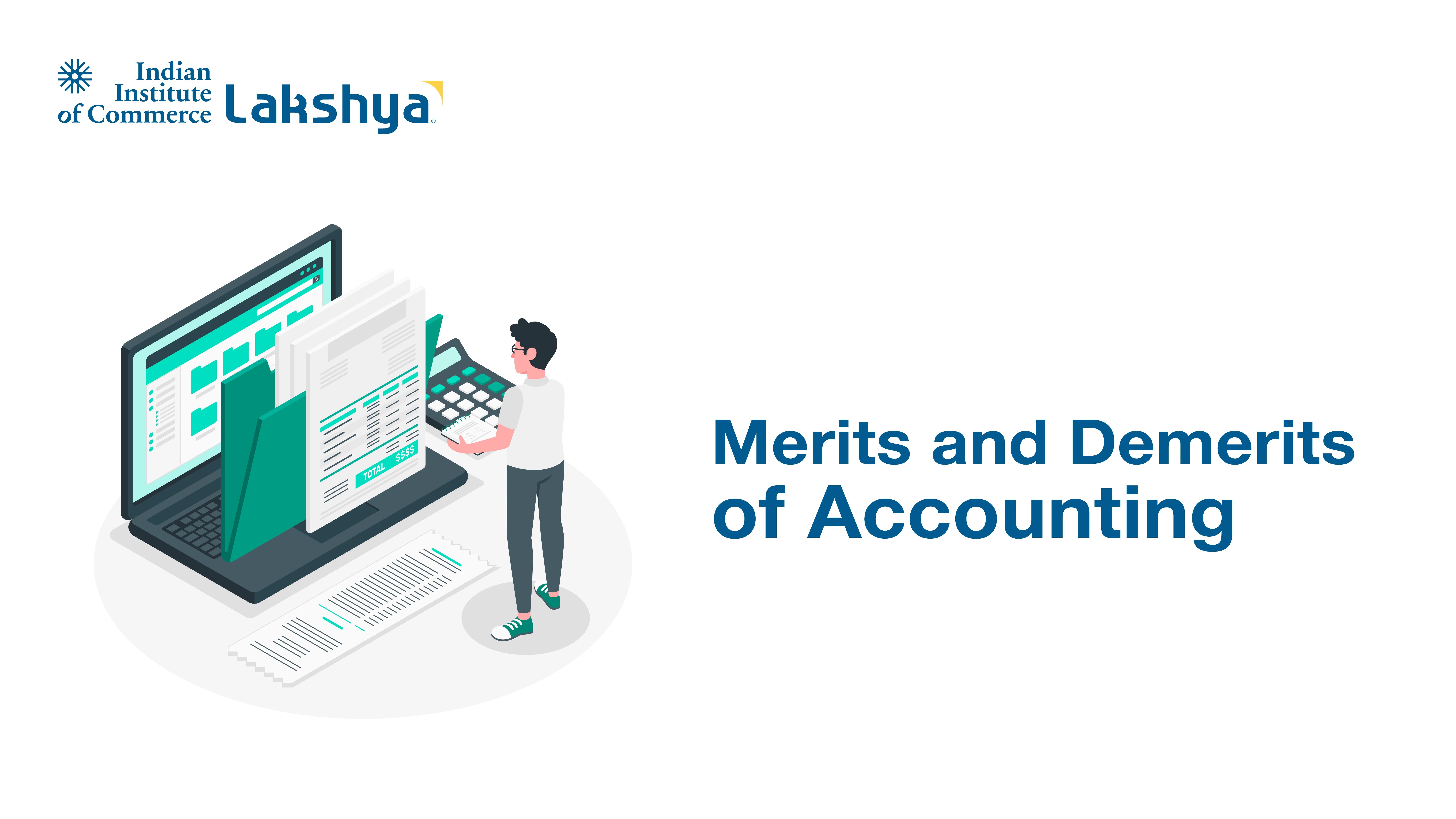


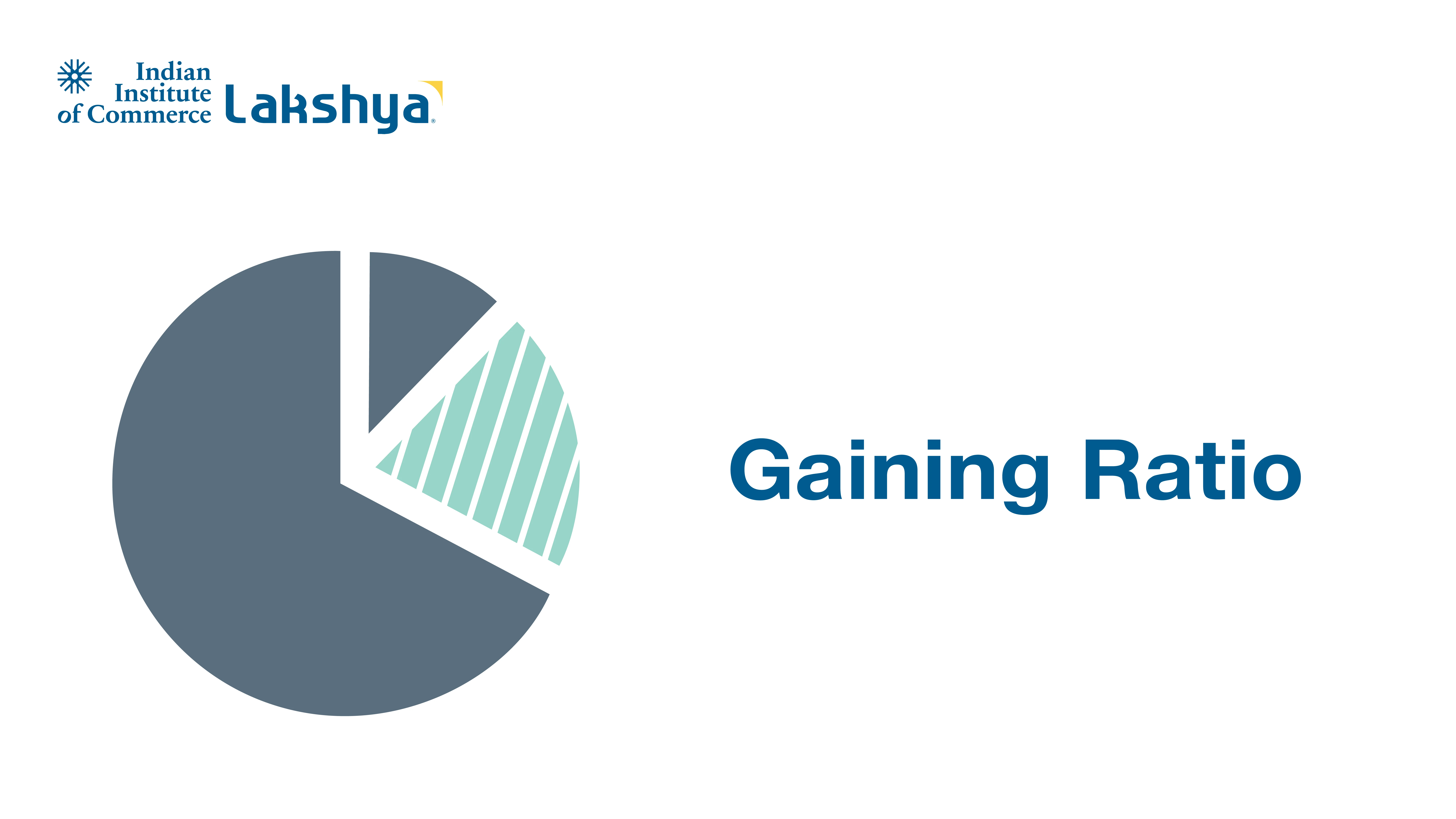
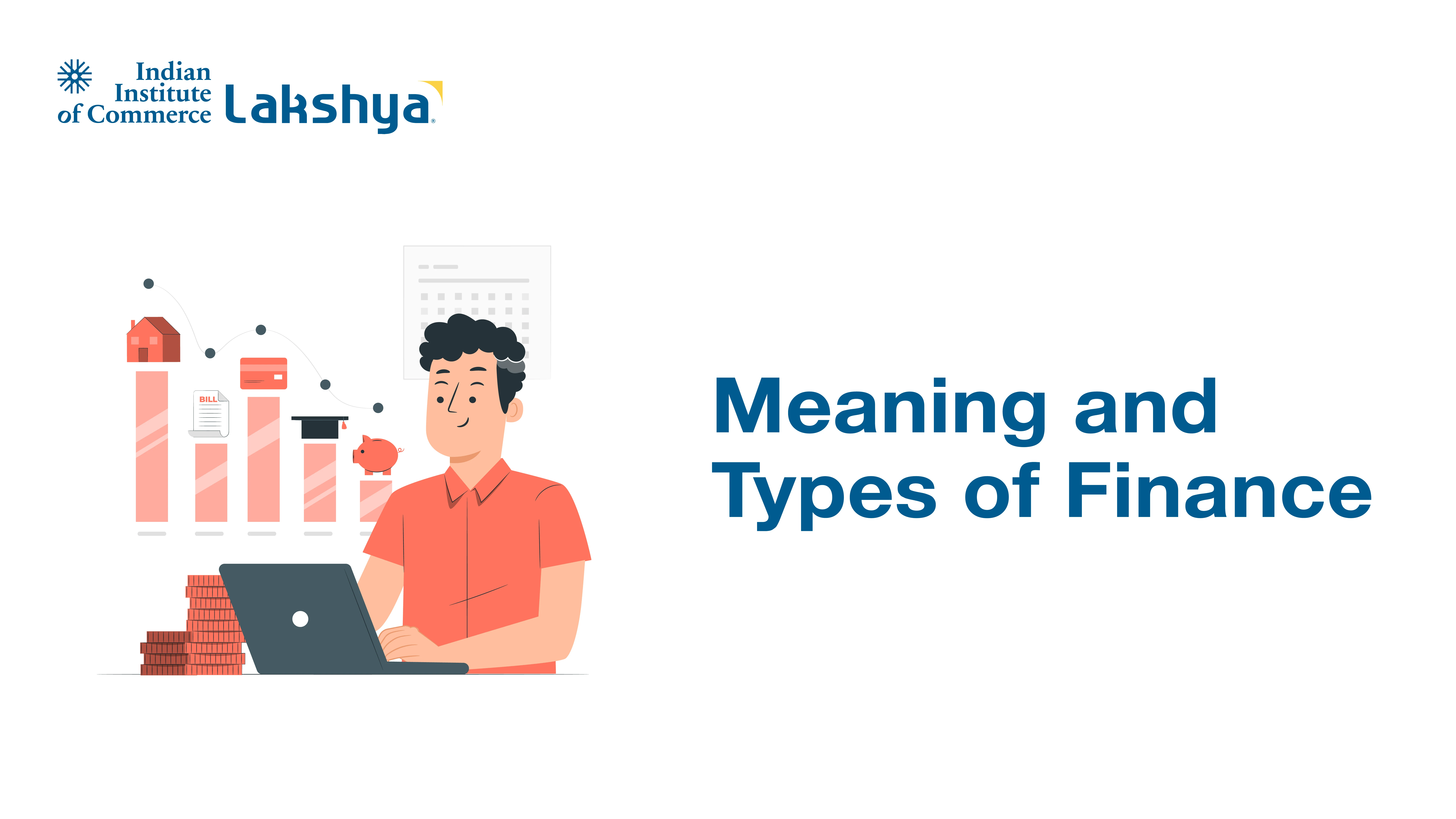



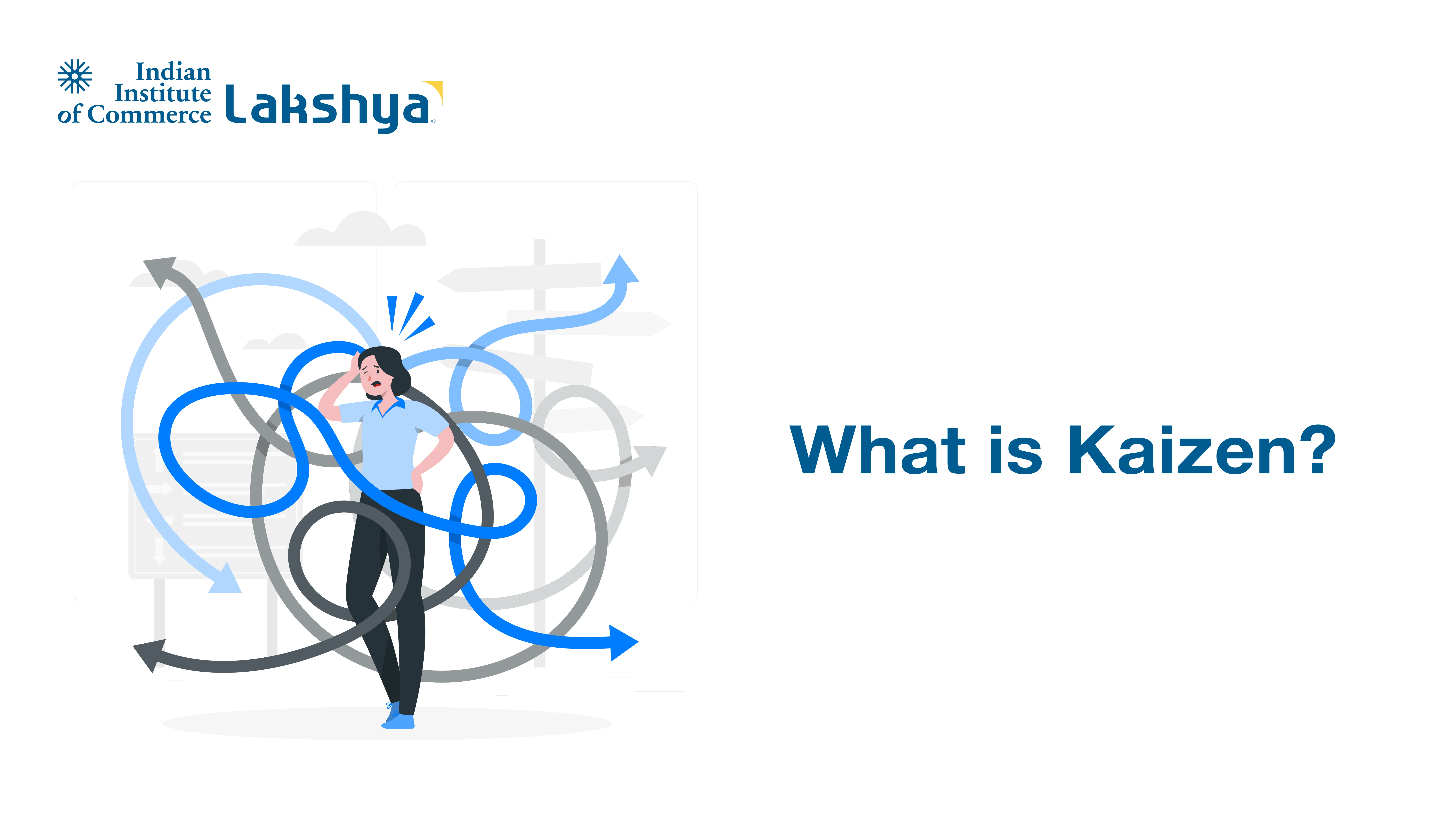


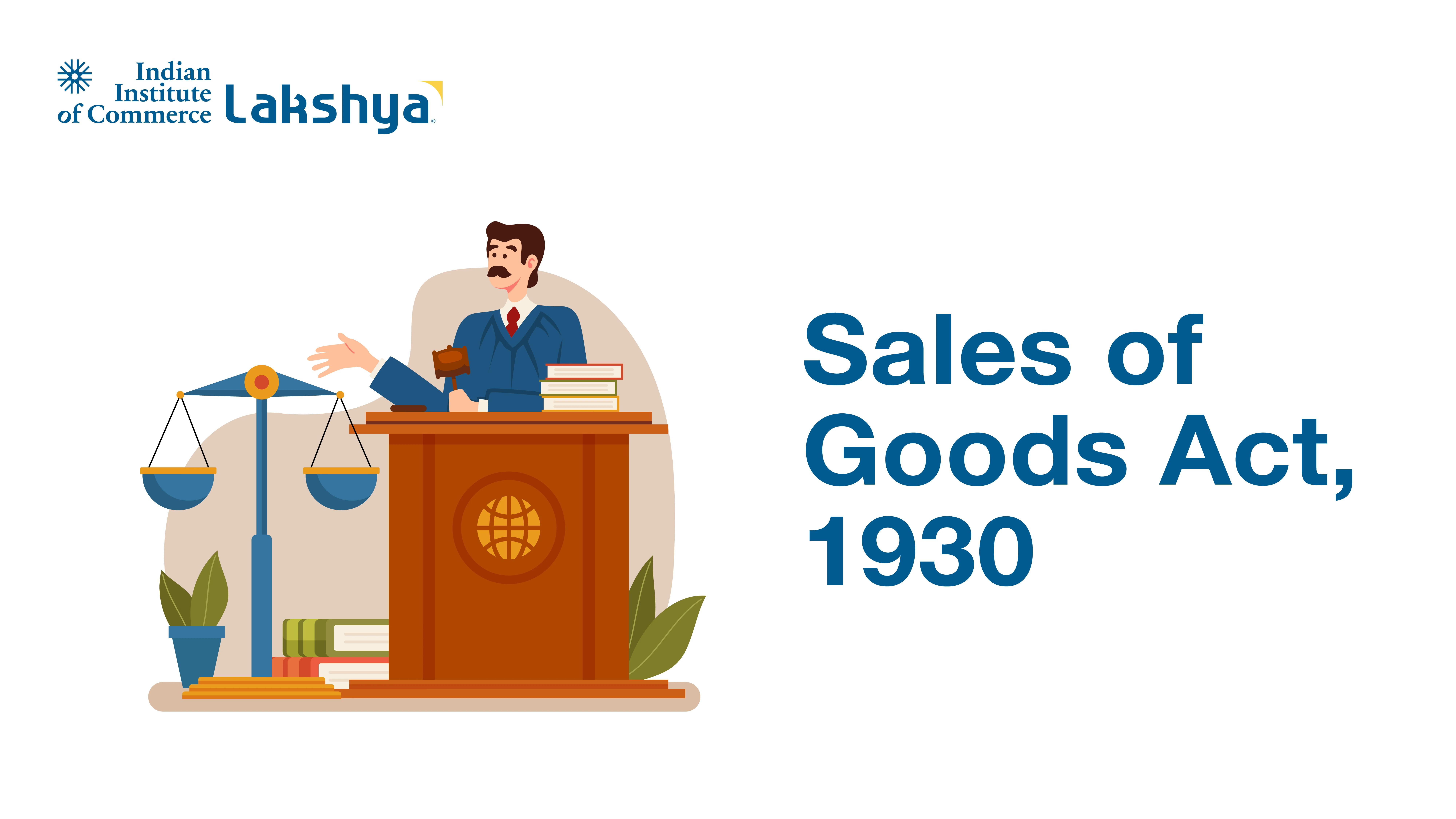




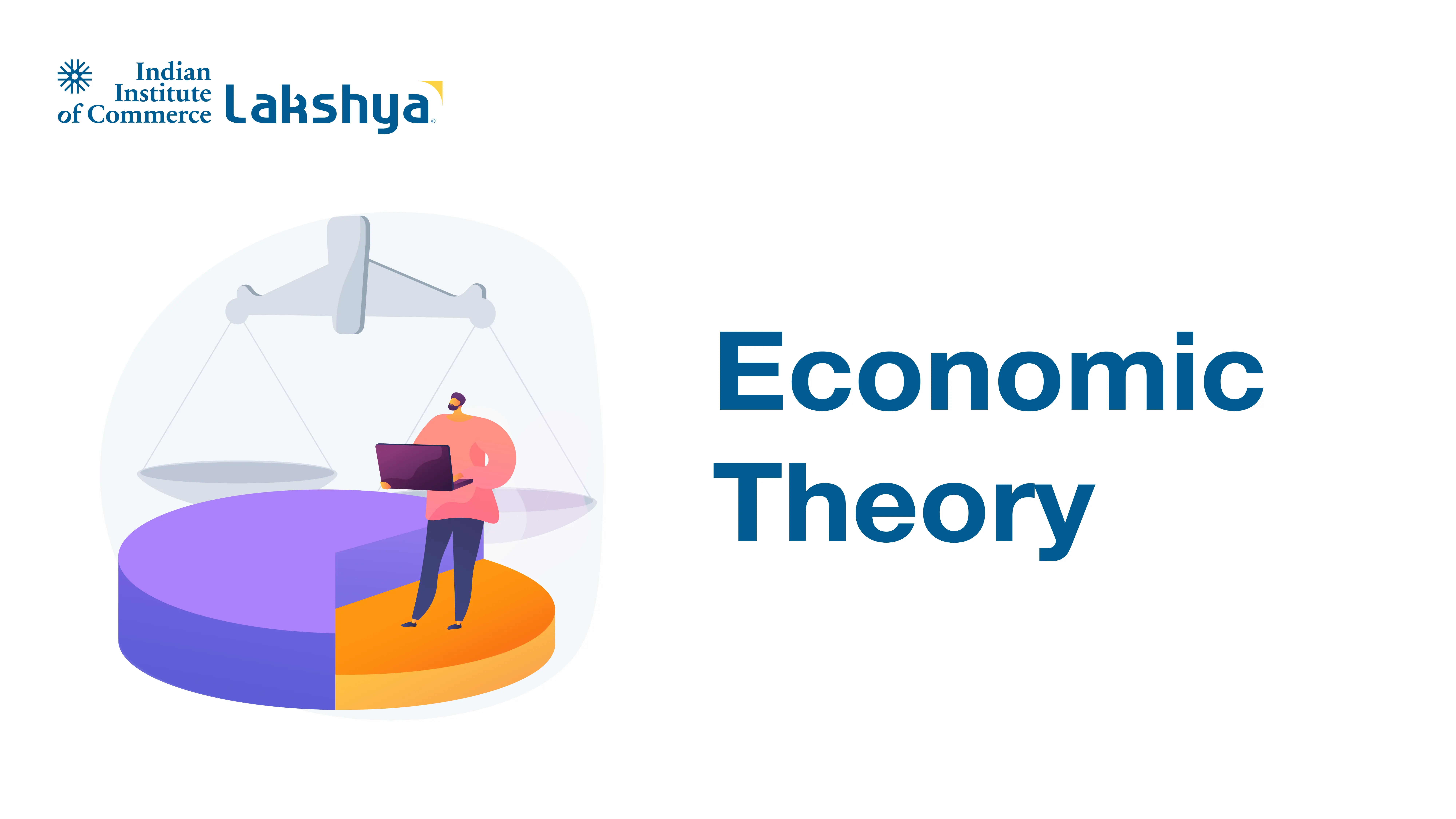




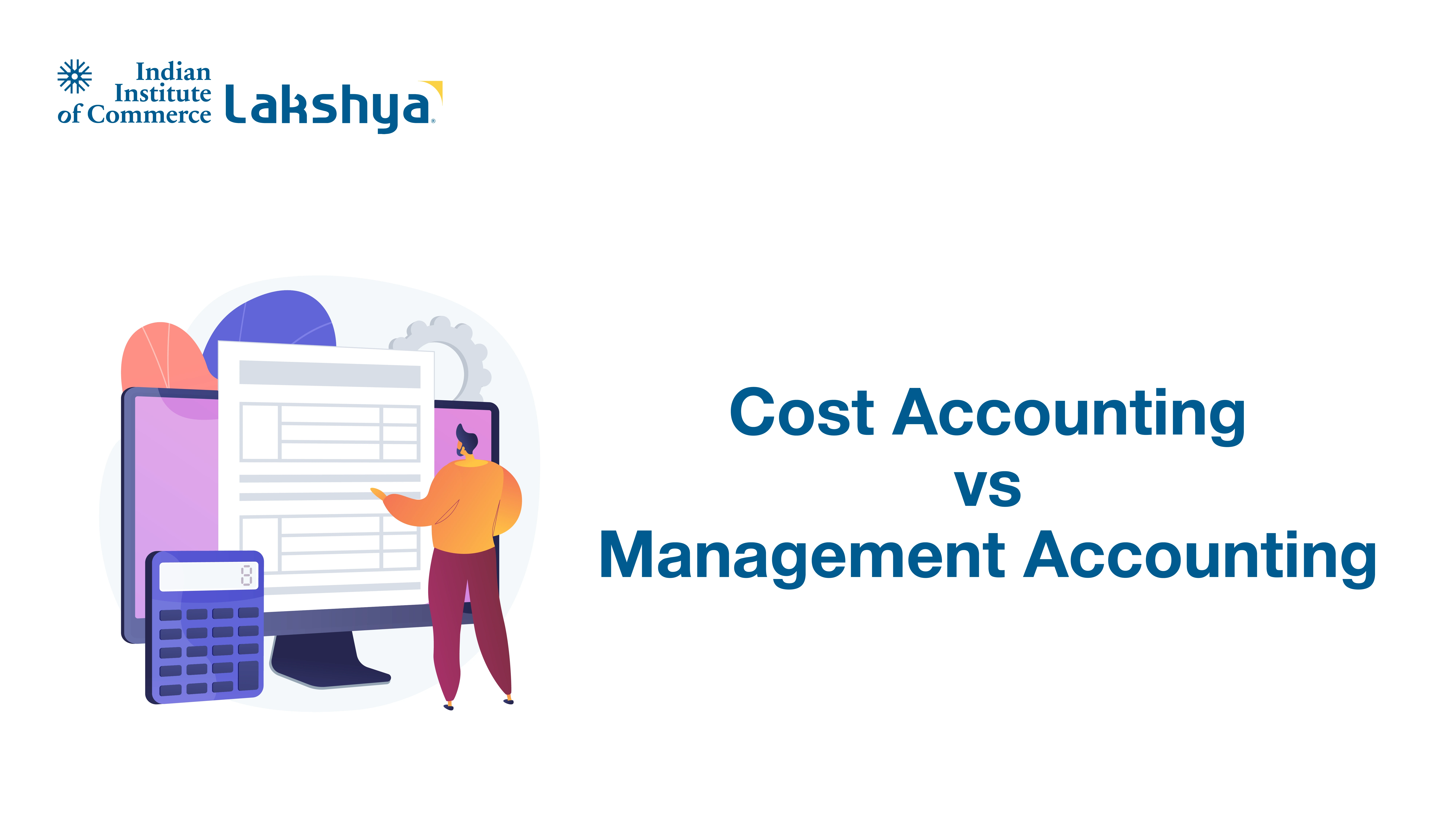

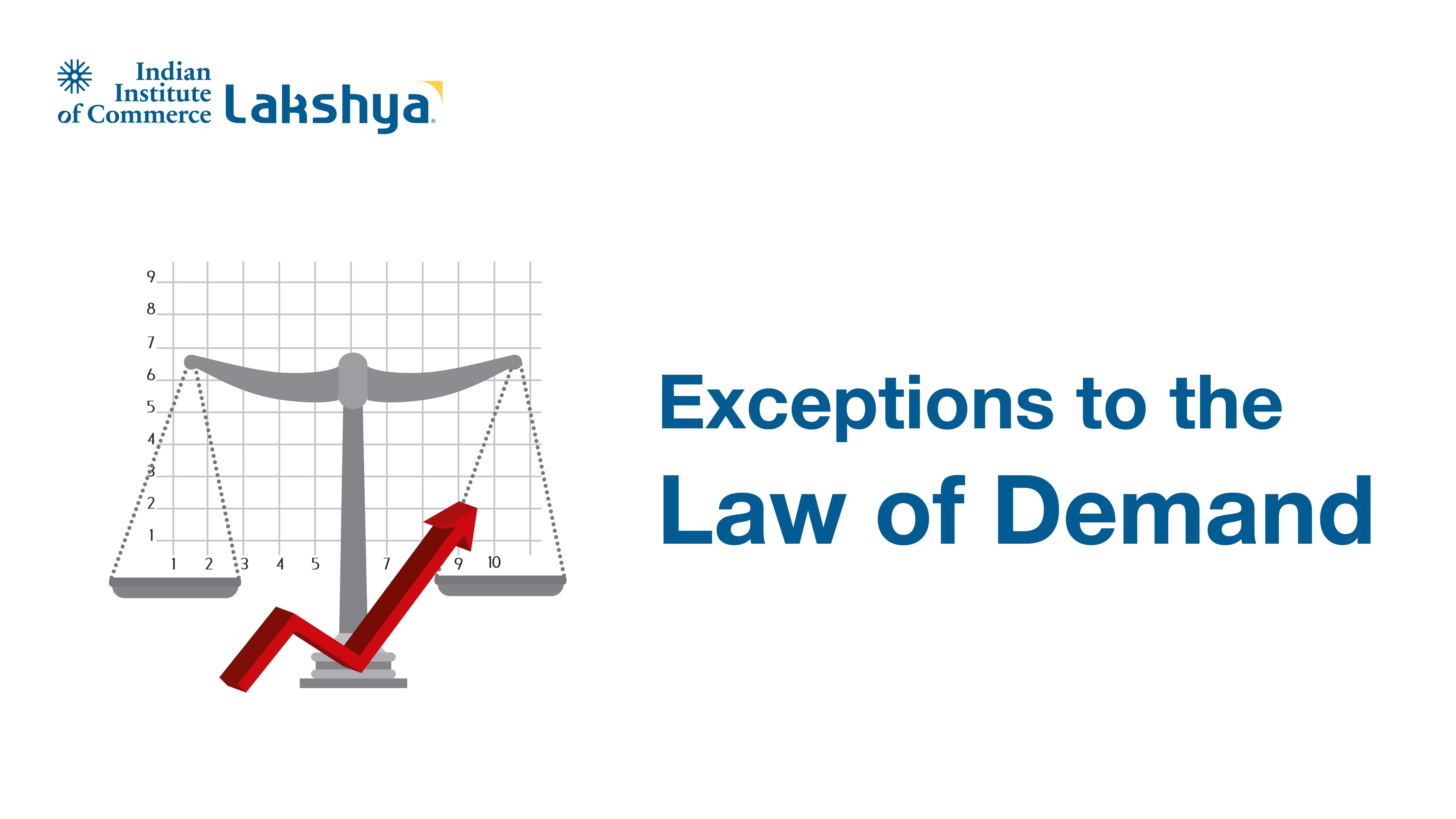

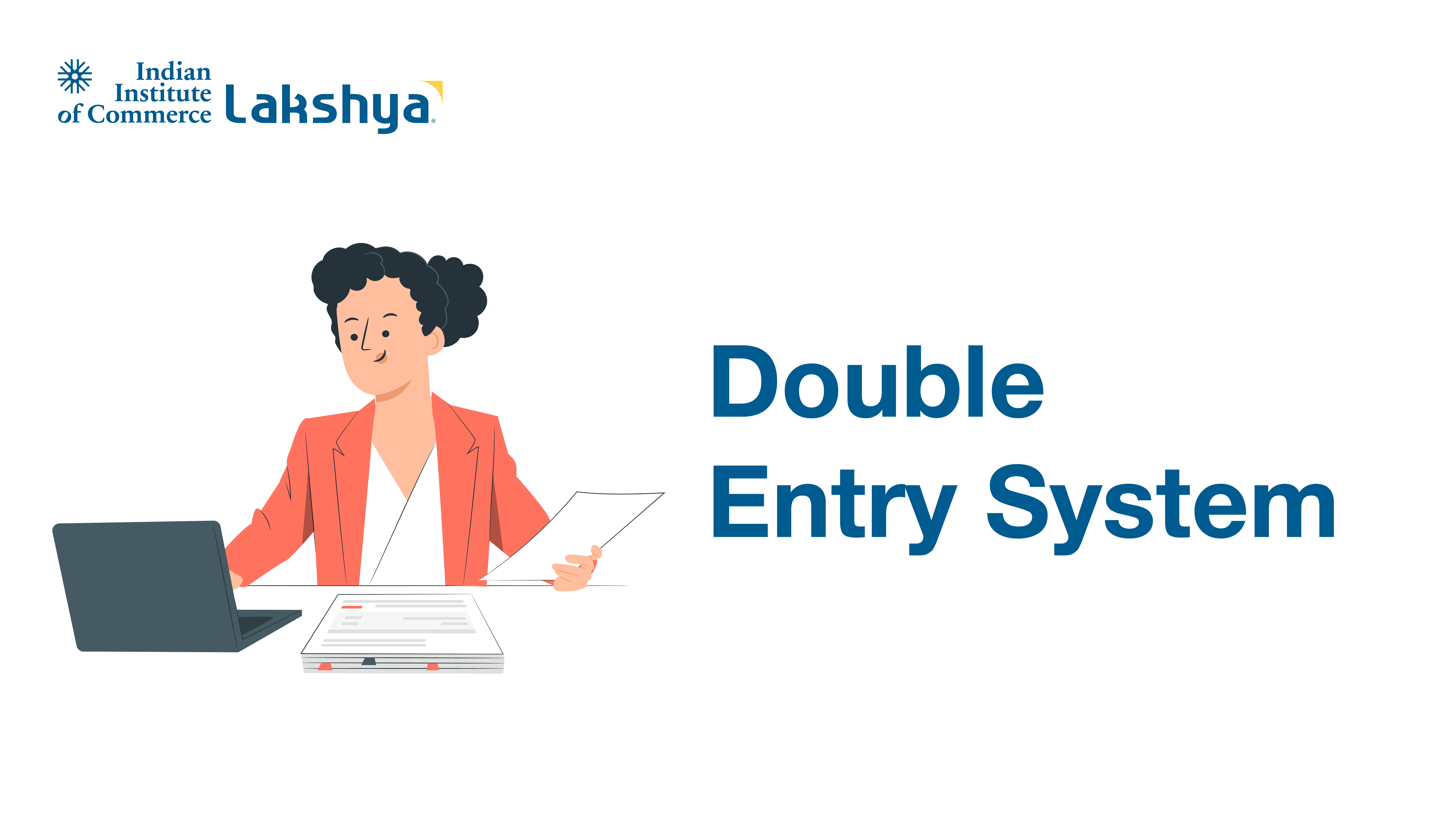
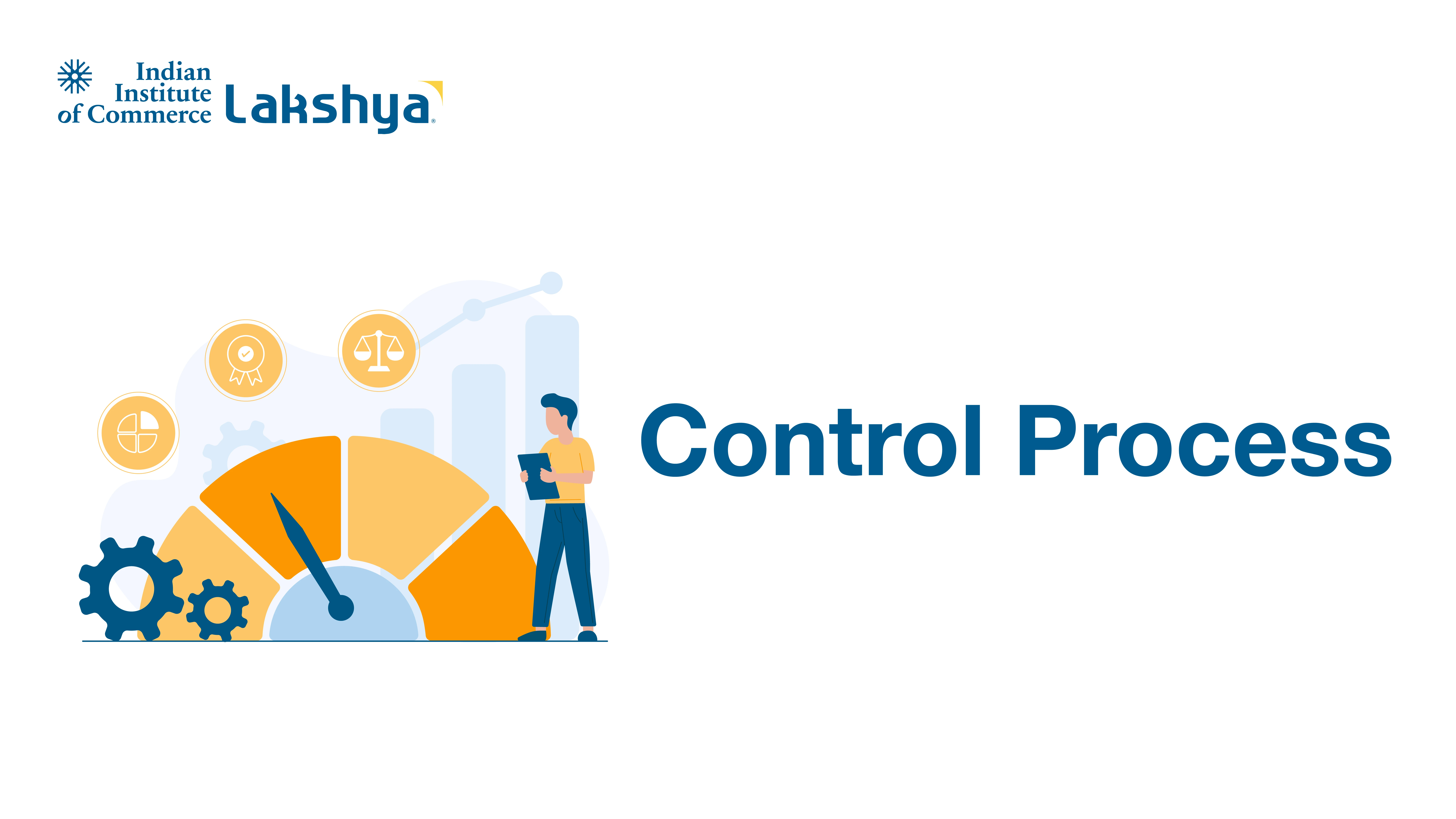

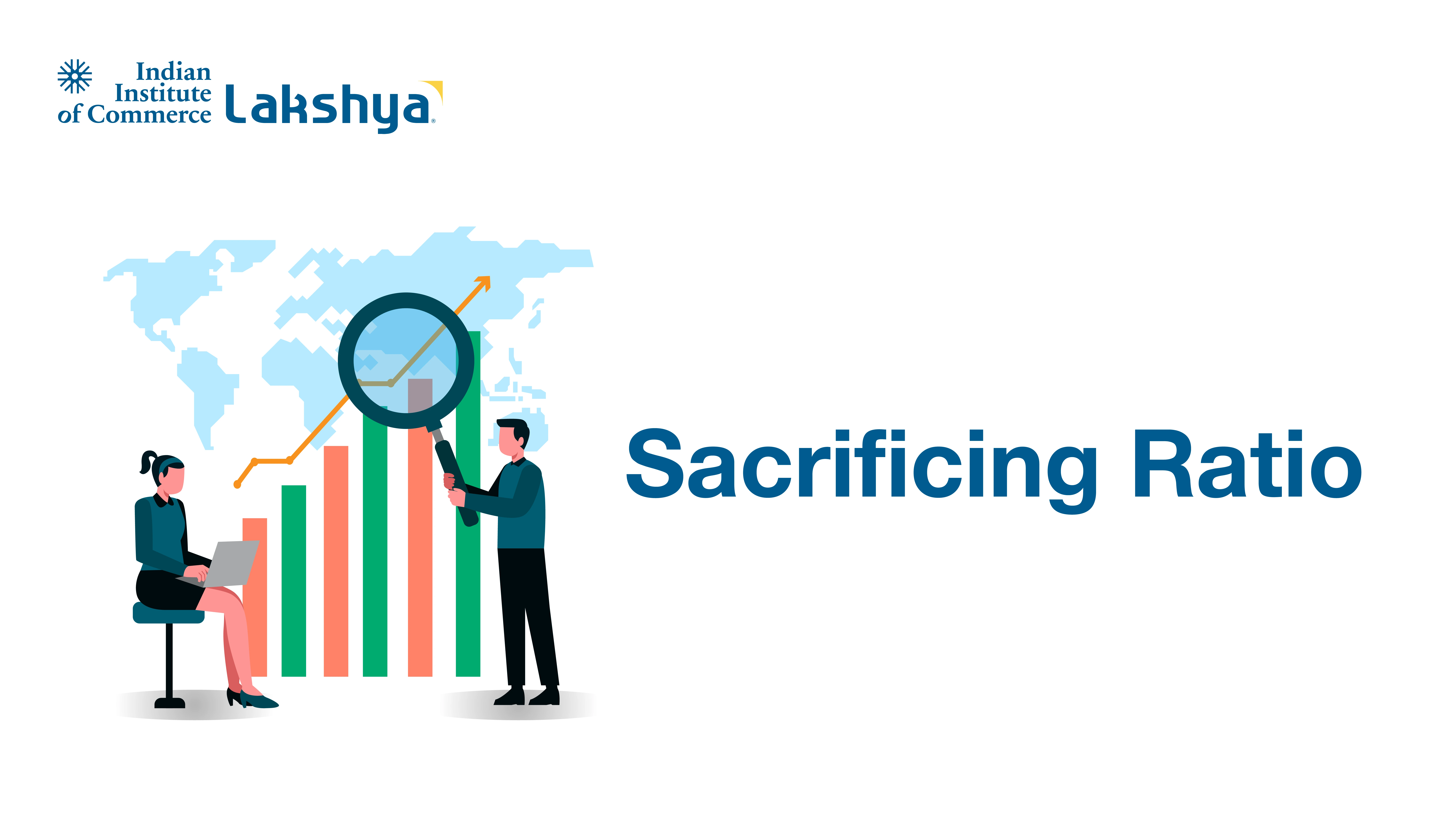




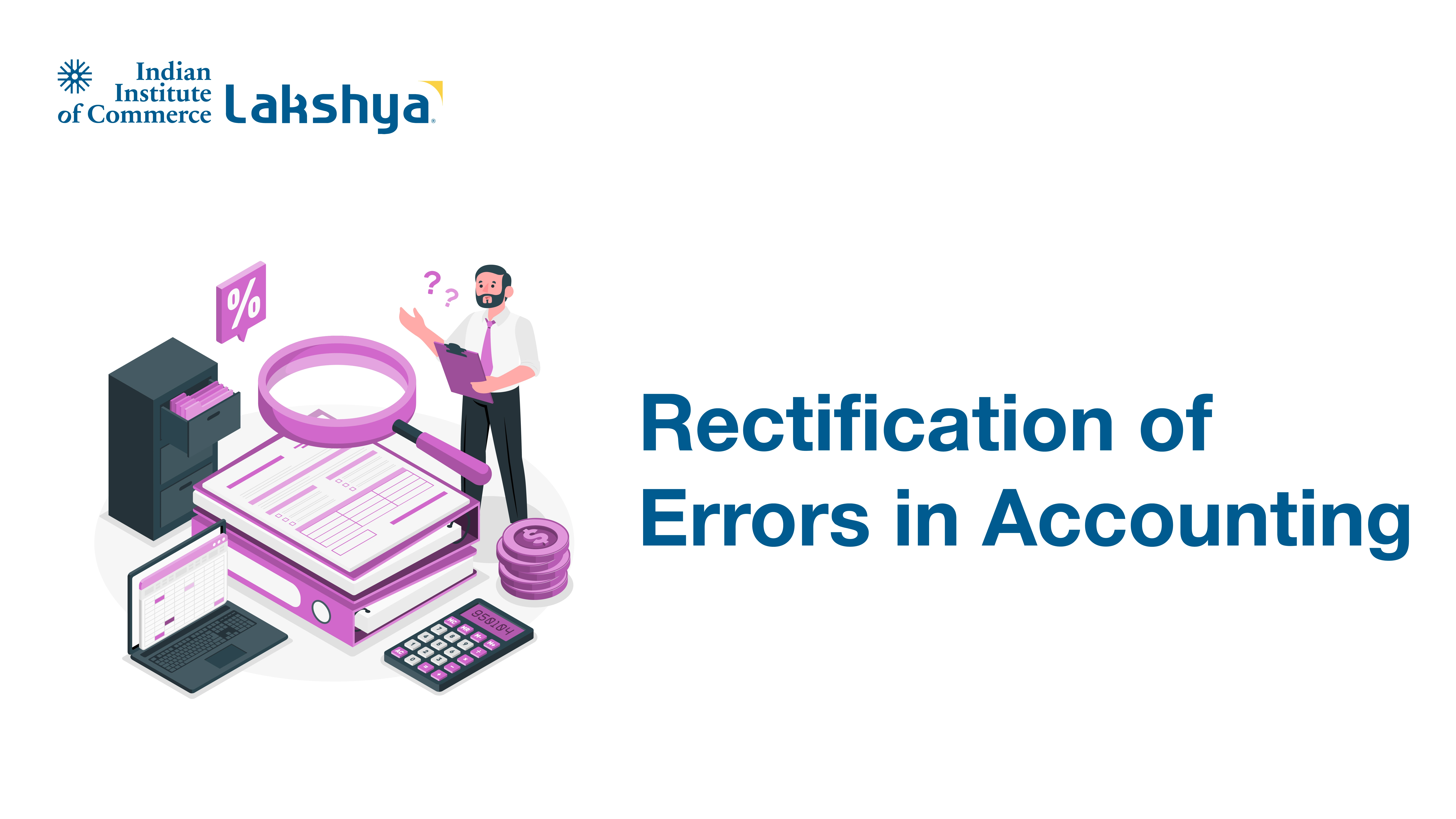
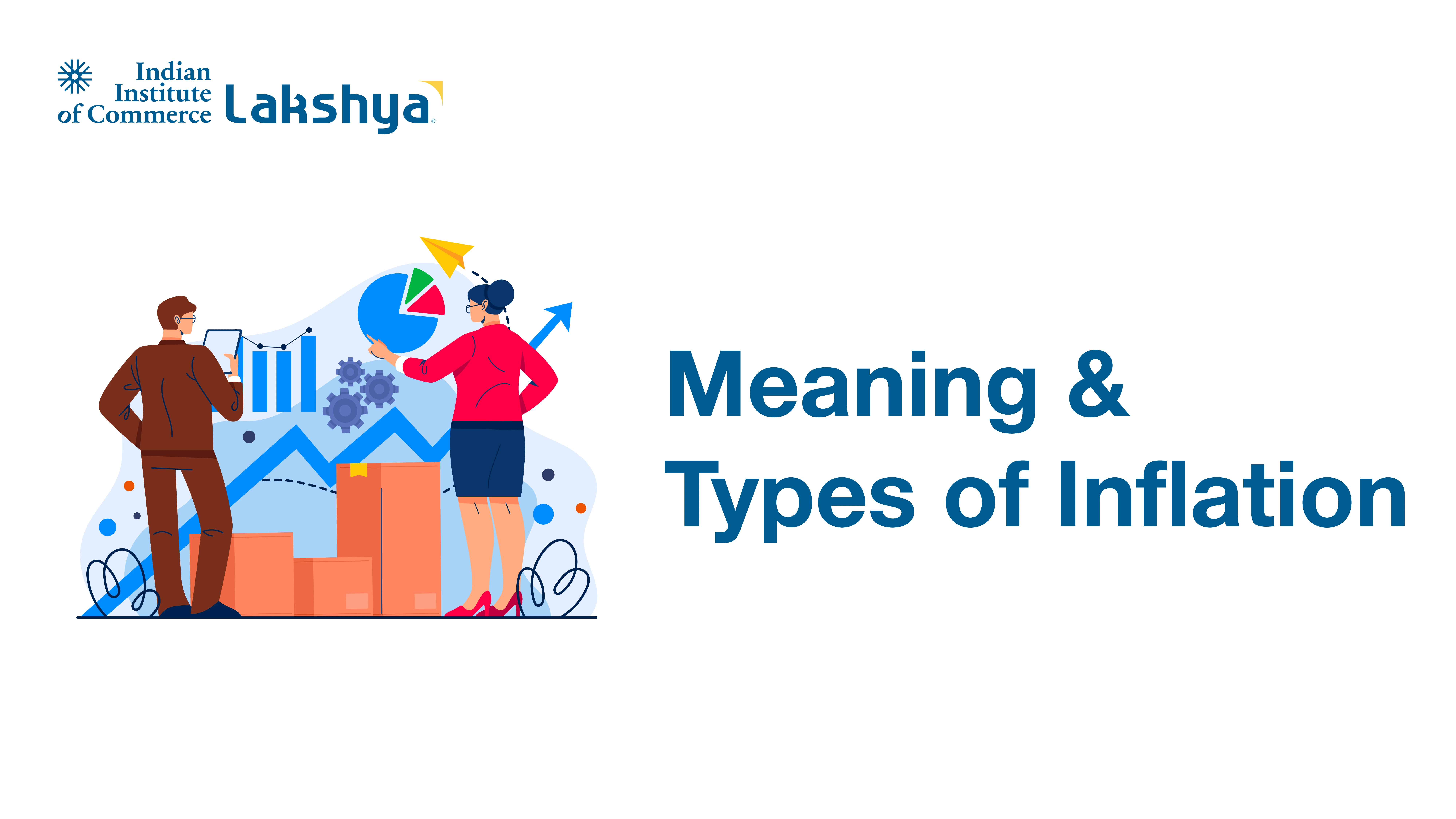

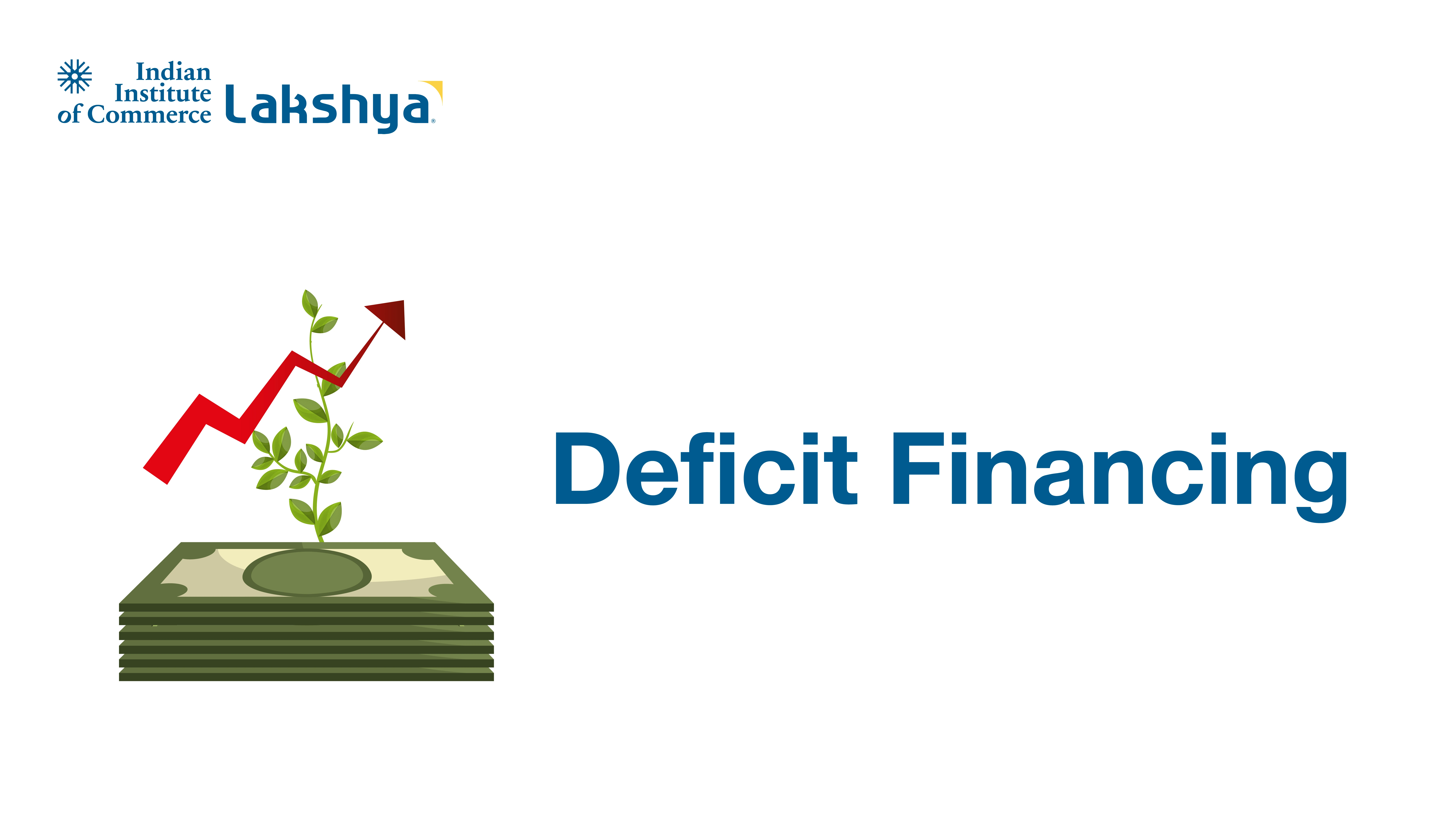

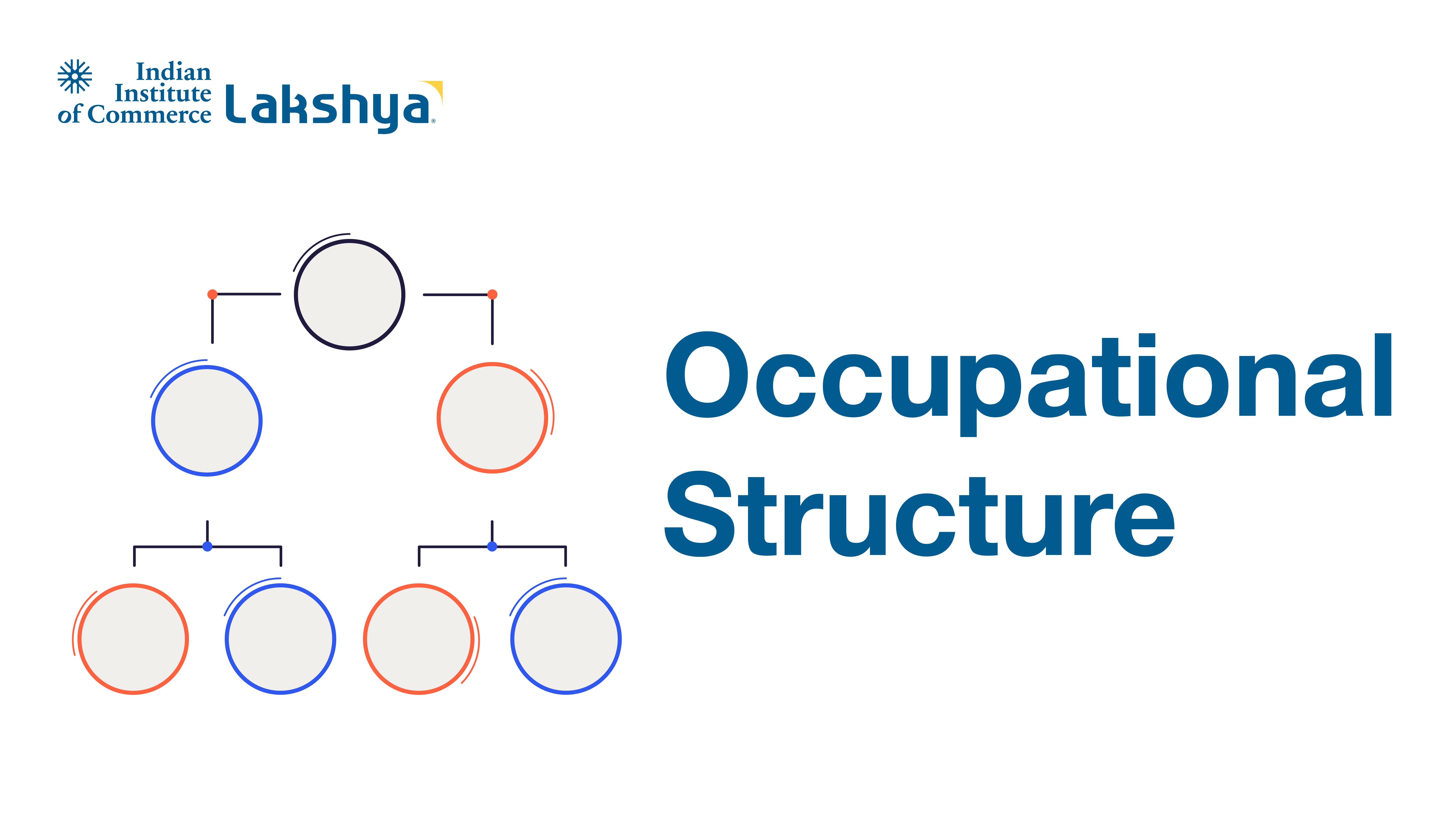
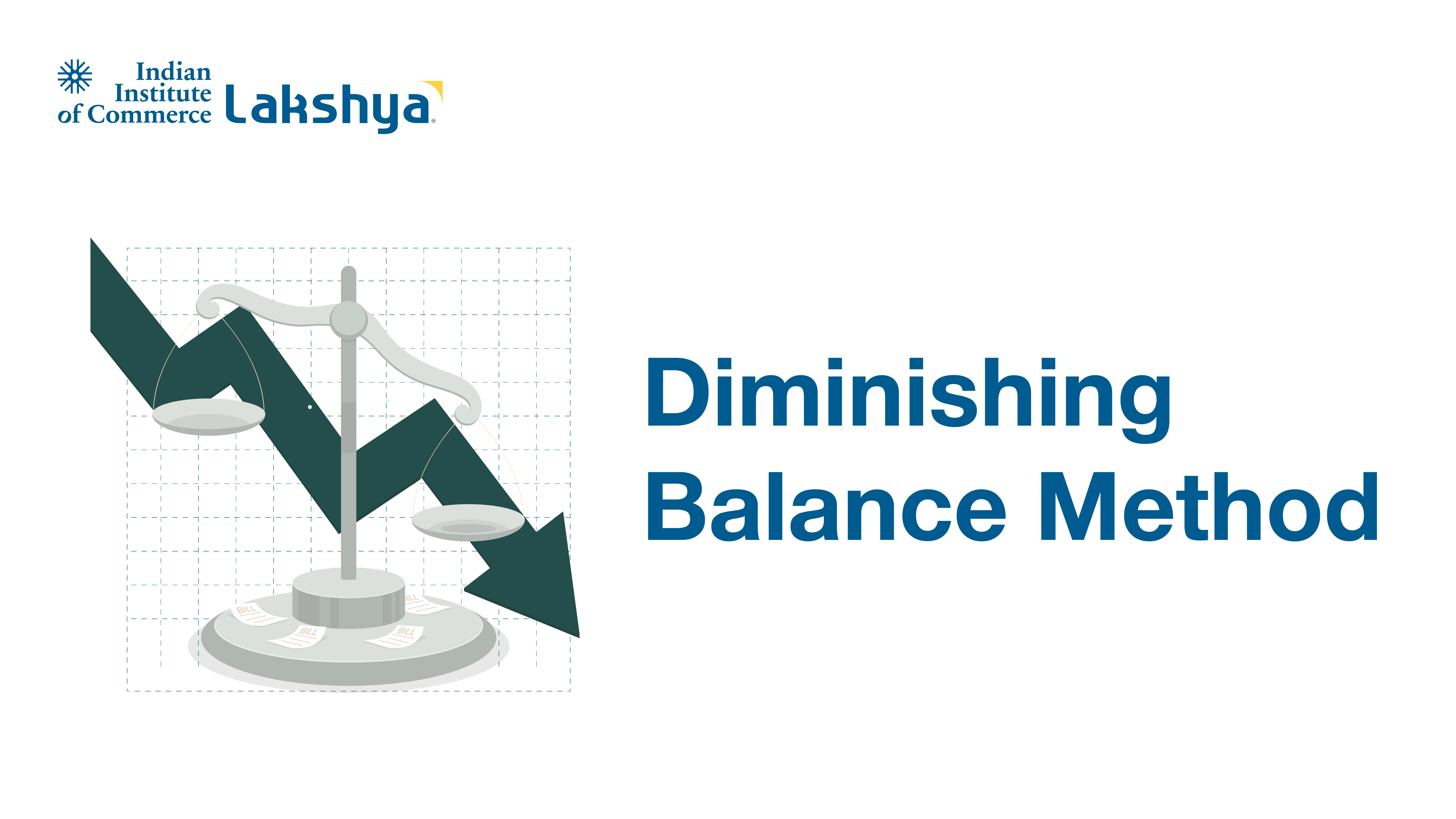


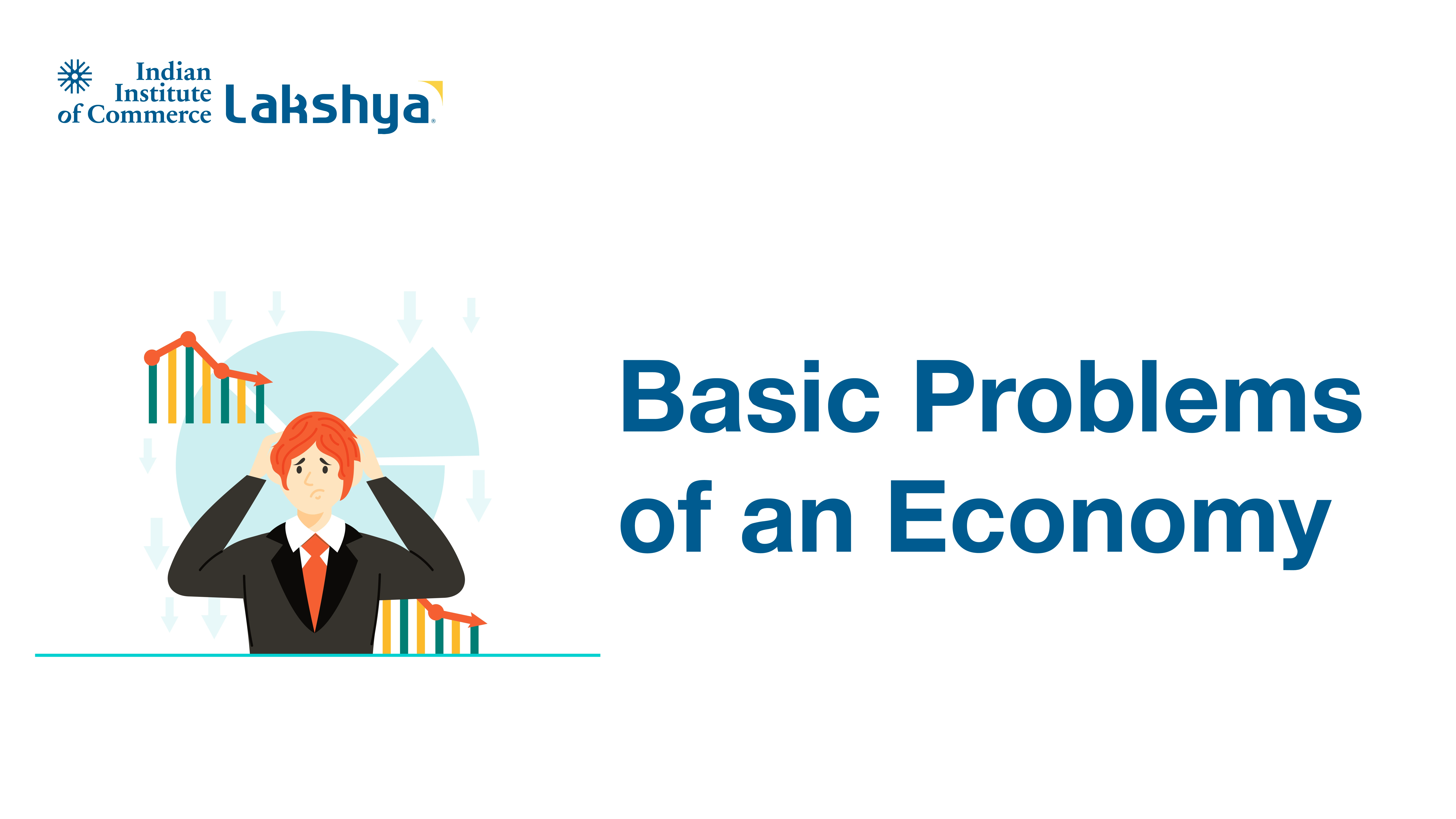
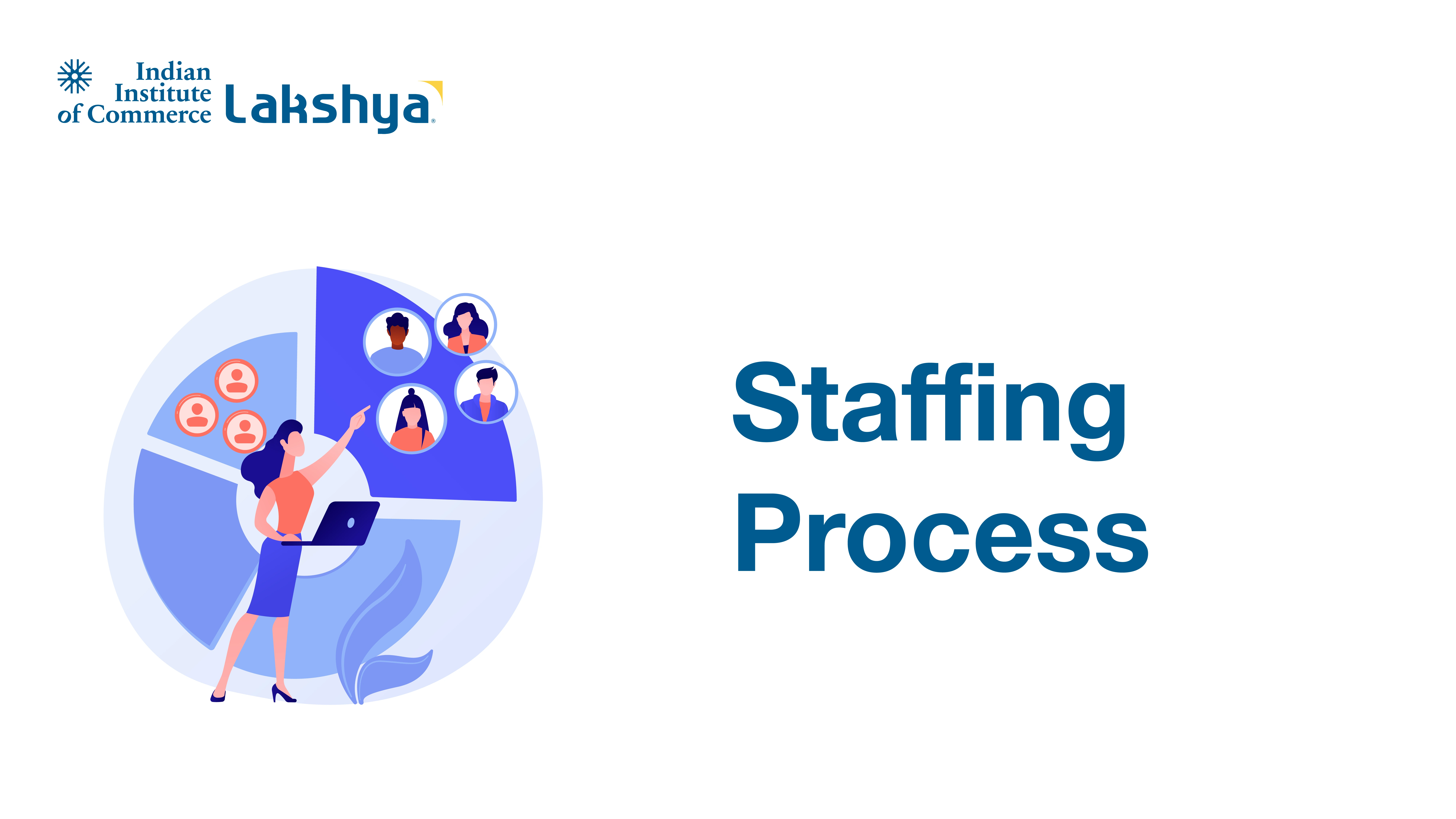



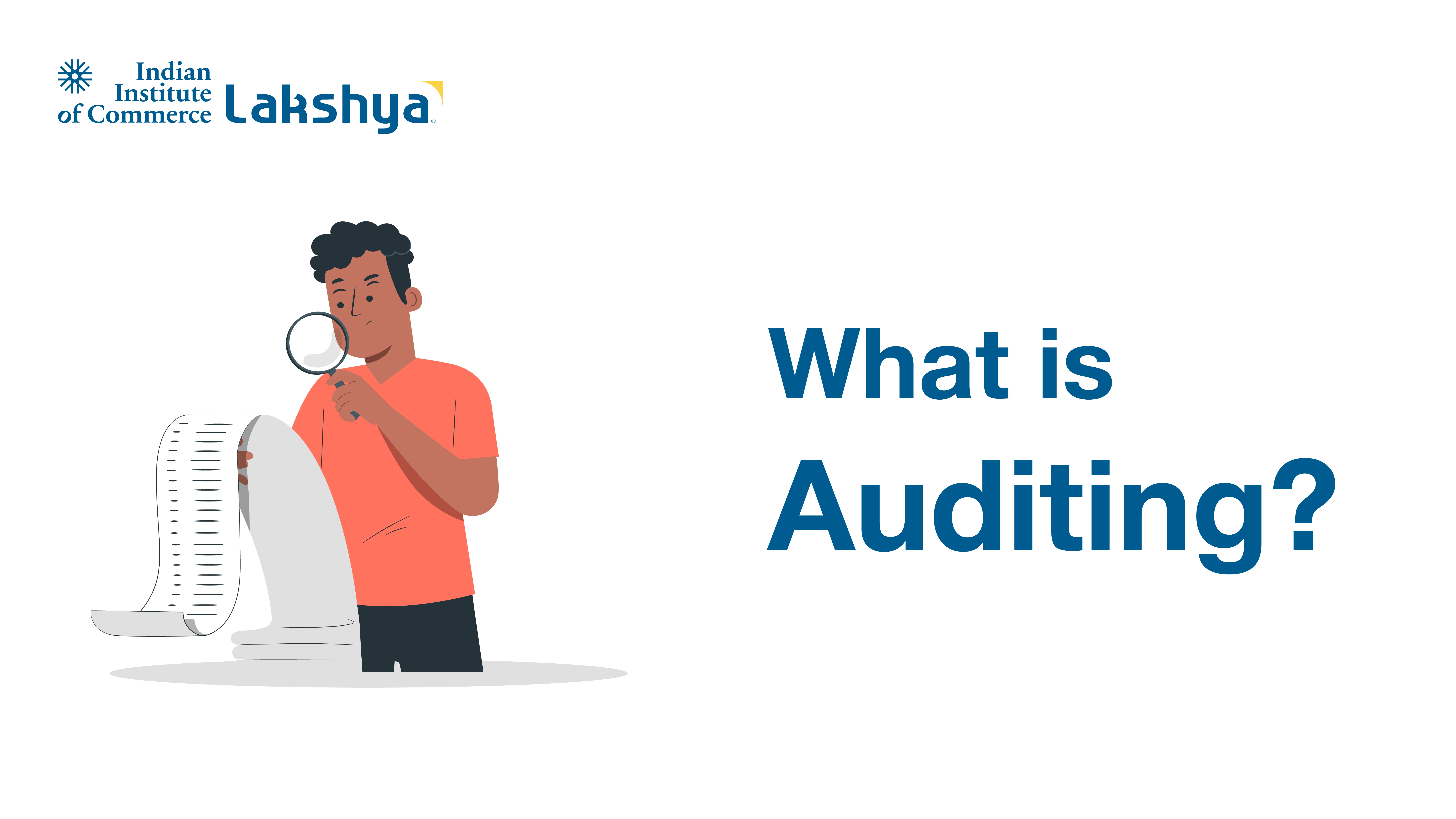



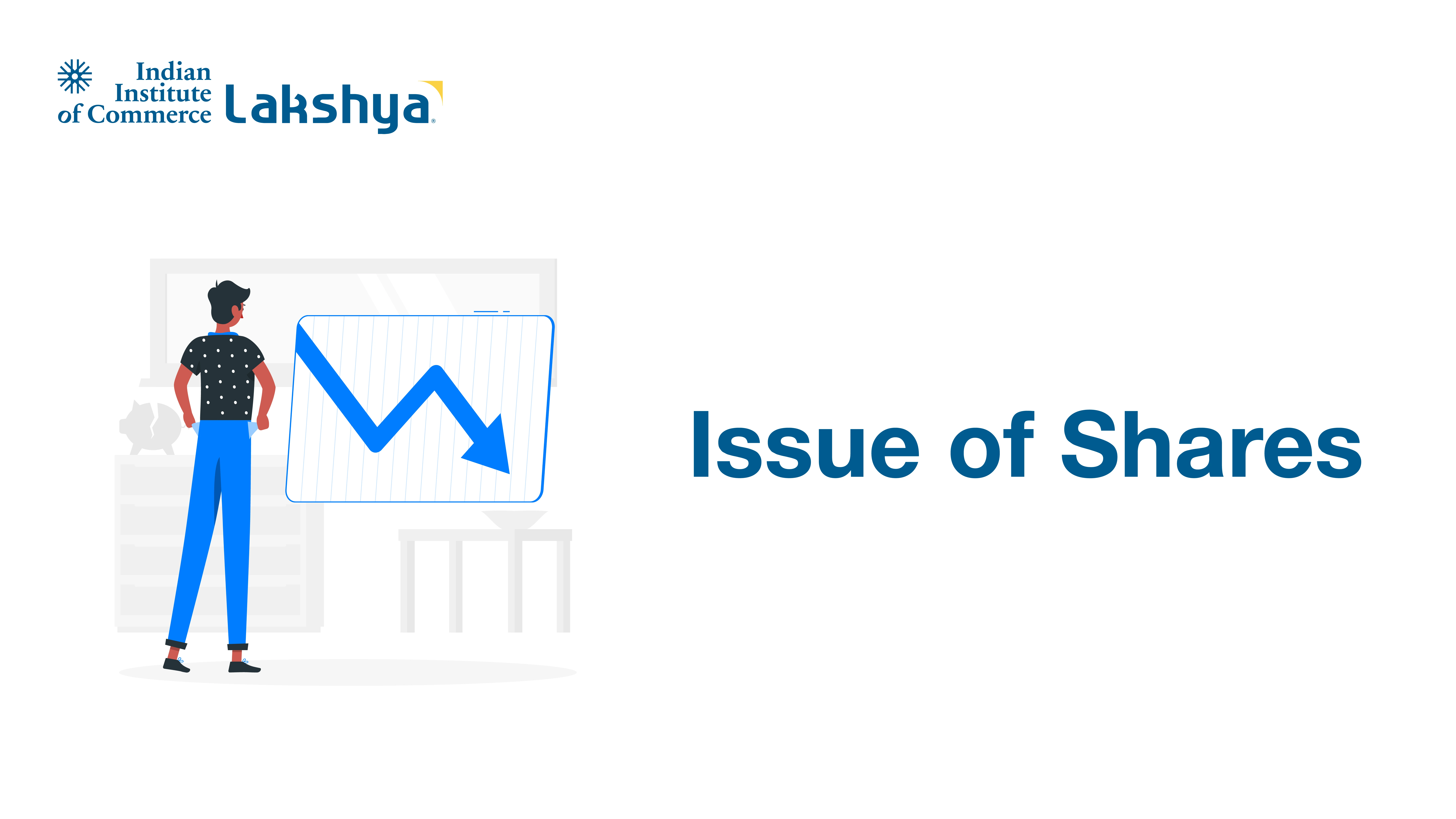





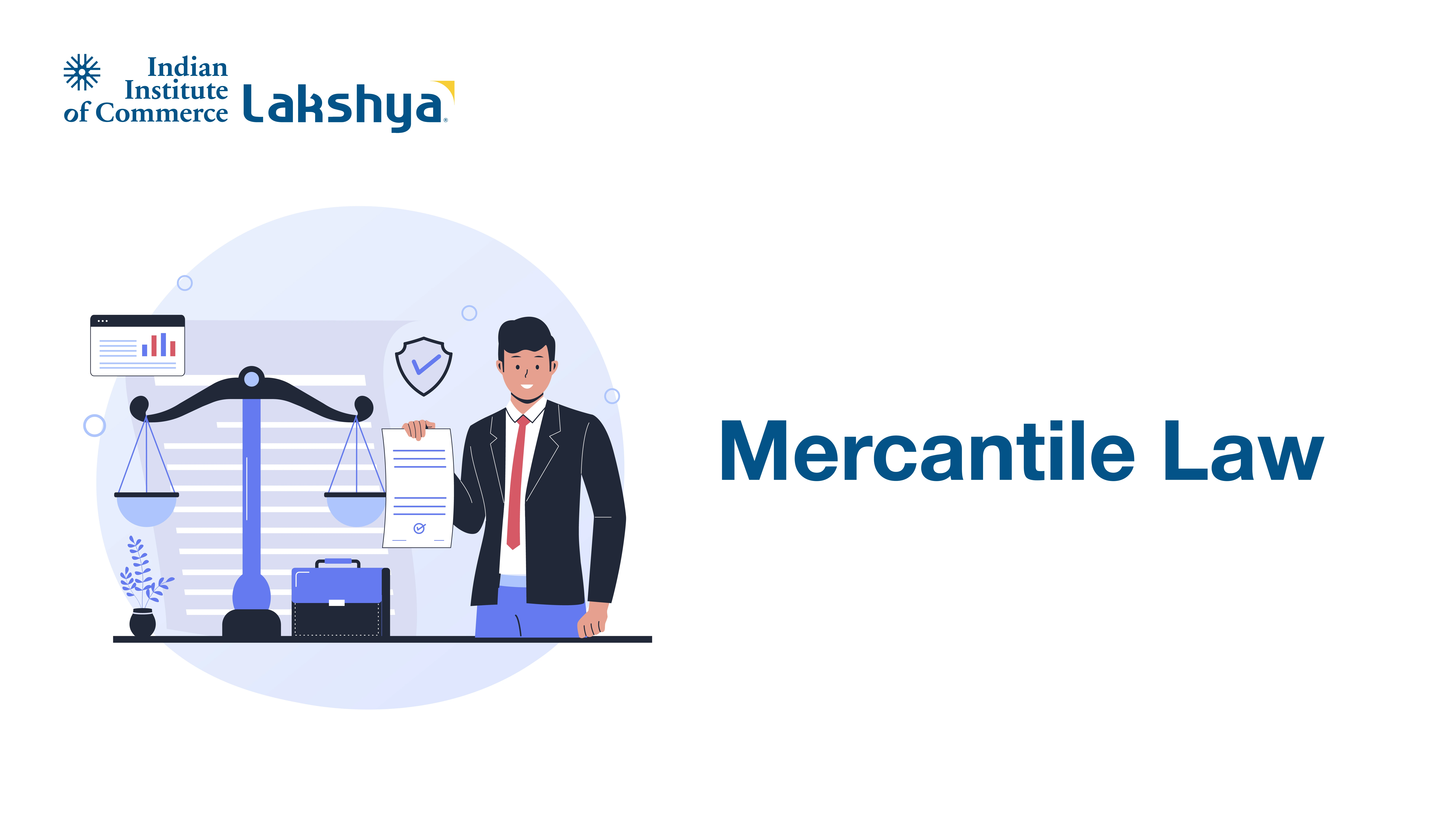


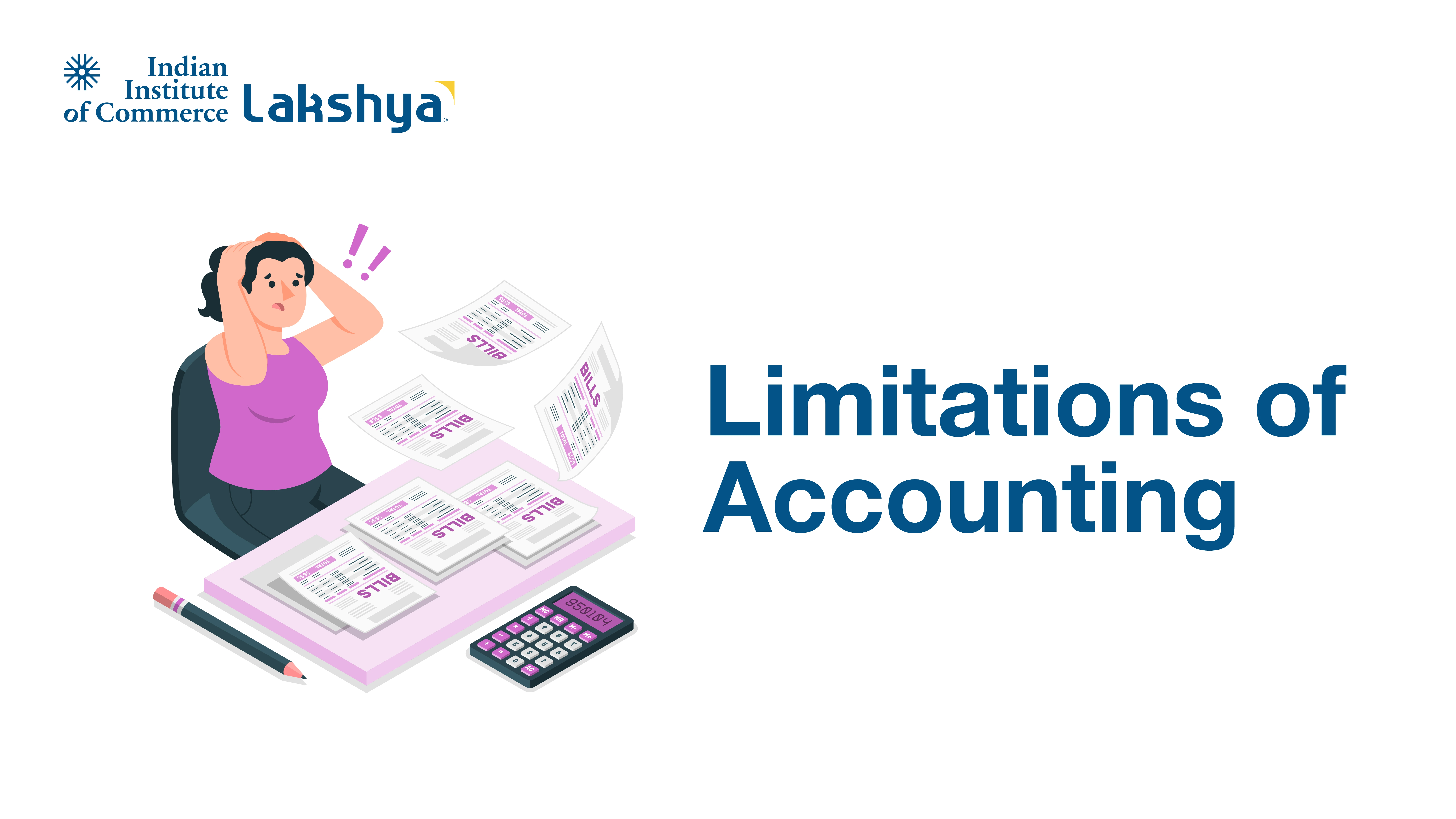

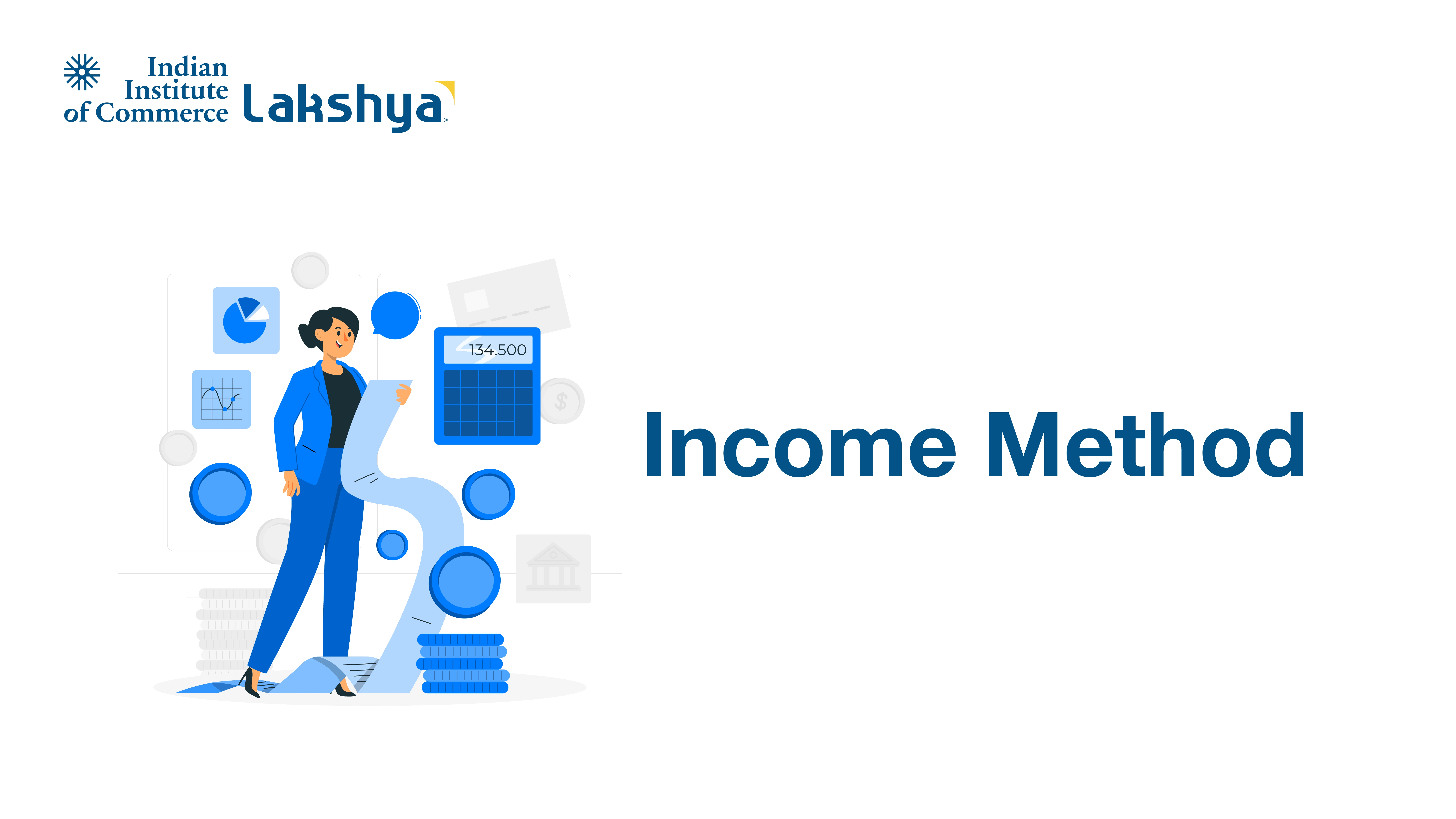



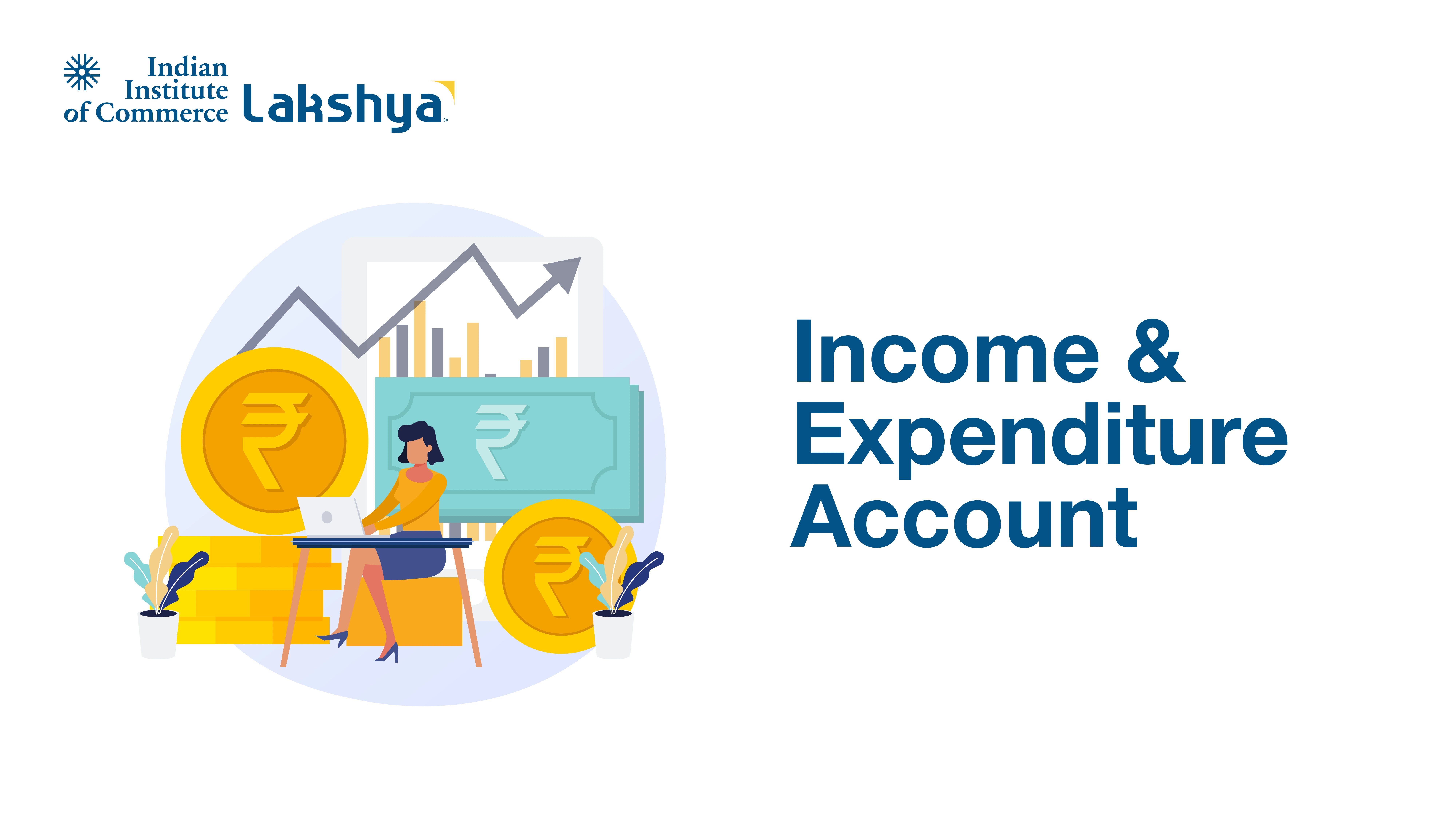

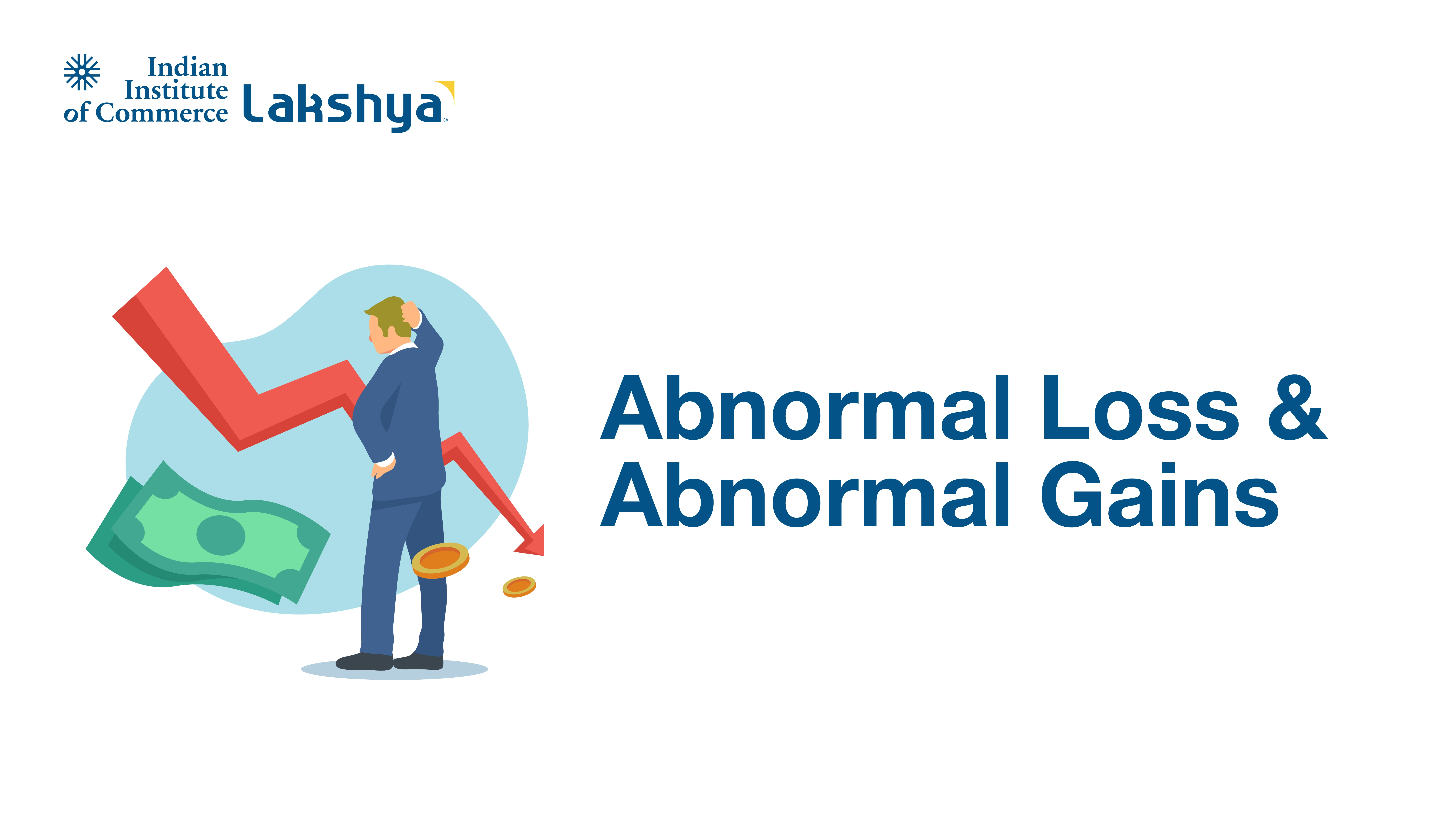
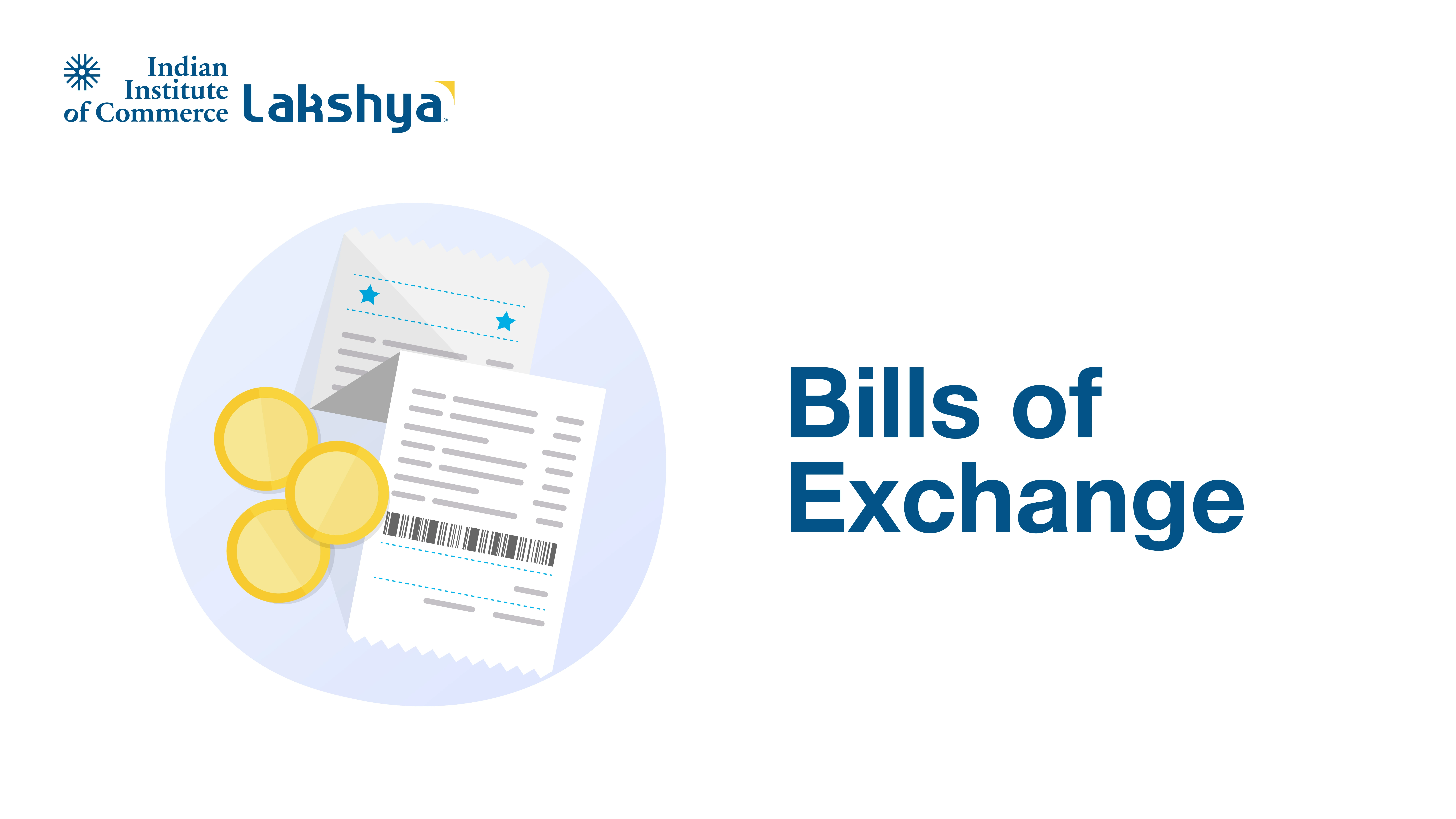

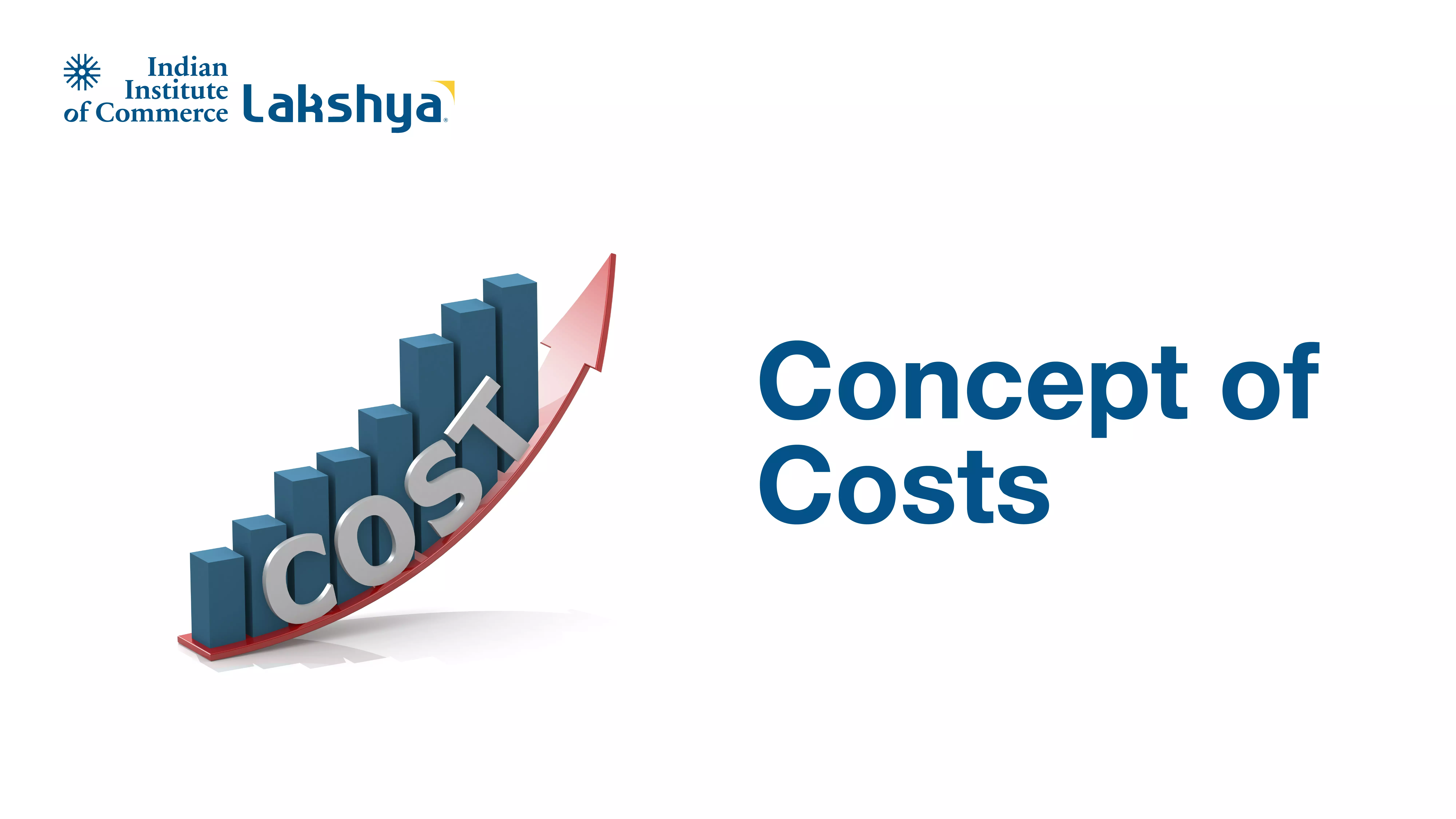








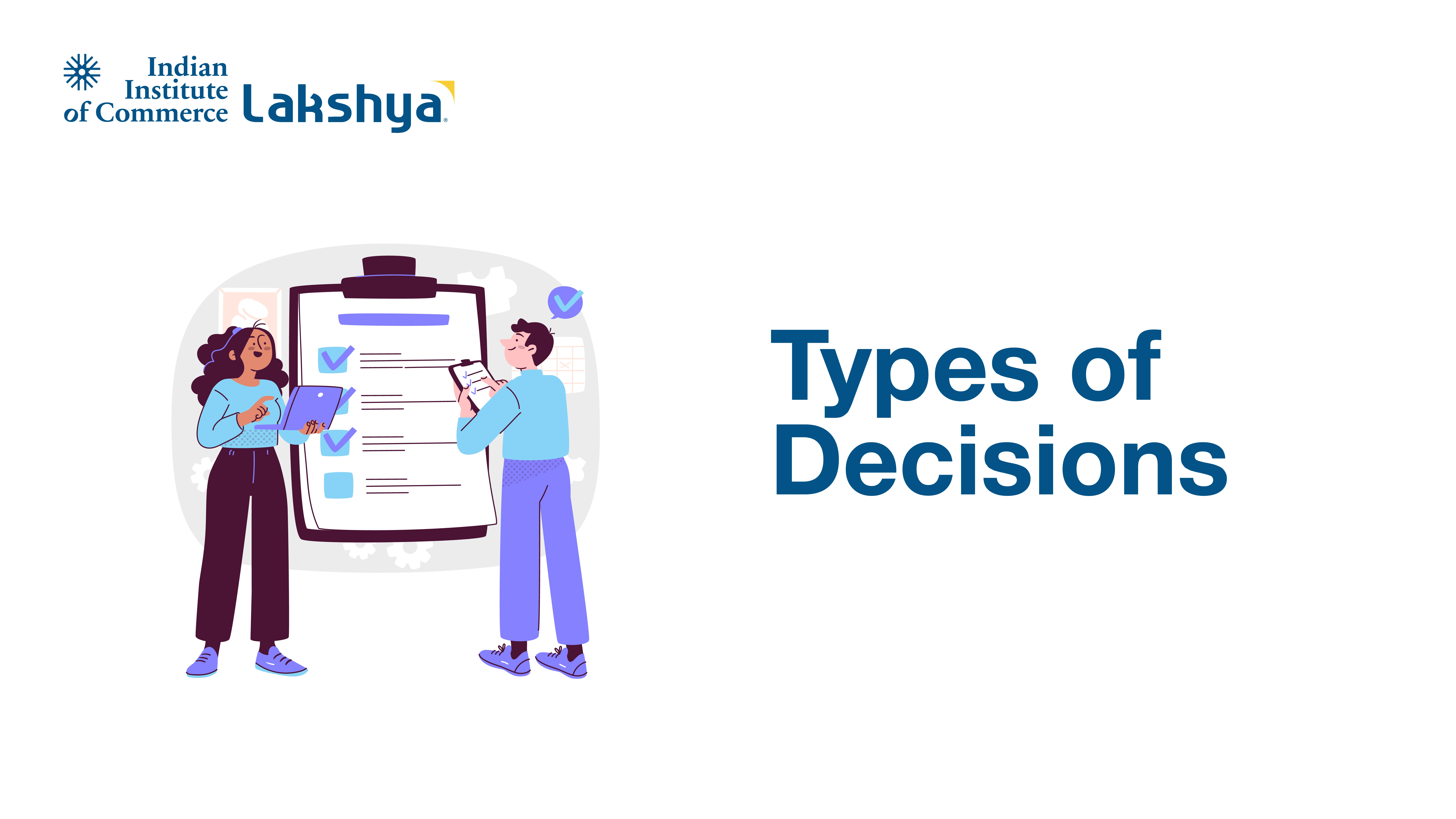

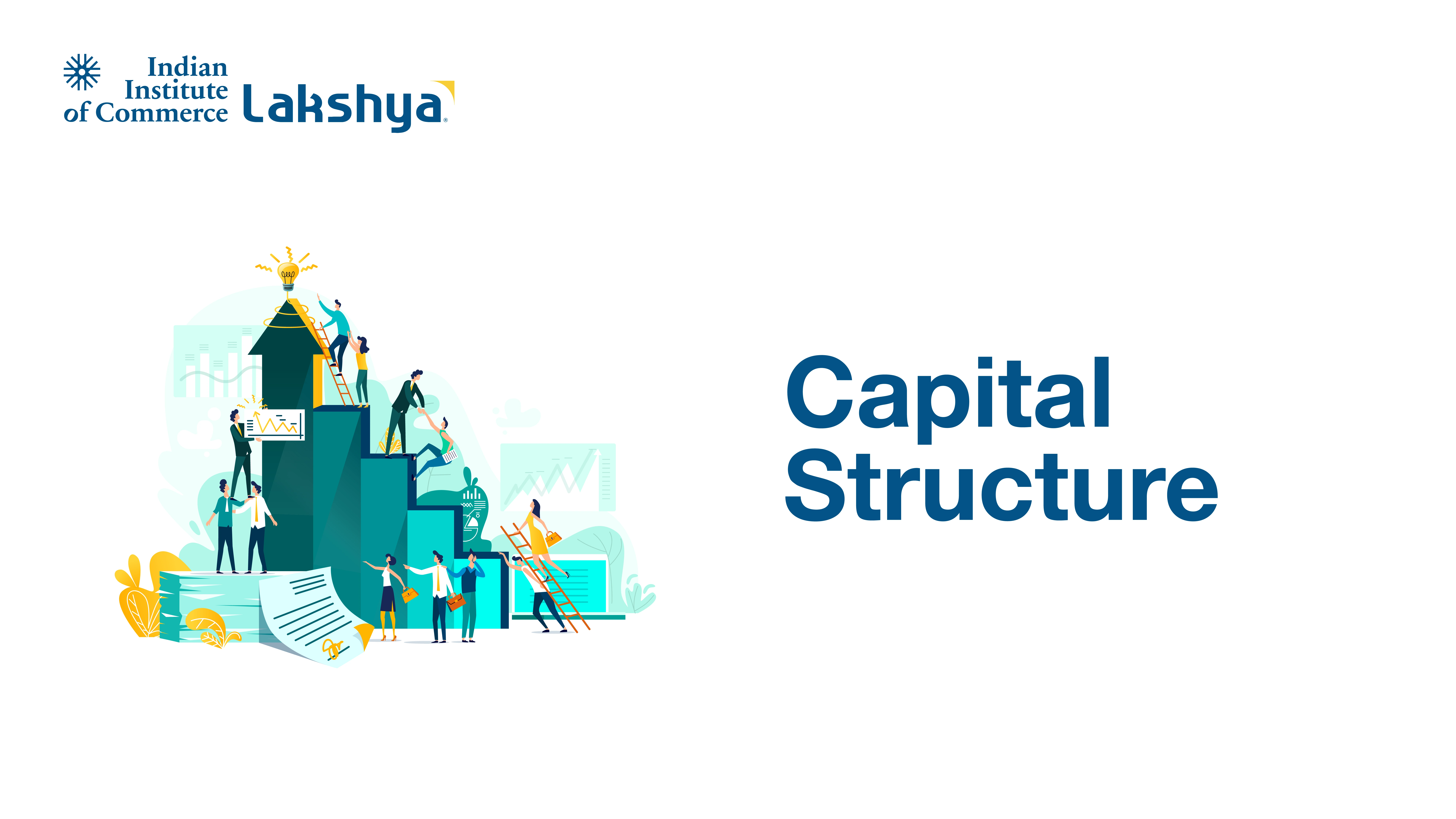
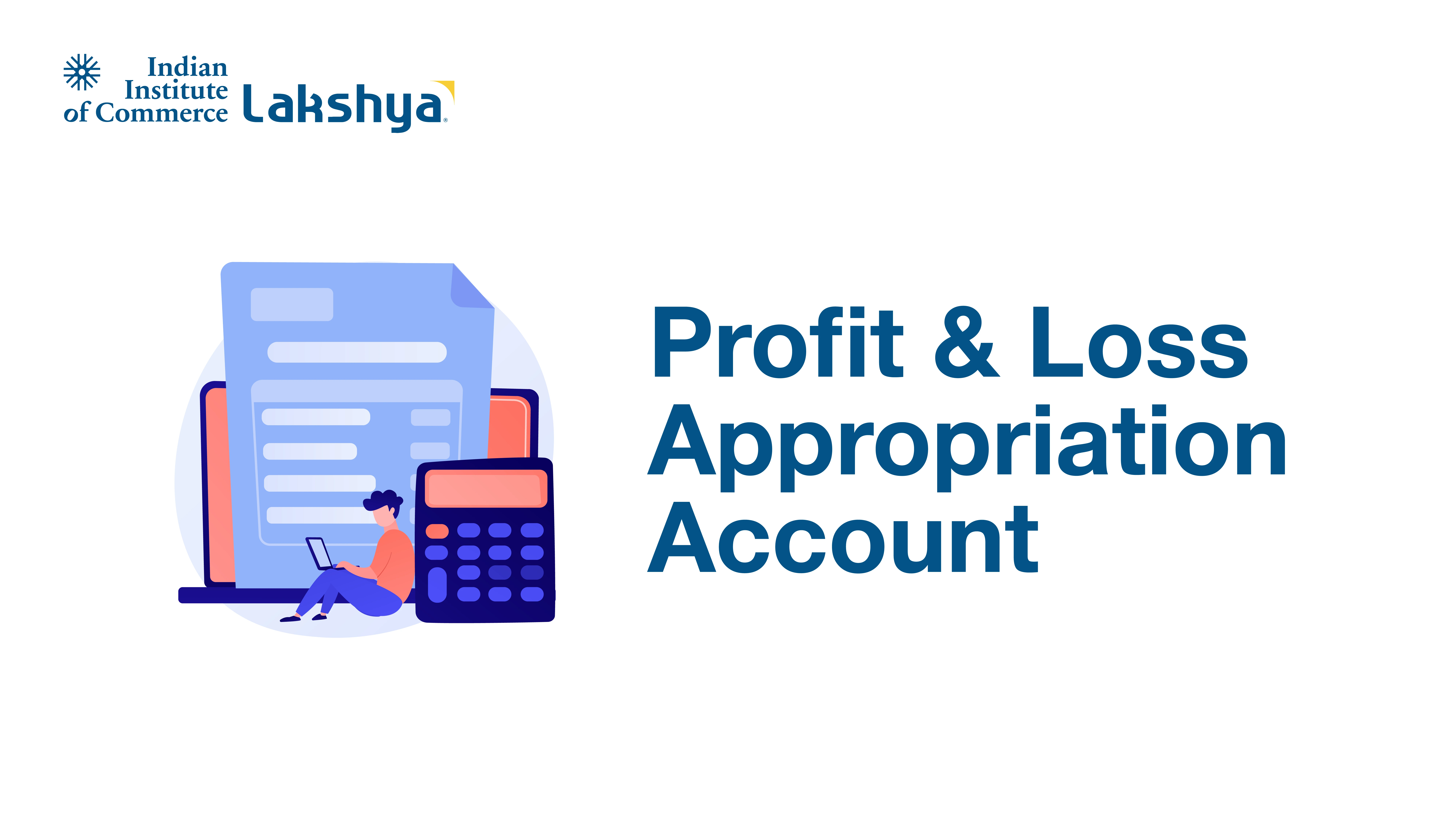
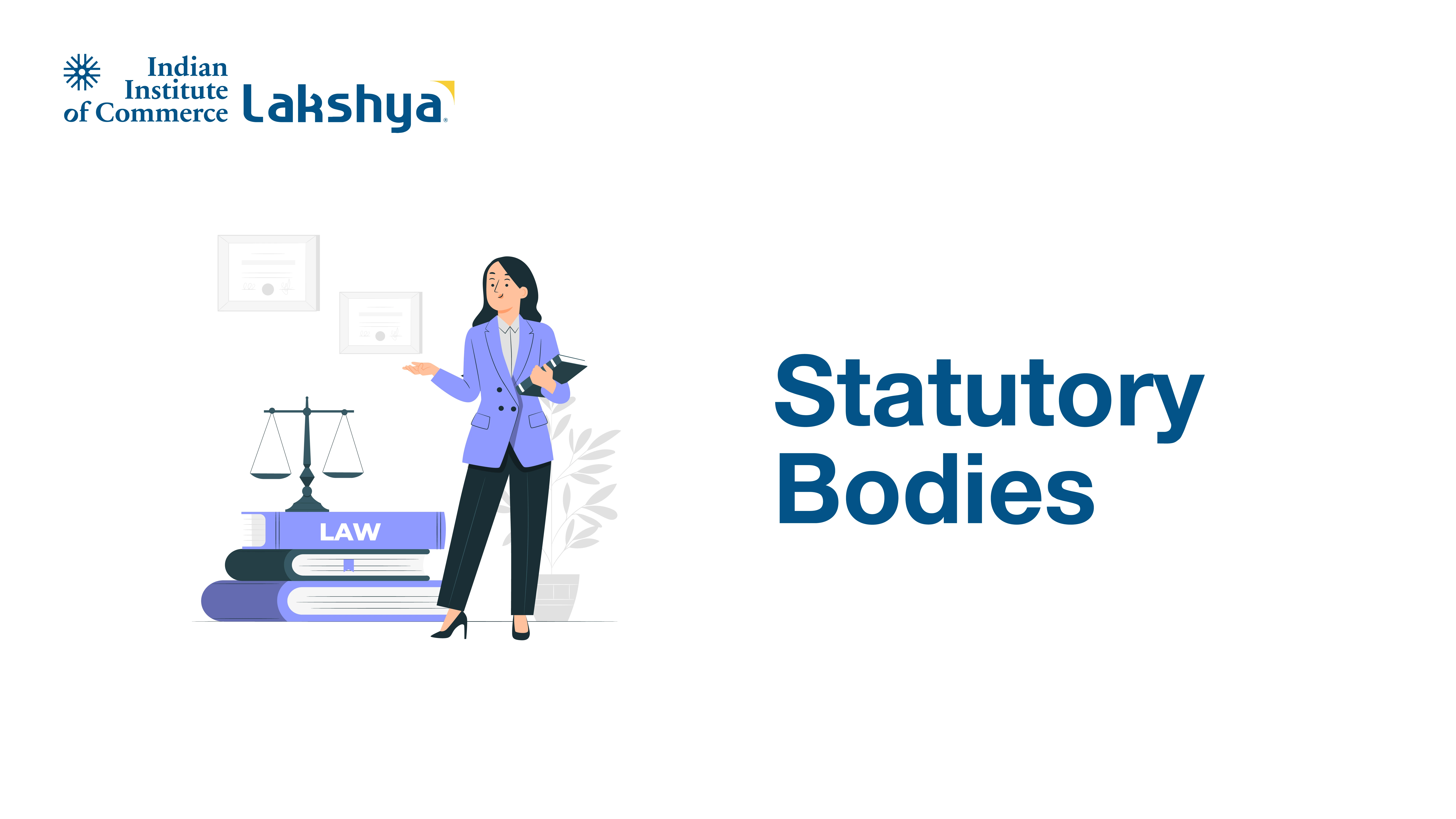
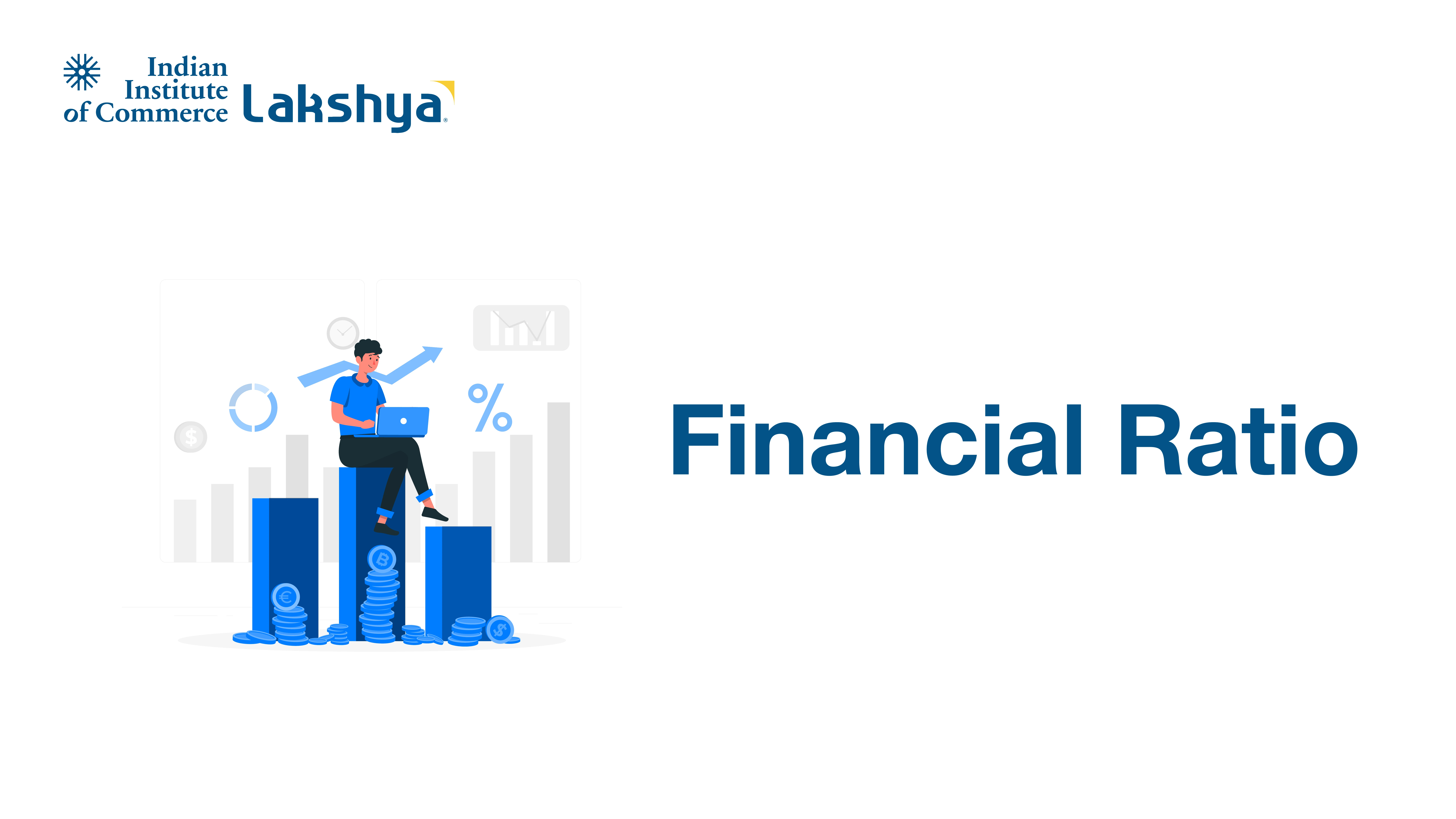
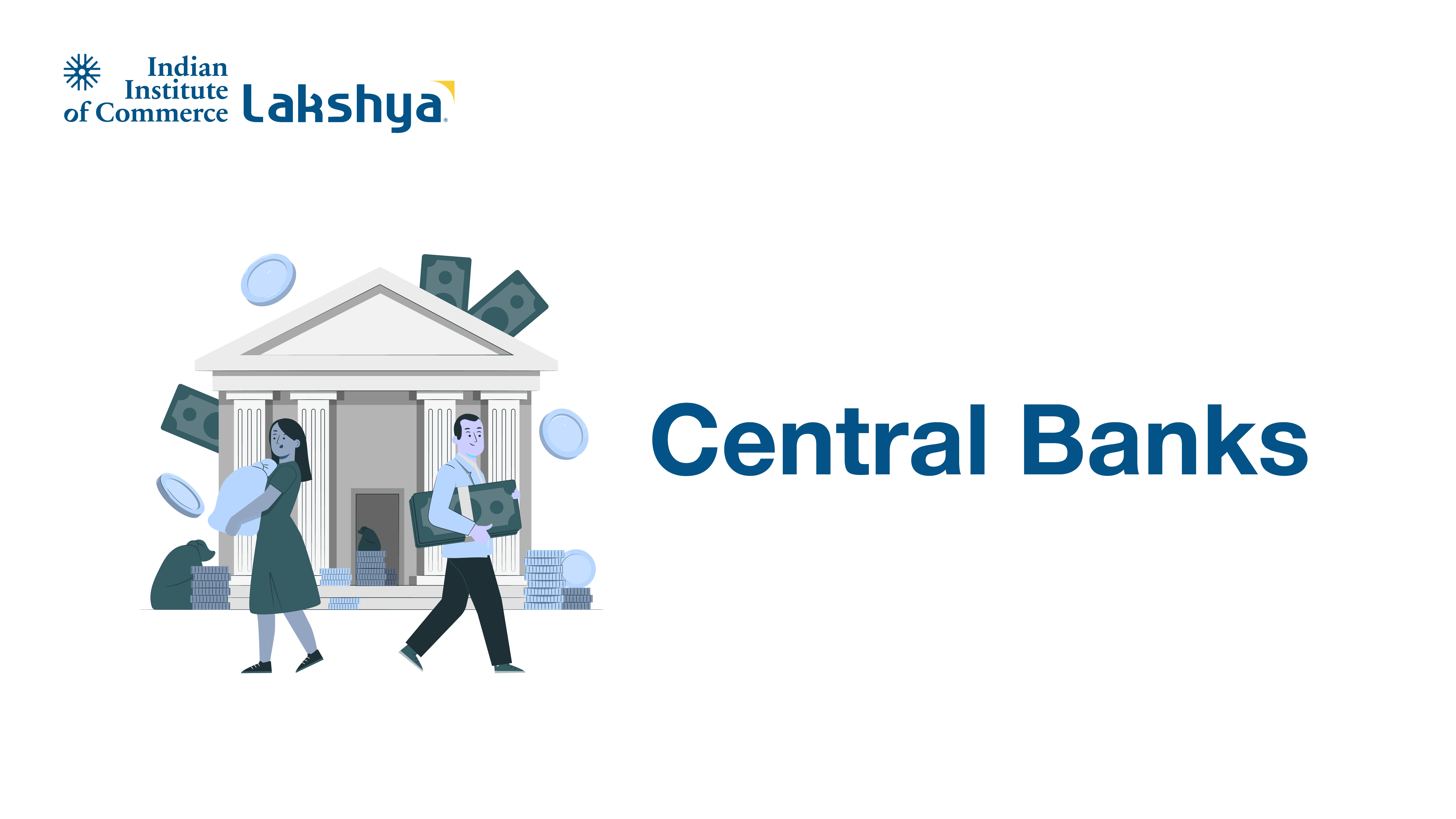

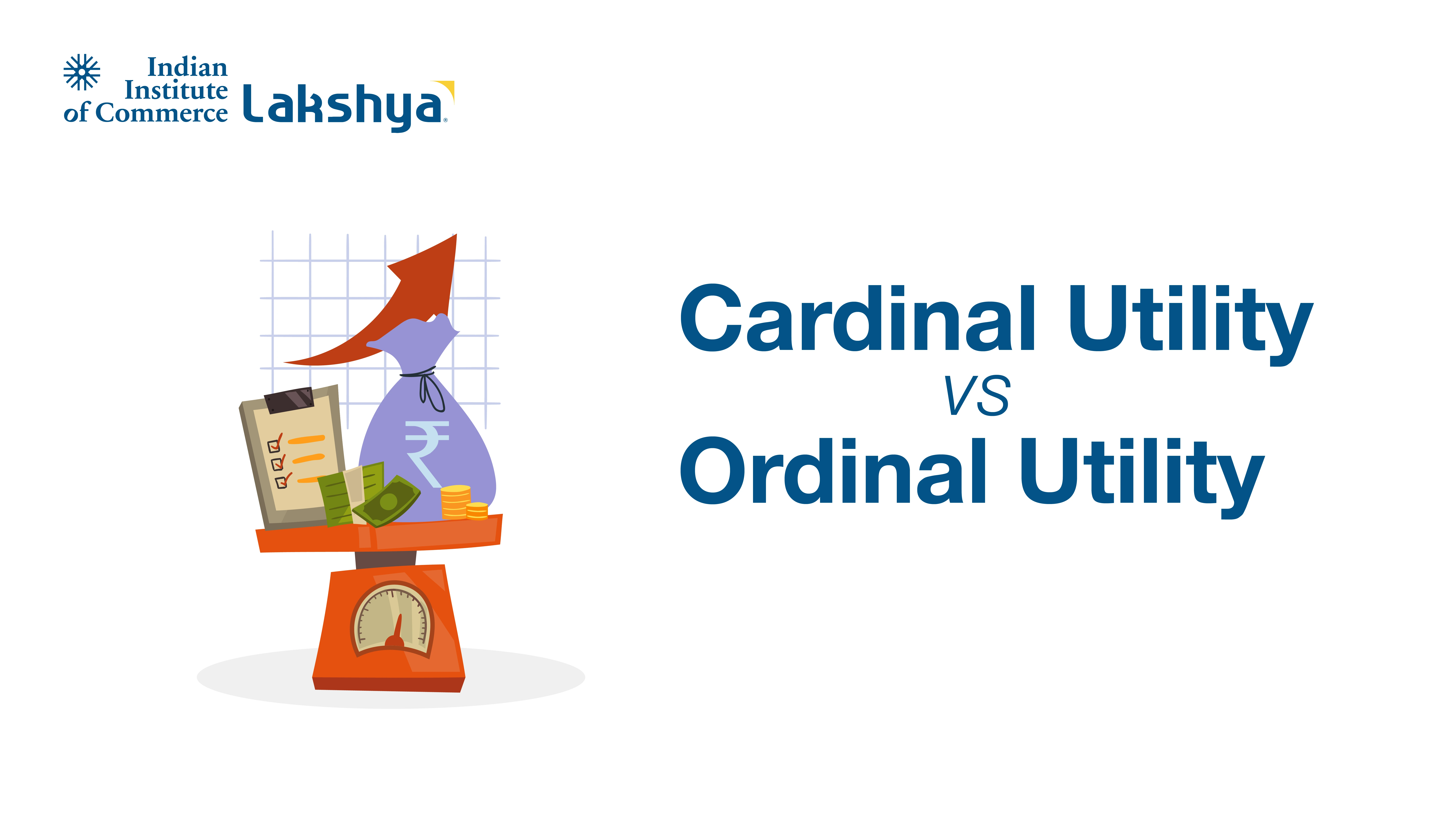
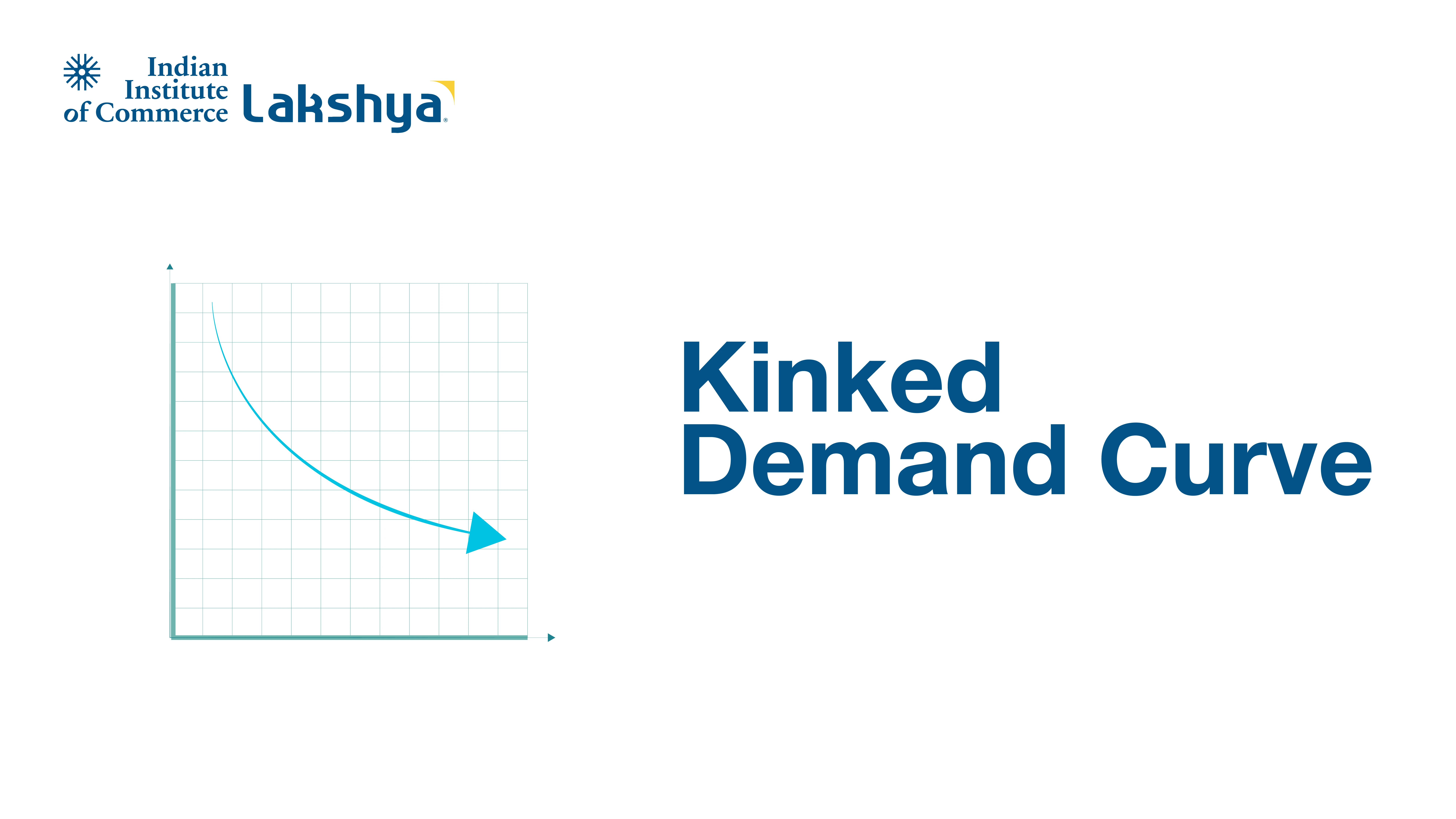
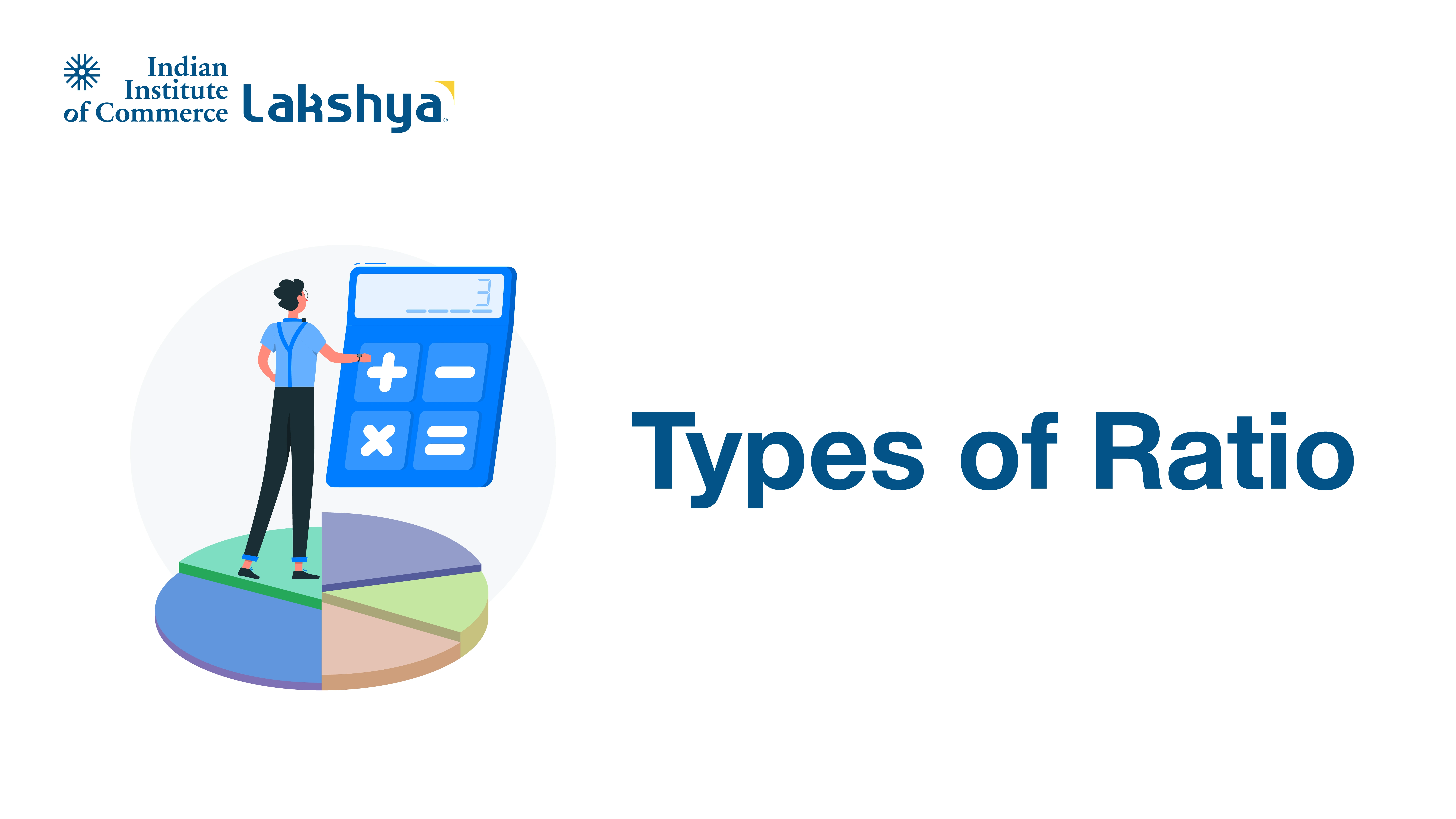
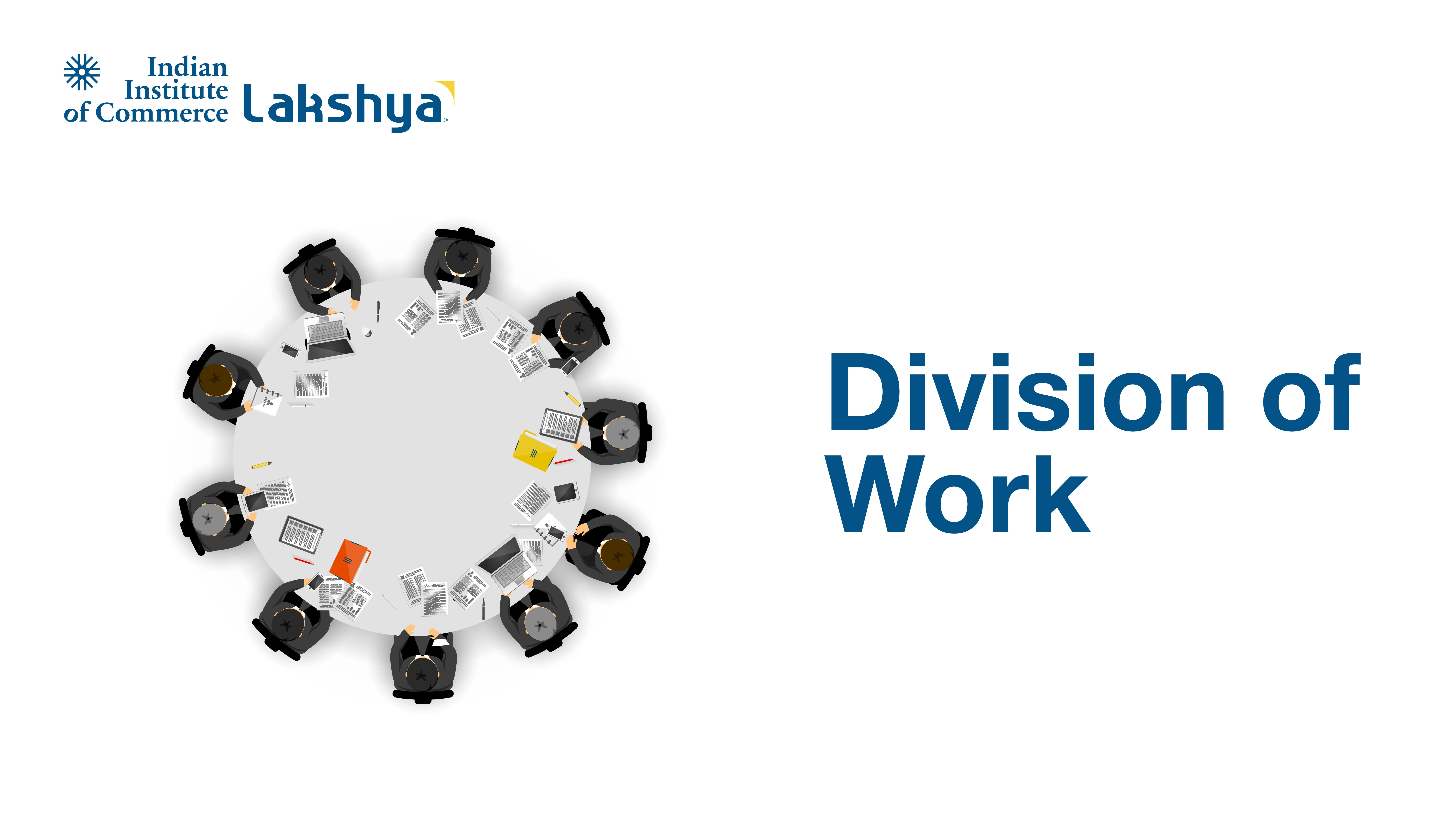
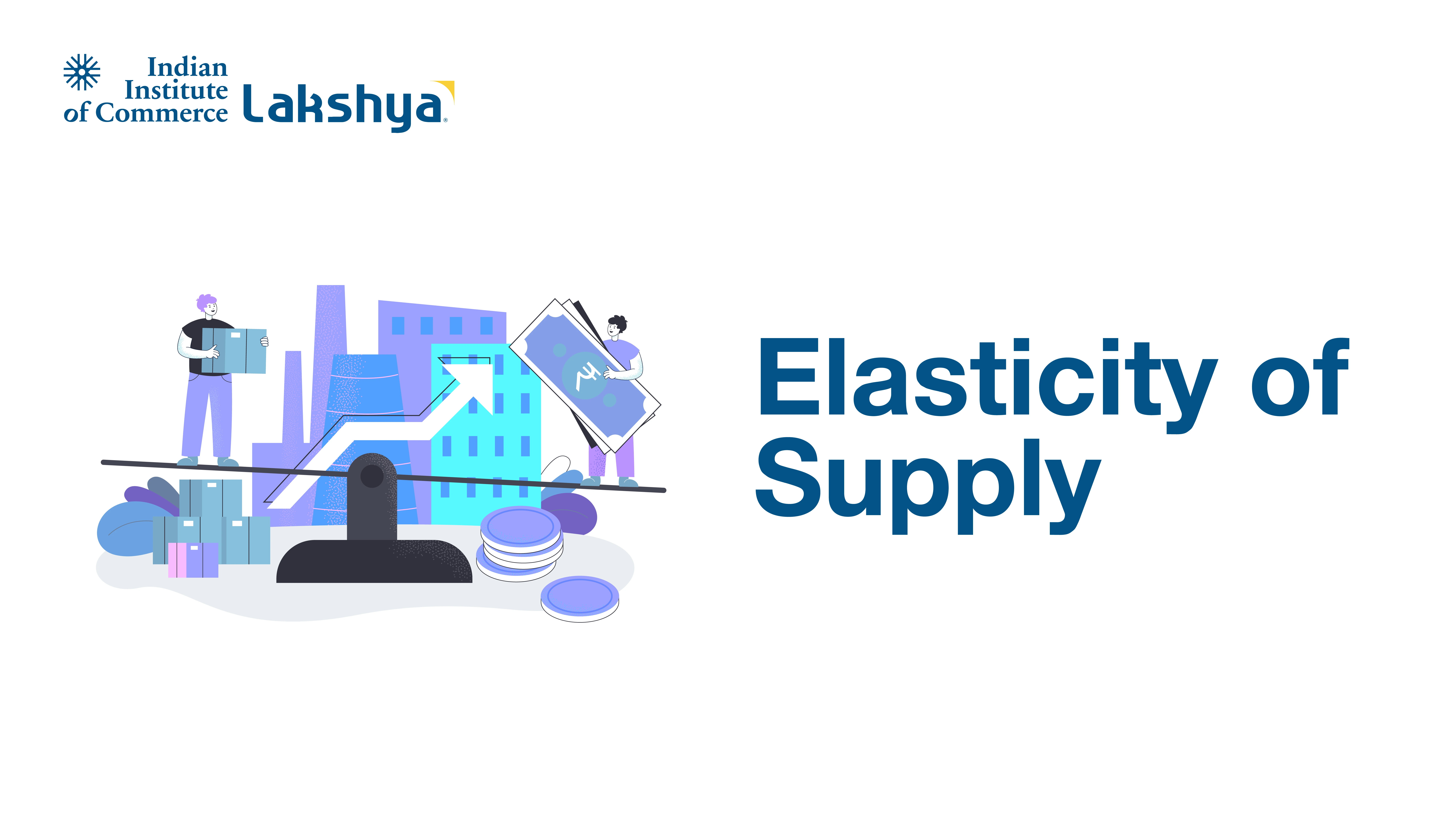

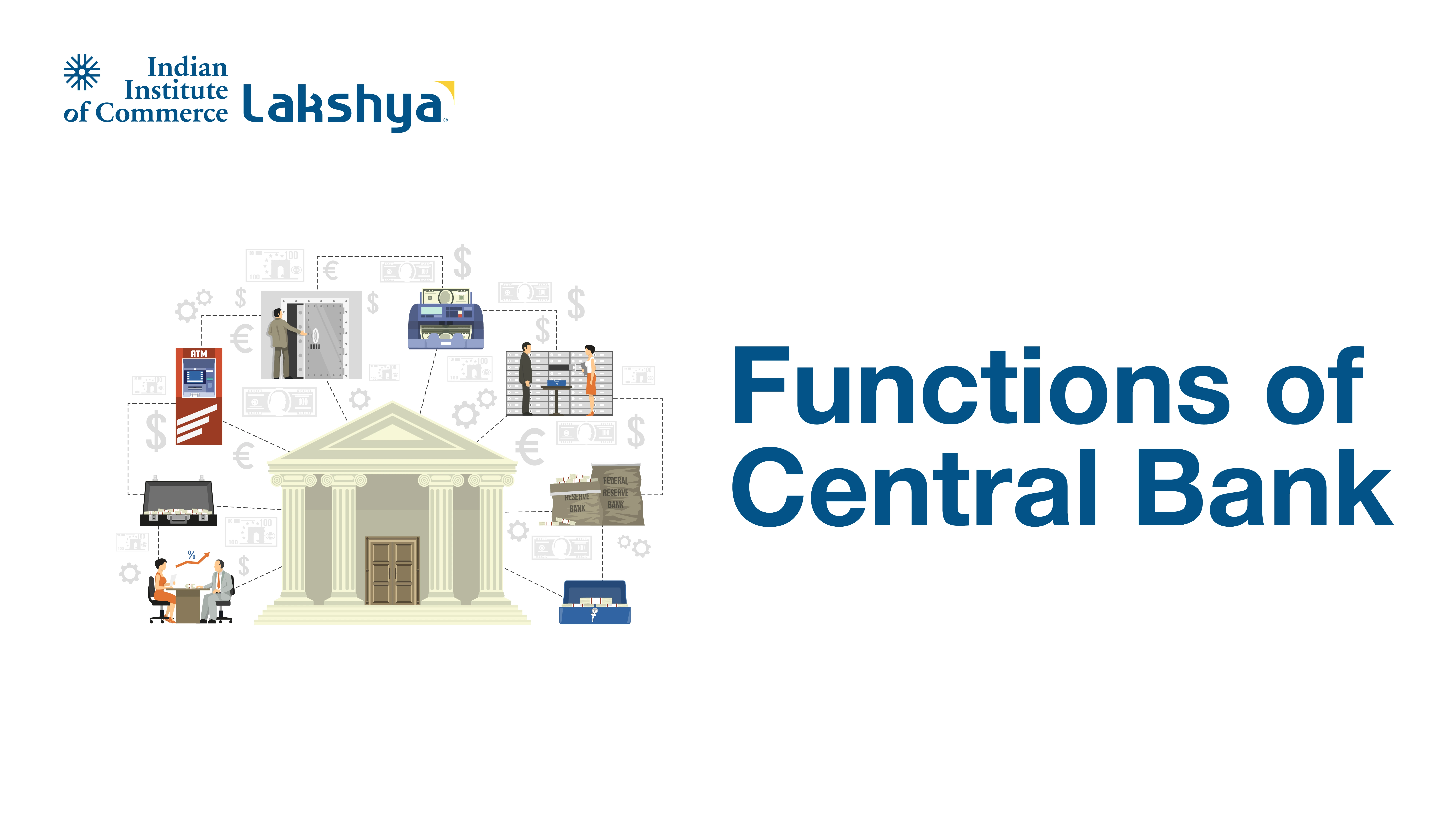

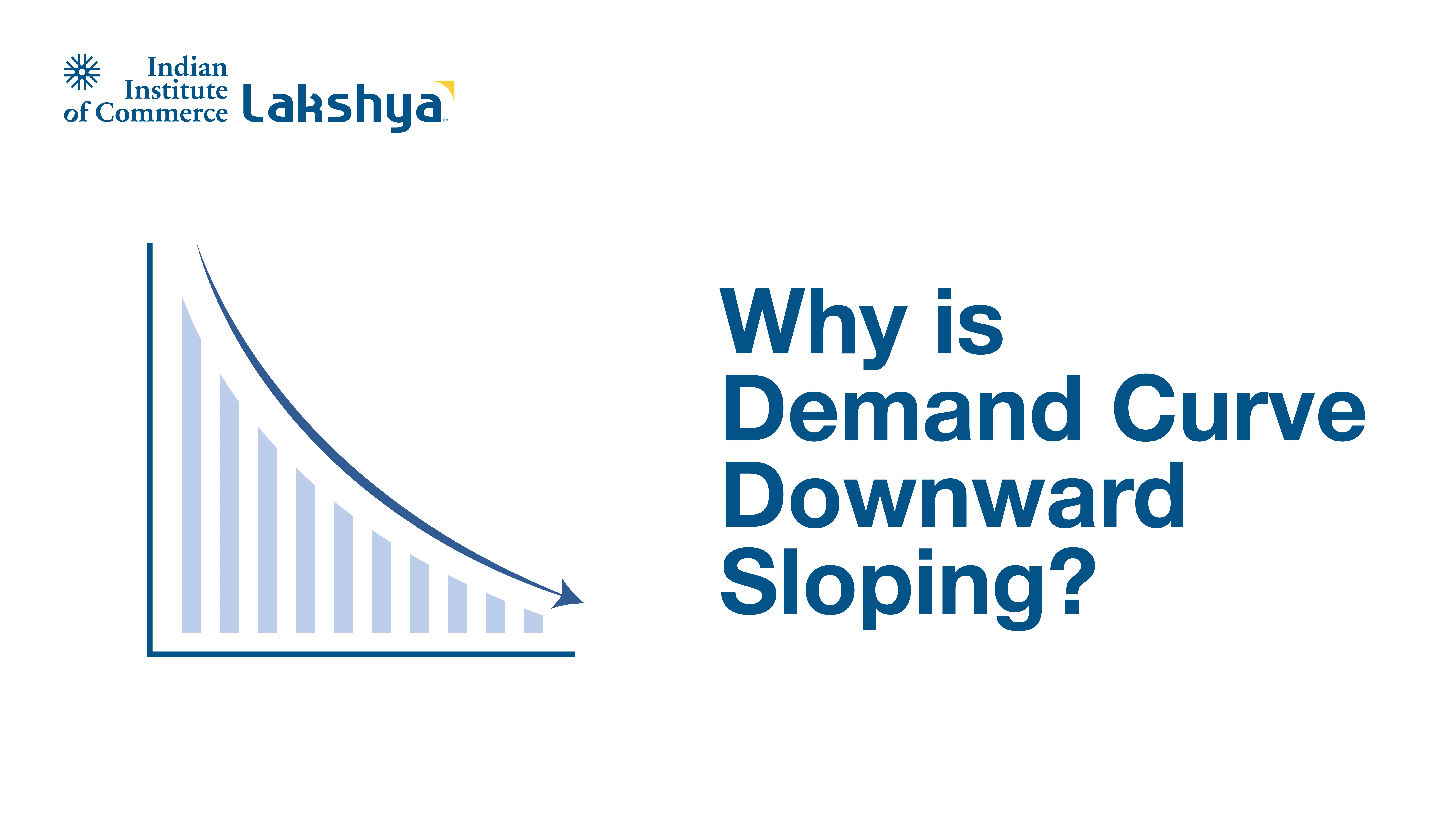

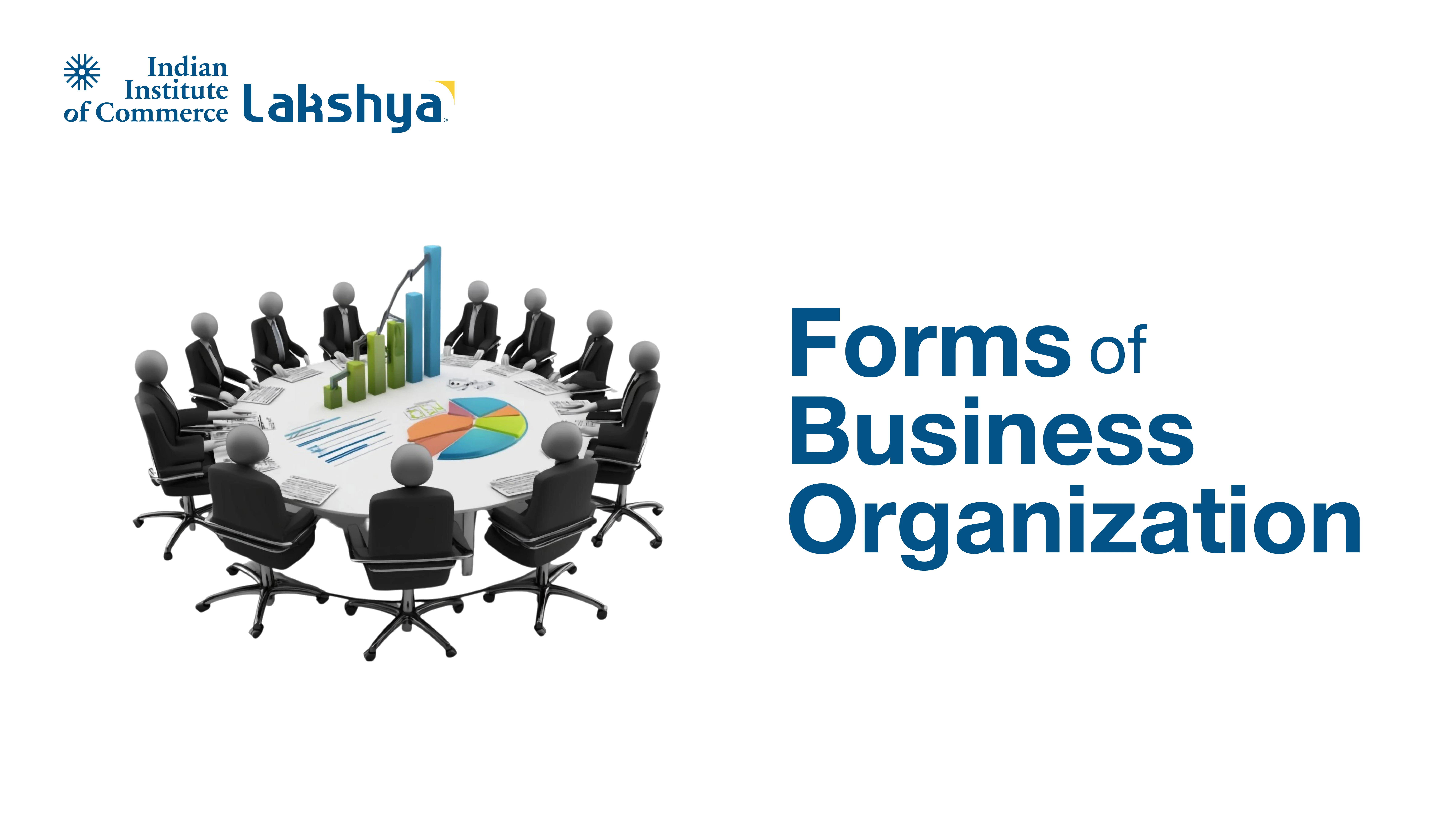
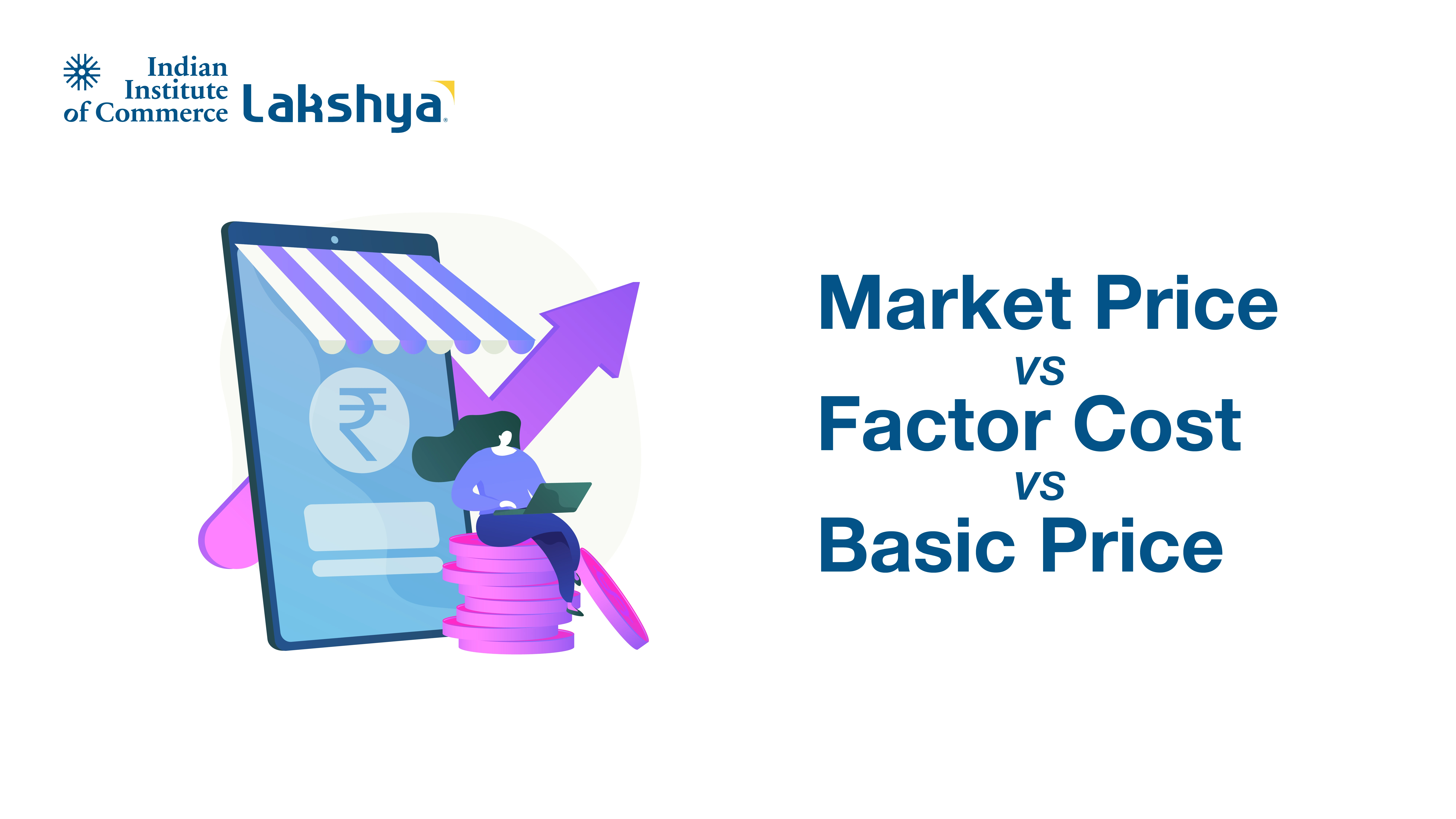


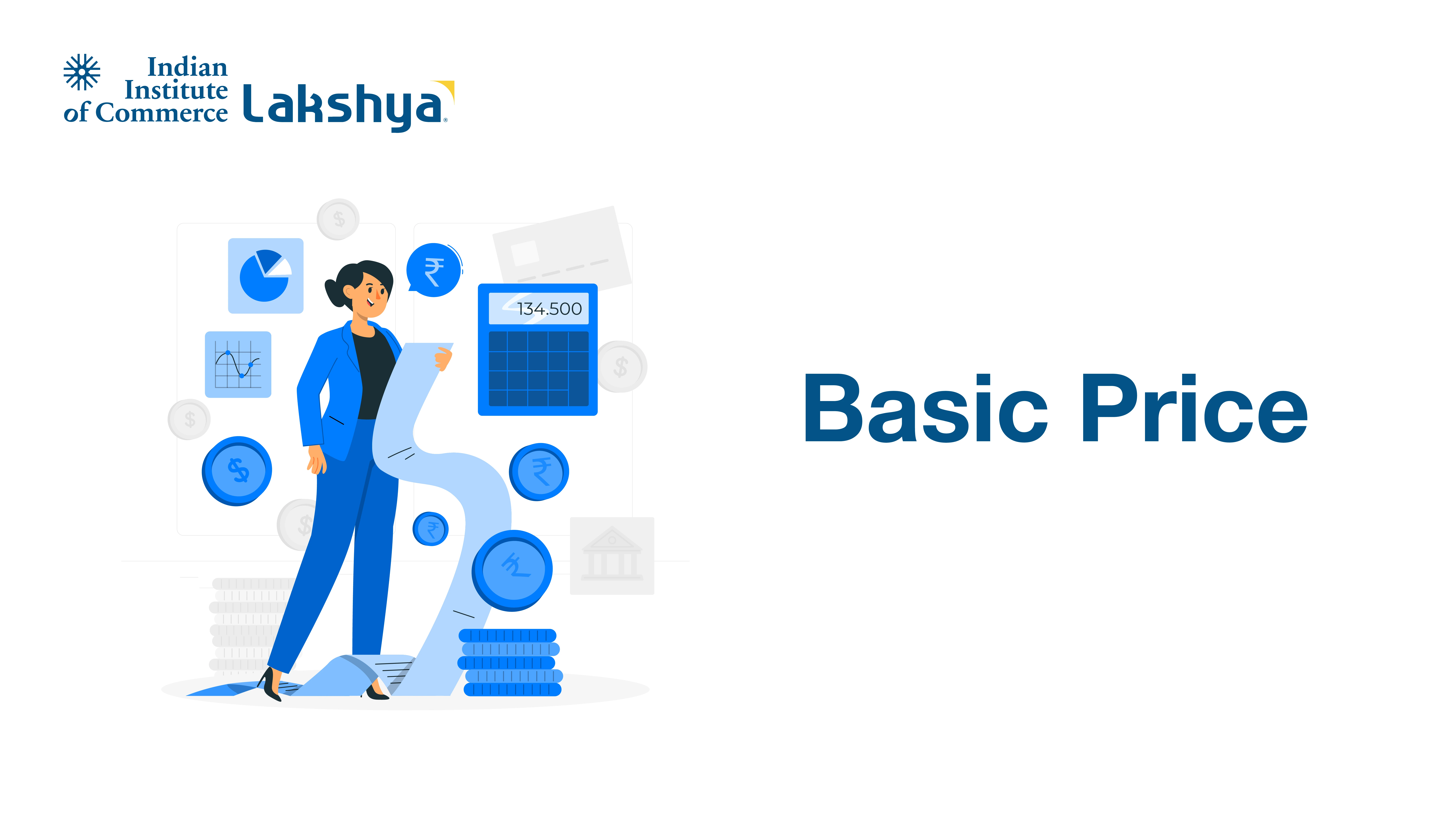

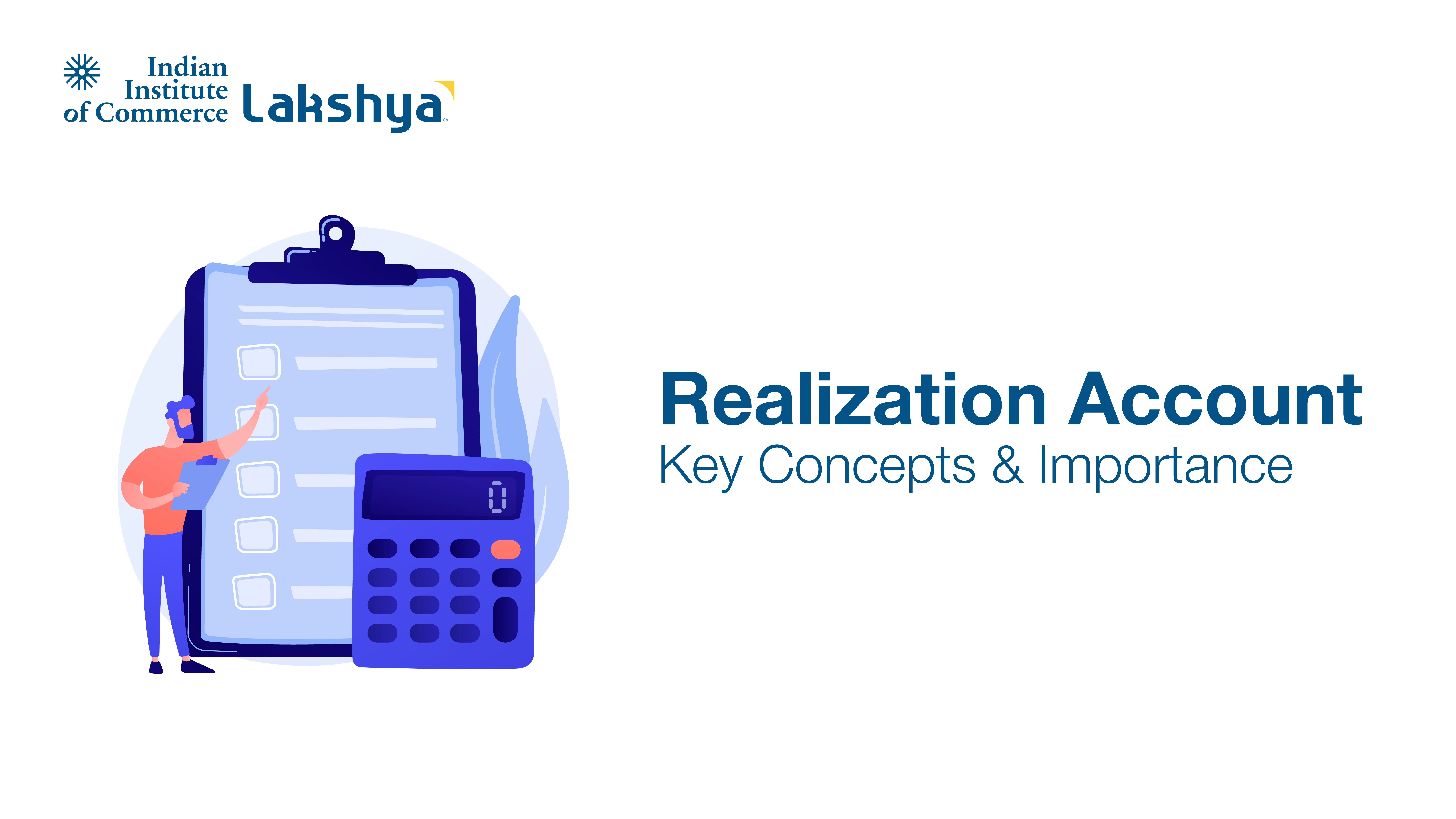
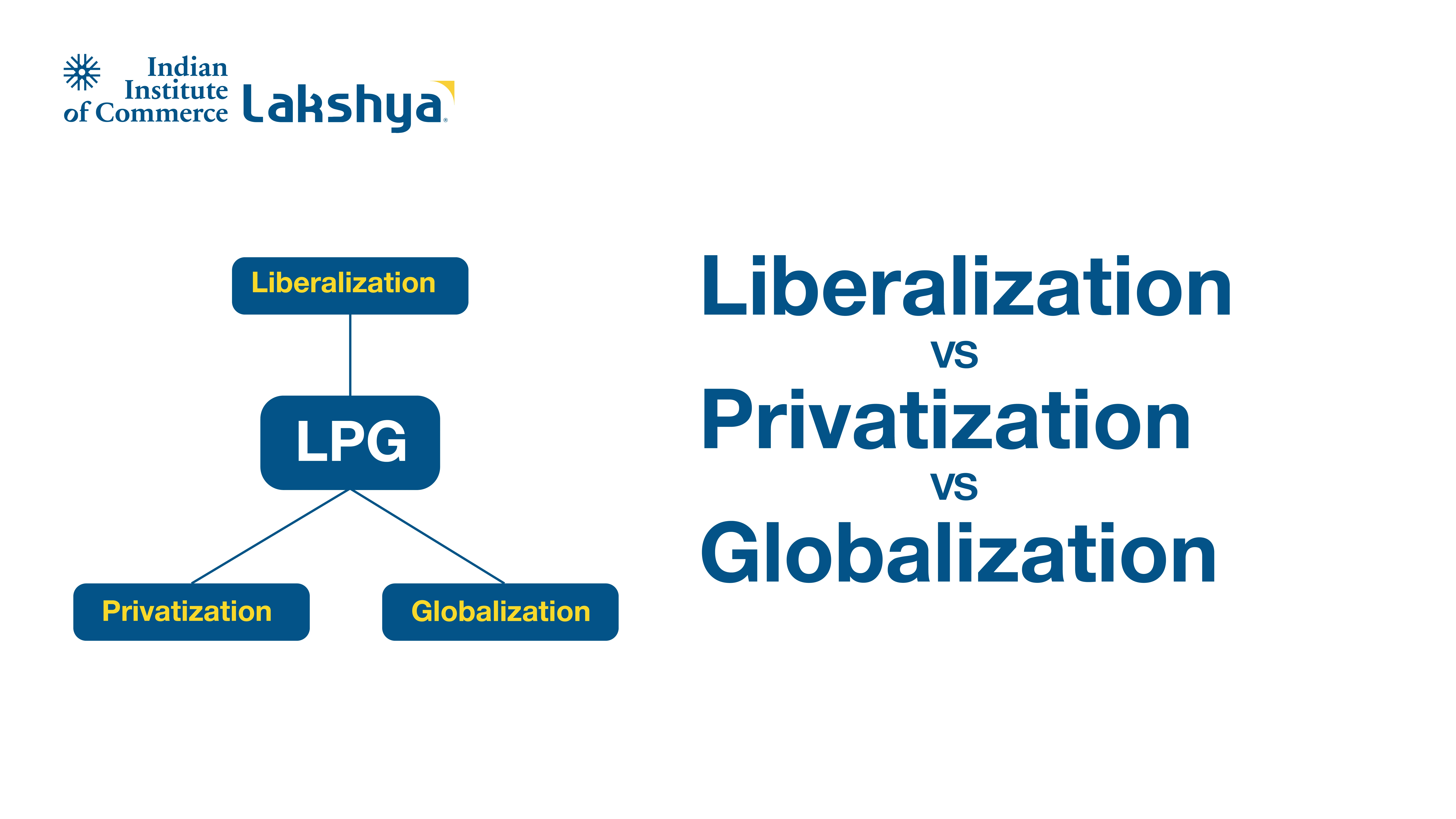







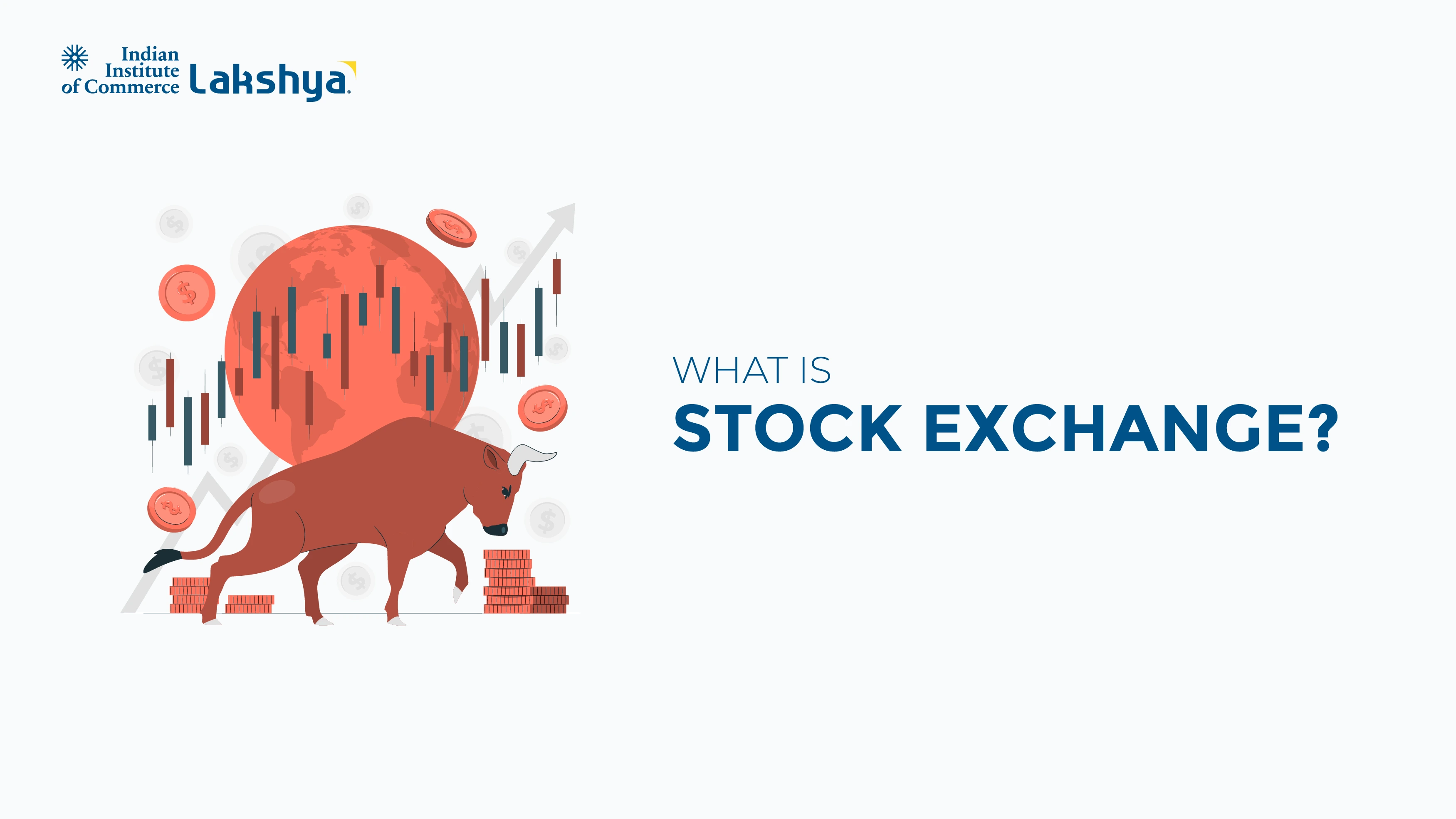

.webp)



